Il ne fait aucun doute que le concept de durabilité est en passe de transformer l’économie mondiale. L’épuisement des ressources de la planète, les bouleversements climatiques, la fracture sociale et économique, l’évolution des préférences de consommation, l’activisme salarial, la multiplication des réglementations et la crise de confiance dans les institutions sont autant de facteurs qui poussent les entreprises à se montrer toujours plus prudentes dans leurs objectifs et dans leurs bénéfices. Et tout cela est bon pour les affaires.
En assumant sa responsabilité sociétale, une entreprise renforce la réputation de sa marque. En effet, les demandeurs d’emploi et les consommateurs d’aujourd’hui cherchent à soutenir les organisations qui défendent des valeurs importantes et qui ont une incidence positive sur la société dans son ensemble. Quant aux investisseurs, ils s’intéressent de plus en plus aux objectifs de développement durable, et en particulier à leur impact social. Enfin, les réglementations concernant les droits humains et l’environnement se développent rapidement. De quoi pousser les PDG et les dirigeants d’entreprises à adopter une approche plus durable.
Les personnes, la planète et la prospérité
Quand vous entendez le mot « durabilité », vous avez peut-être le réflexe de penser au recyclage ou à l’environnement. Mais le concept ne se résume pas à éliminer les bouteilles d’eau à usage unique ou à réduire la consommation des combustibles fossiles. Le développement durable, c’est bien plus que cela. C’est une approche globale qui intègre des aspects sociaux, environnementaux et économiques – en somme, qui implique les personnes, la planète et la prospérité.
Les entreprises sont de plus en plus conscientes de la nécessité de se préoccuper autant de la durabilité sociale, ou durabilité en ressources humaines, que de ses volets économique et environnemental – car ce sont ces trois facteurs indissociables qui soutiennent et stimulent la durabilité de leurs activités. Les personnes sont les éléments constitutifs de la société ; elles exercent un impact sur l’environnement et alimentent l’économie. Elles sont naturellement au cœur de toute stratégie visant à atteindre des objectifs de développement durable. Dans le monde du travail actuel, les RH ont à la fois l’opportunité et la responsabilité de s’assurer que l’humain est au centre des différentes tâches, en créant un environnement propice aussi bien à l’épanouissement des collaborateurs qu’à la prospérité de l’entreprise dans son ensemble.
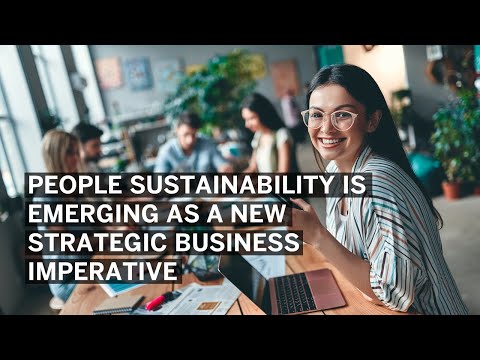
Définir la durabilité sociale
La durabilité sociale repose sur un traitement éthique et équitable des personnes au sein d’une entreprise, de sa Supply Chain et des populations parmi lesquelles elle opère.
La durabilité environnementale et économique implique de préserver et d’utiliser avec prudence les ressources naturelles et financières ; de la même manière, la durabilité sociale nécessite de considérer les personnes et le potentiel humain comme des ressources précieuses, qui doivent être entretenues et valorisées afin de favoriser la résilience, l’agilité et la réalisation d’objectifs pérennes.
Les entreprises qui font de la durabilité sociale une priorité en générant un impact social et en créant une culture plus diversifiée et inclusive sont mieux à même de stimuler l’implication et la productivité de leurs collaborateurs. Elles sont également mieux placées pour attirer et retenir les talents. Penny Stoker, responsable des talents internationaux chez EY, nous explique en quoi la durabilité sociale est centrale dans la construction d’un monde du travail meilleur.
Identifier les six piliers de la durabilité sociale
L’équipe de recherche en RH SAP SuccessFactors a identifié six domaines qui forment les piliers de la durabilité sociale. Bien que ces piliers soient distincts les uns des autres, on peut bien entendu identifier des recoupements. Et au centre de tout, il y a évidemment la notion de culture, qui détermine tant de comportements à l’intérieur d’une entreprise aussi bien qu’en dehors. Intéressons-nous à ces piliers, sous l’angle des RH et des processus de gestion du personnel.

Santé et sécurité
A minima, vous devez garantir la sécurité physique de votre personnel, le protéger contre les risques et subvenir à ses besoins de base. Votre processus d’intégration offre-t-il aux nouvelles recrues une formation et un équipement de sécurité appropriés dès le premier jour ? Avez-vous une bonne visibilité sur l’ensemble de vos collaborateurs, et notamment sur l’endroit où ils se trouvent ? Savoir qui sont vos salariés et où ils sont, à tout moment, vous permet de réagir rapidement en cas de crise et de proposer une assistance si nécessaire.
Diversité, équité et inclusion
En la matière, il s’agit de garantir à chaque individu un traitement juste et équitable, quels que soient son identité sociale et son système de croyances, de telle sorte qu’il en retire un sentiment authentique d’appartenance. Êtes-vous en mesure d’attirer et de recruter des demandeurs d’emploi issus de milieux divers ? Disposez-vous d’un processus de sélection et d’entretien standardisé ? Votre système de rémunération est-il transparent ? Avez-vous mis en place des métriques et un suivi des objectifs en matière de diversité, d’équité et d’inclusion ?
Bien-être et équilibre
Au-delà des impératifs de santé et de sécurité de base, il s’agit de prioriser le bien-être global (psychologique, social, financier et professionnel) de vos collaborateurs en mettant à leur disposition les outils et les ressources pertinents. Proposez-vous un ensemble complet d’avantages avec des options attrayantes ? Vos collaborateurs sont-ils suffisamment en confiance pour être pleinement eux-mêmes au travail ? Encouragez-vous une culture du dialogue permanent entre les responsables et leurs équipes ?
Confiance et transparence
Dans ce domaine, il importe que les collaborateurs puissent s’exprimer, comprendre comment sont prises les principales décisions qui les concernent, et être certains que leur entreprise agit de manière éthique. Écoutez-vous régulièrement vos collaborateurs et tenez-vous compte de leurs retours ? Avez-vous mis en place des règles et des processus garantissant l’utilisation éthique des technologies intelligentes ainsi que la confidentialité et la protection des données ? Vos métriques de diversité sont-elles publiées et accessibles à tous ?
Autonomie et développement personnel
Vos collaborateurs doivent bénéficier d’informations claires, du soutien et des outils nécessaires pour développer leurs compétences et agir sur leur parcours professionnel. Proposez-vous des options de formation inclusives pour répondre aux besoins et aux préférences d’un personnel diversifié ? Veillez-vous à ce que les responsables transmettent des retours équitables et exploitables à leurs équipes ? Offrez-vous un accès équitable aux opportunités de développement ?
Objectif organisationnel et RSE
Dans ce dernier domaine, l’entreprise s’efforce activement de rendre ce qu’elle reçoit et d’exercer un impact positif sur le monde ; ses collaborateurs sont encouragés à s’impliquer et se sentent galvanisés par la mission et les valeurs du groupe. Veillez-vous à ce que les objectifs individuels soient alignés sur ceux de l’entreprise afin de donner du sens au travail accompli ? Donnez-vous à vos collaborateurs la possibilité de s’adonner à leurs passions ?
Que peuvent faire les entreprises pour favoriser la durabilité sociale ?
Aujourd’hui, dans la plupart des entreprises, différents acteurs mènent ce genre d’initiatives sans trop connaître les stratégies des autres ni mettre en place de collaborations. Cela dit, il faut bien commencer quelque part. La première étape, en toute logique, consiste à déterminer où vous en êtes. Disposez-vous d’une stratégie unifiée, au moins dans certains des domaines évoqués plus haut ? Entamez des discussions et lancez-vous dans l’élimination des silos organisationnels.
Accordez la priorité aux personnes. Les progrès pour la planète et la prospérité suivront. C’est cela, être une entreprise résiliente, orientée sur les résultats et sur les personnes. Une entreprise qui n’est pas seulement parée pour répondre aux besoins de gestion d’aujourd’hui, mais qui saura s’adapter à ceux de demain.
Pour en savoir plus, regardez une rediffusion du discours d’ouverture SuccessConnect « Libérez toute la puissance du potentiel humain et transformez définitivement le monde du travail ».
_____________________________________________________________________________
Kim Lessley est directrice mondiale du marketing des solutions chez SAP SuccessFactors.
The post Renforcer les résultats clés d’une entreprise grâce à la durabilité sociale appeared first on SAP France News.
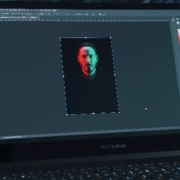

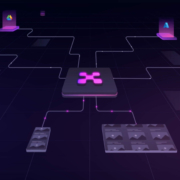
 It’s the start of a new year, and product designers are already launching thousands of new apps, tools, and resources.
It’s the start of a new year, and product designers are already launching thousands of new apps, tools, and resources.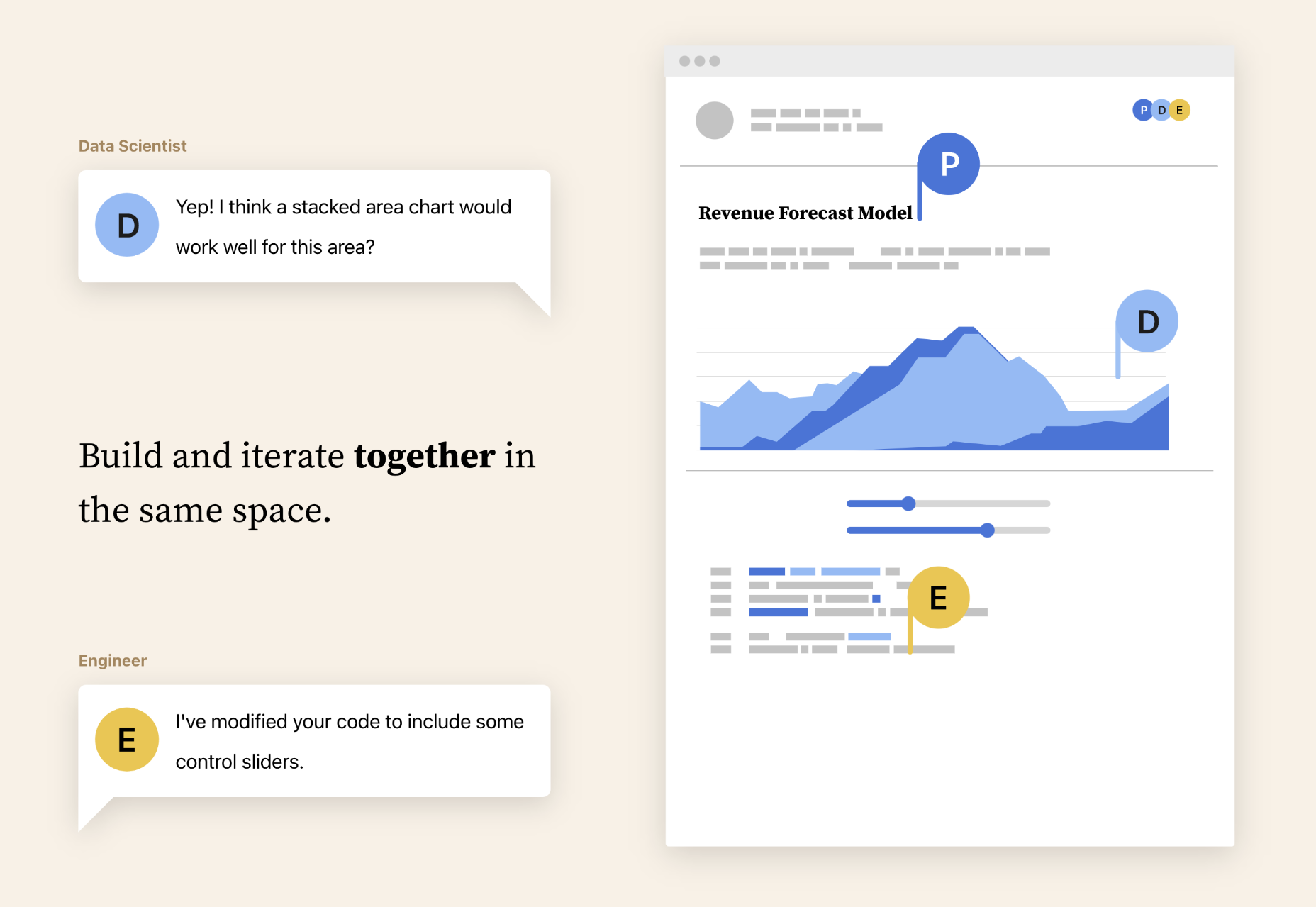
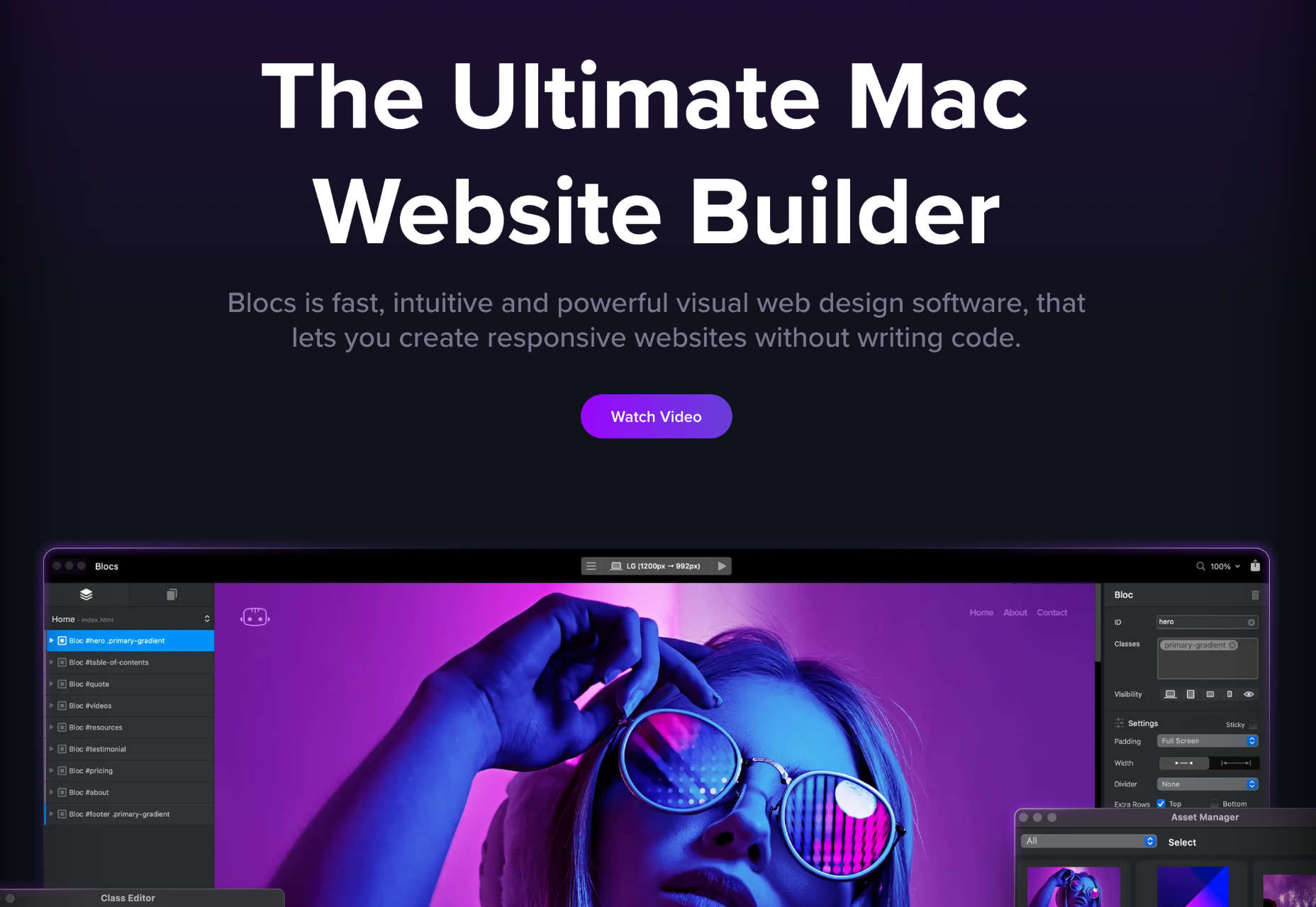
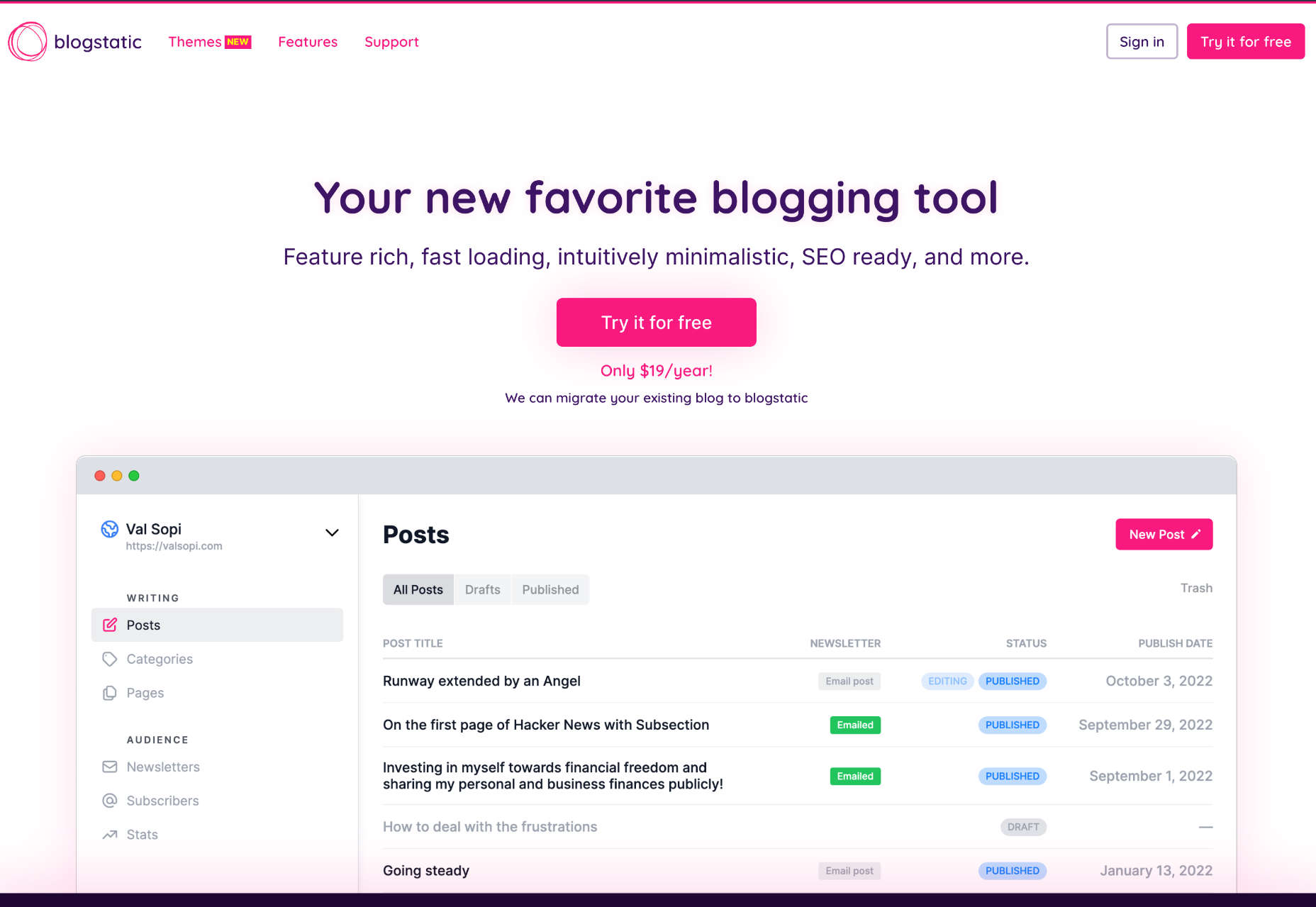
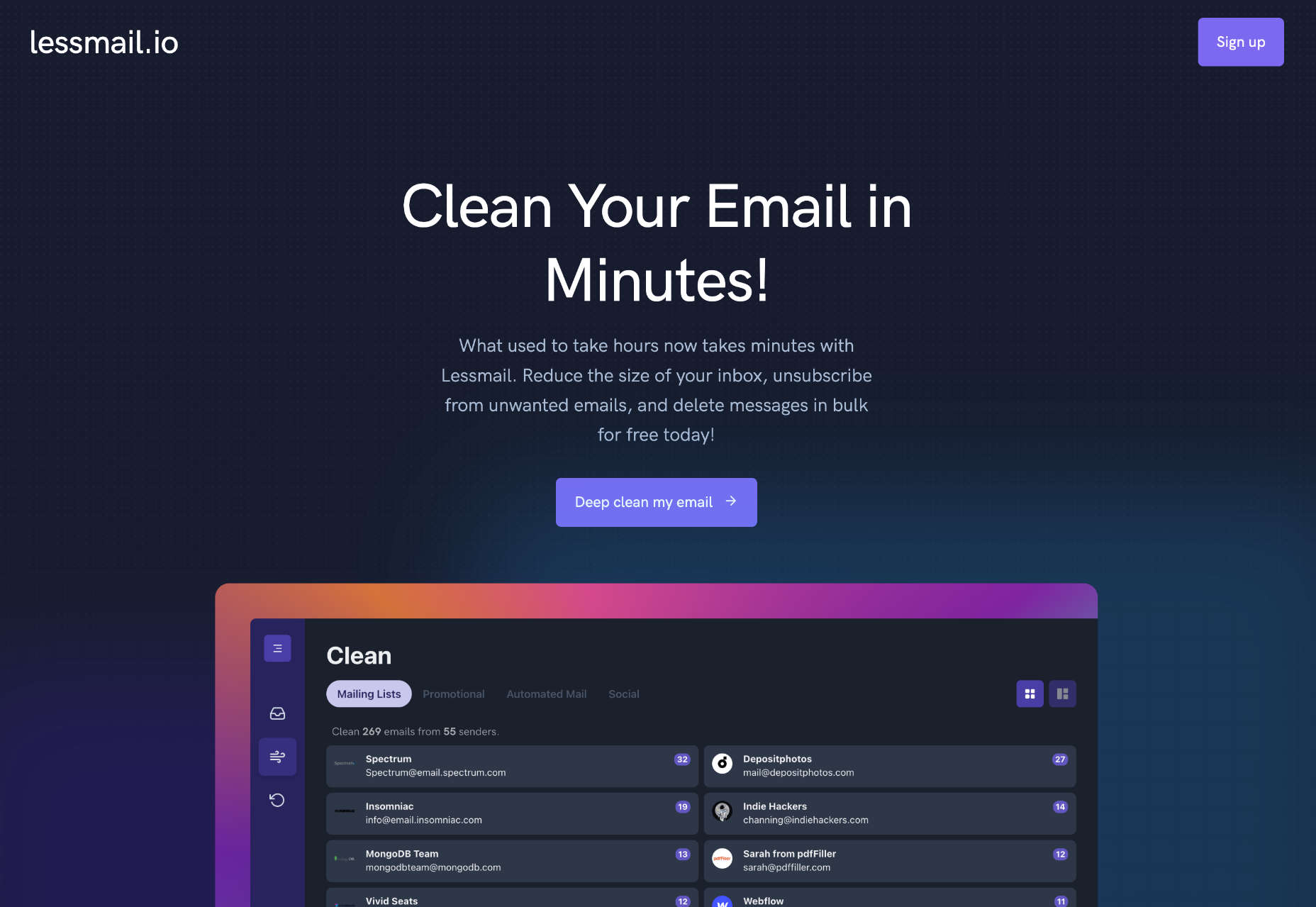
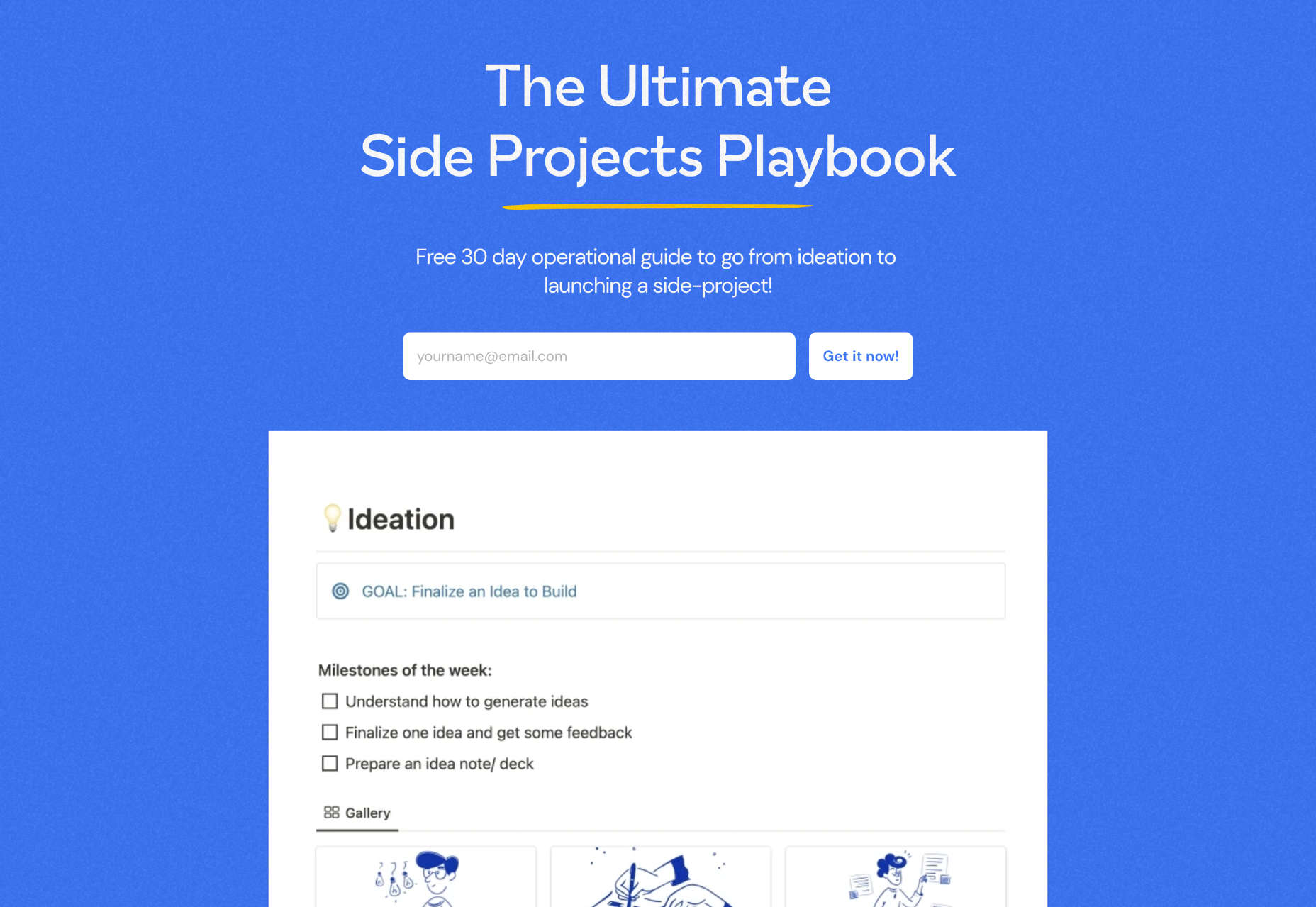
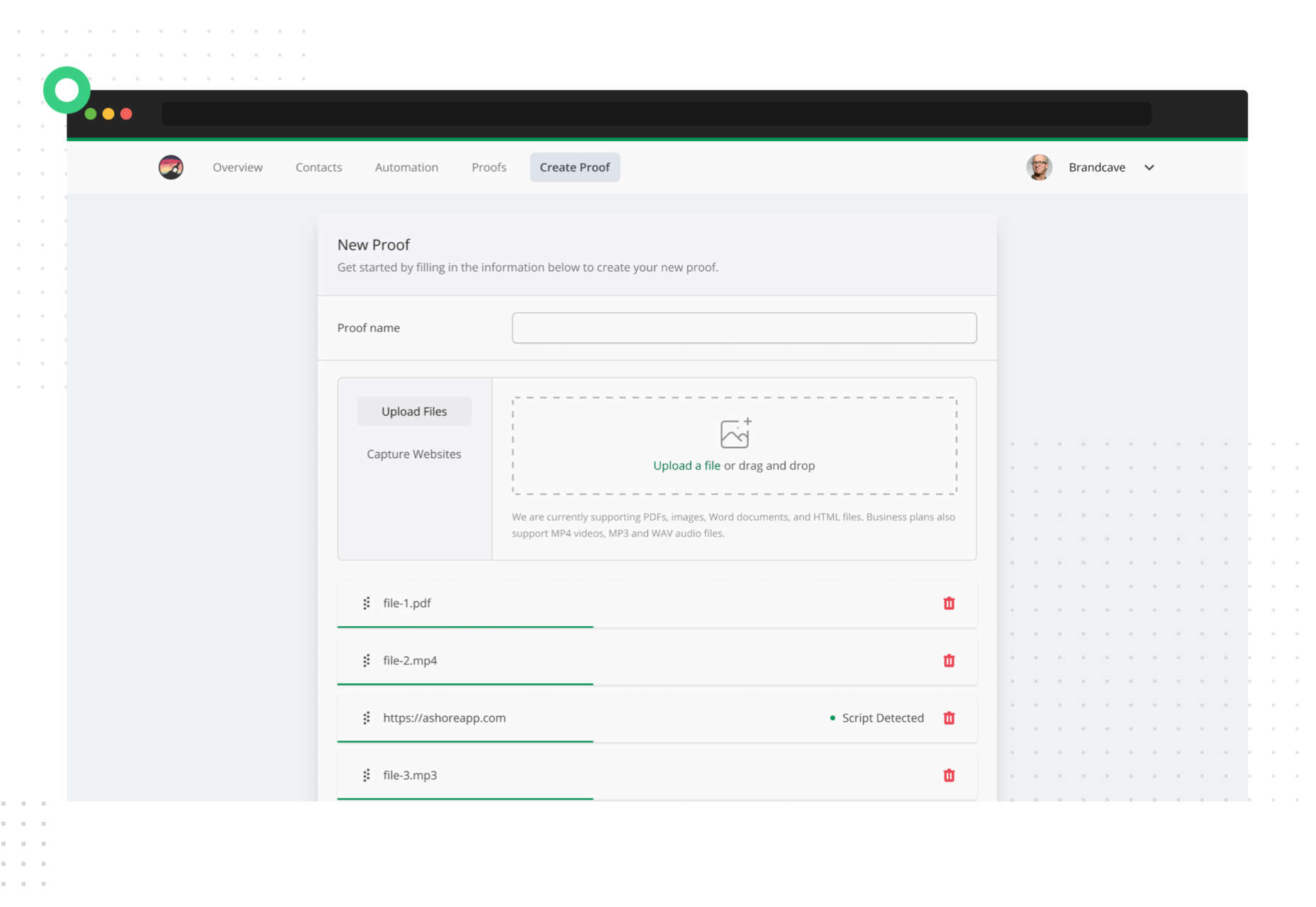
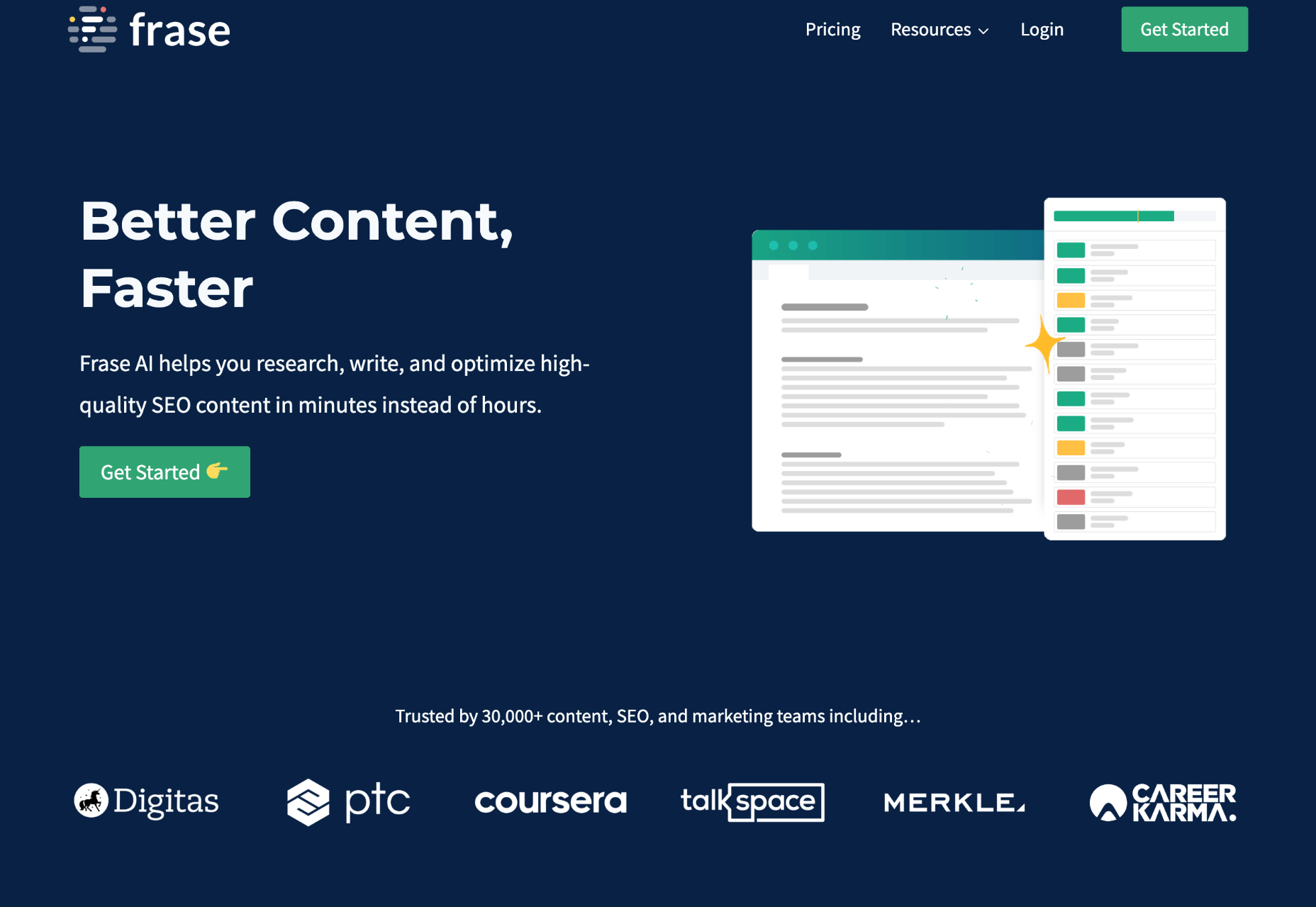
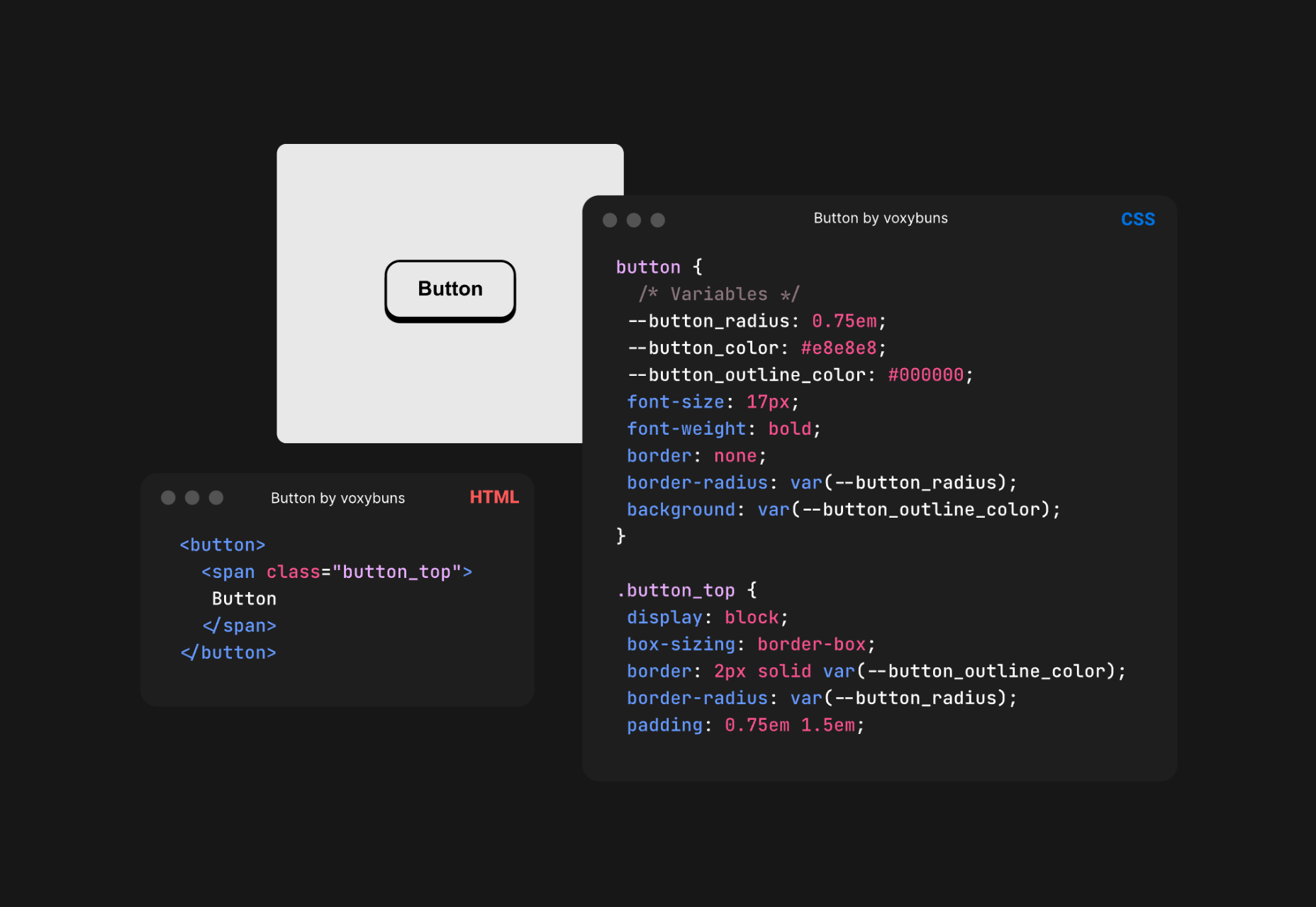
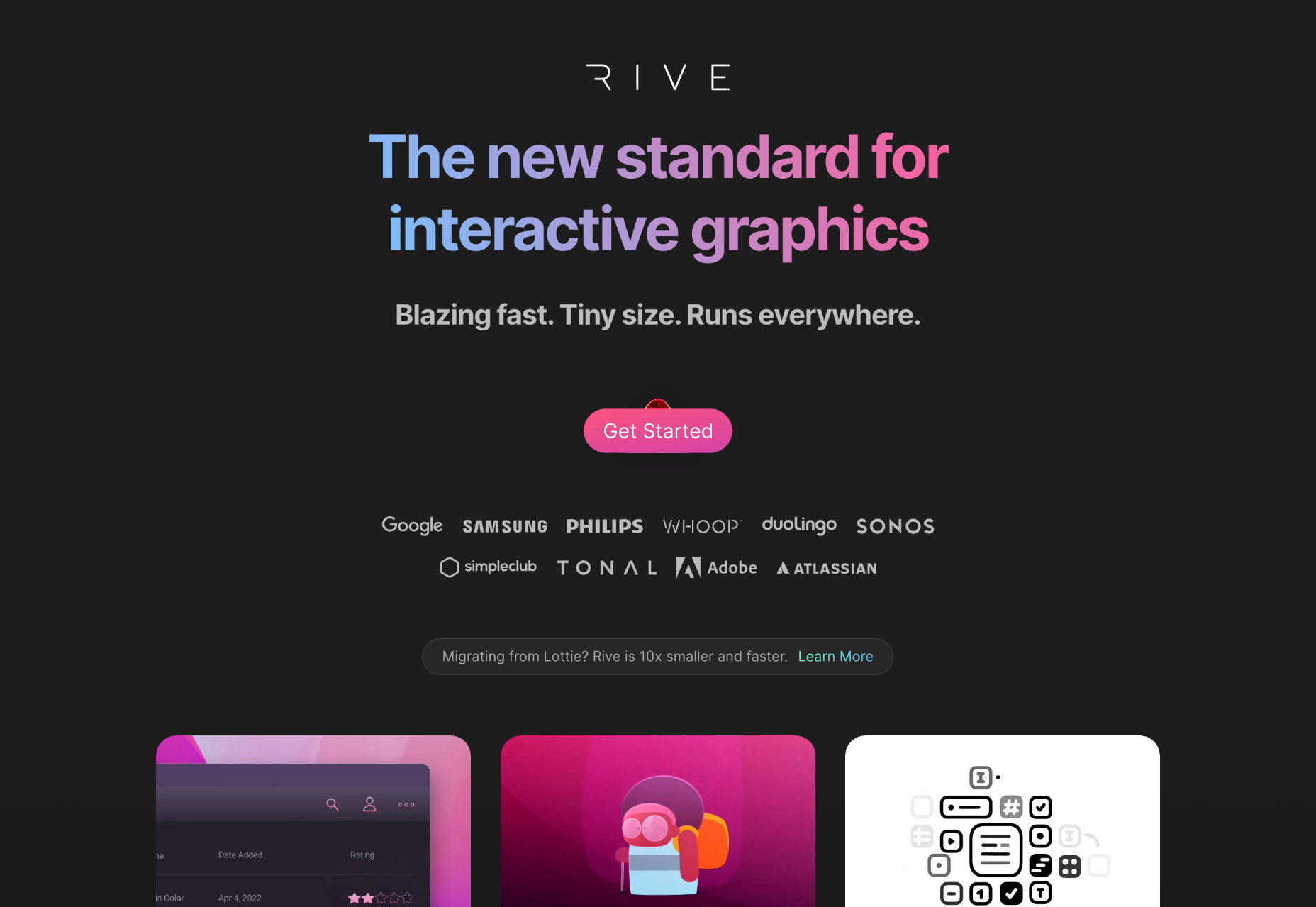
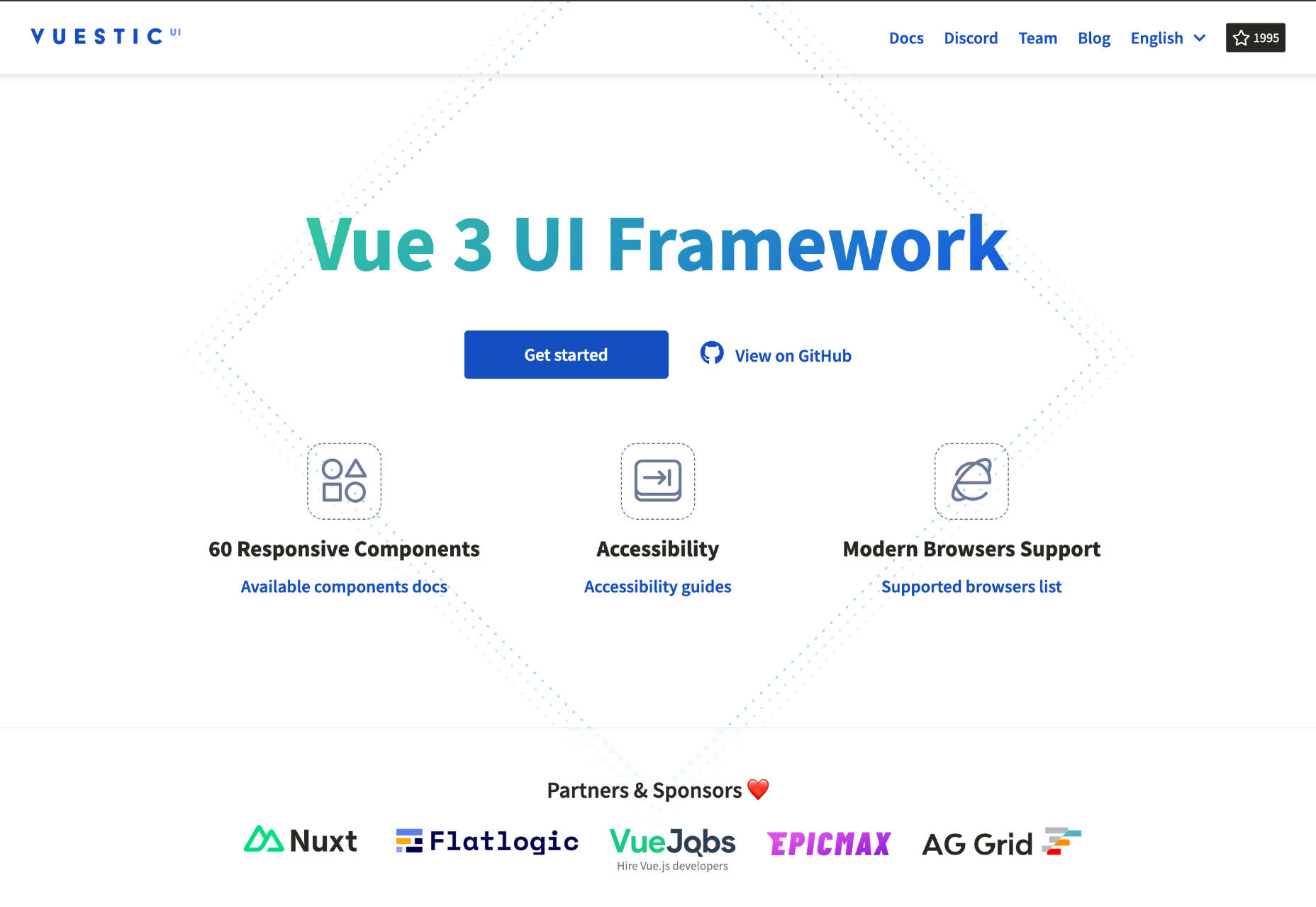
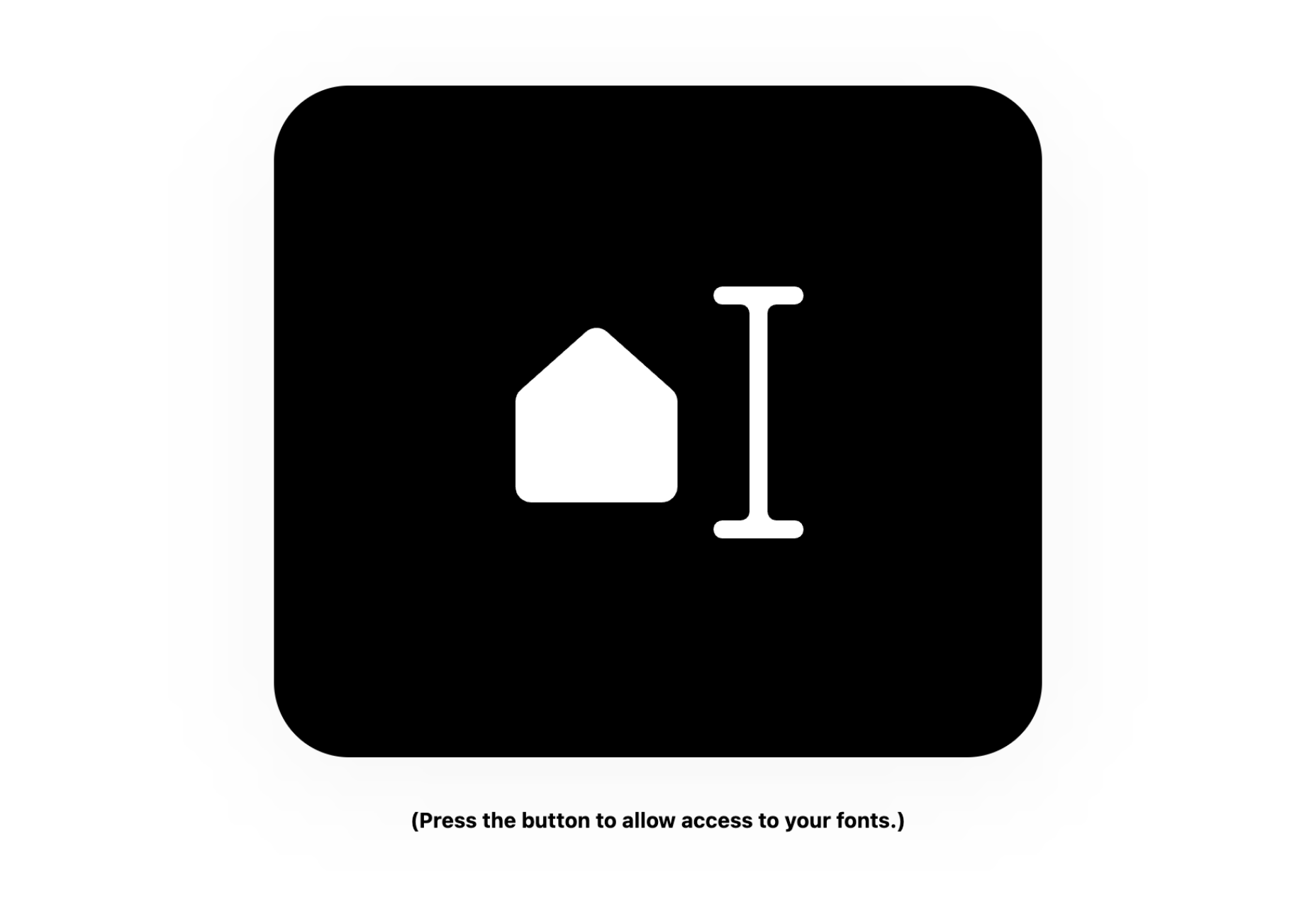
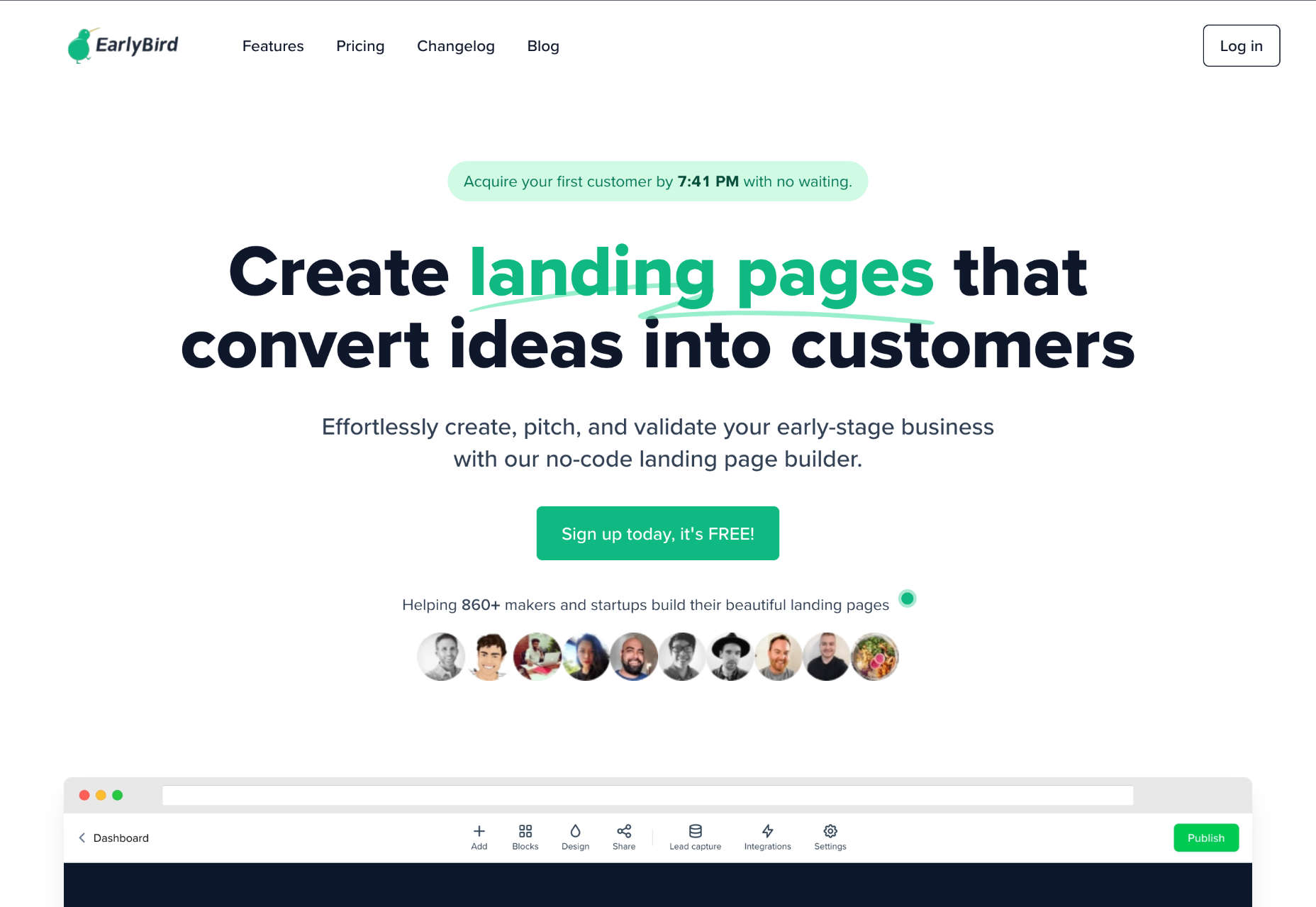
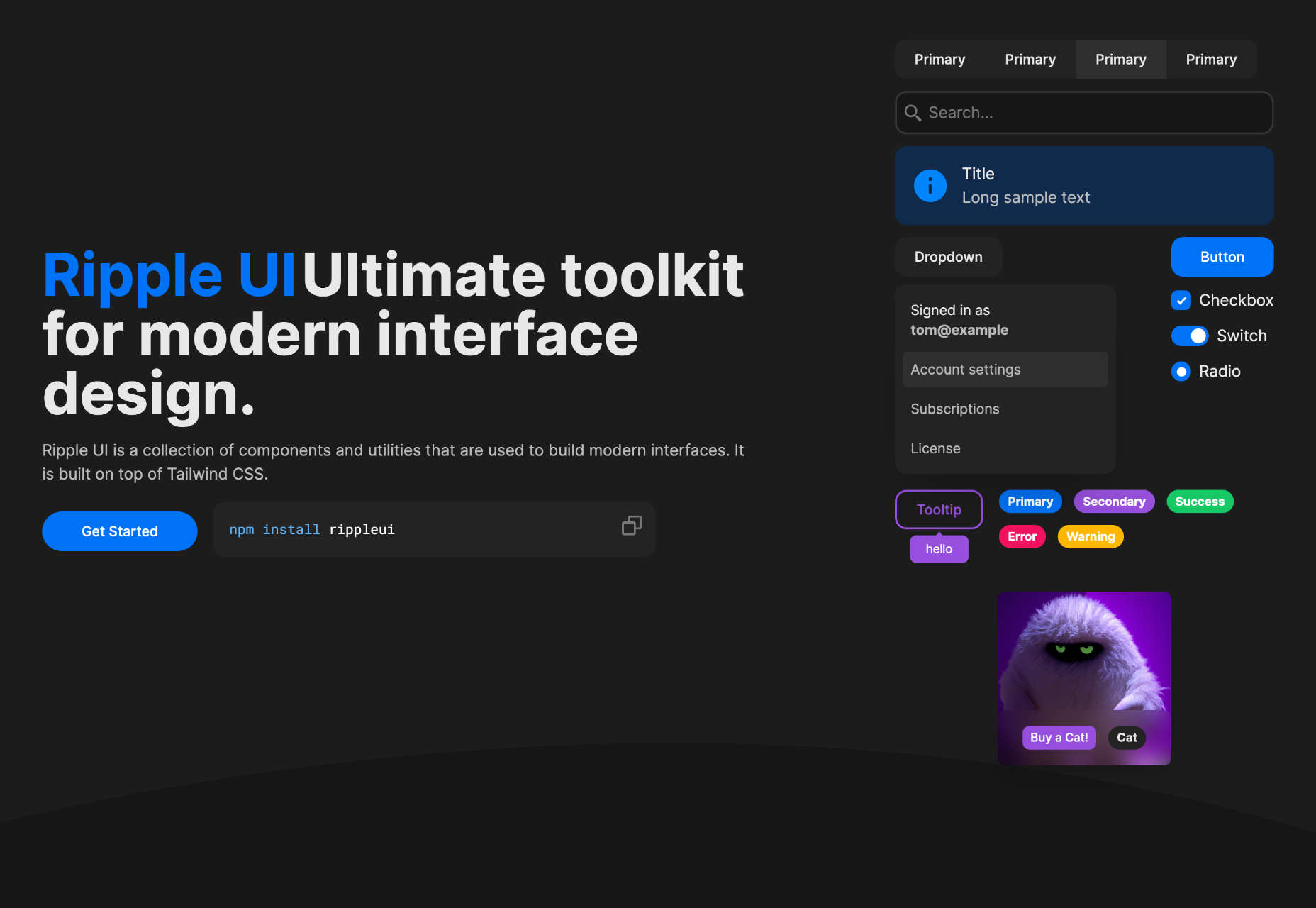
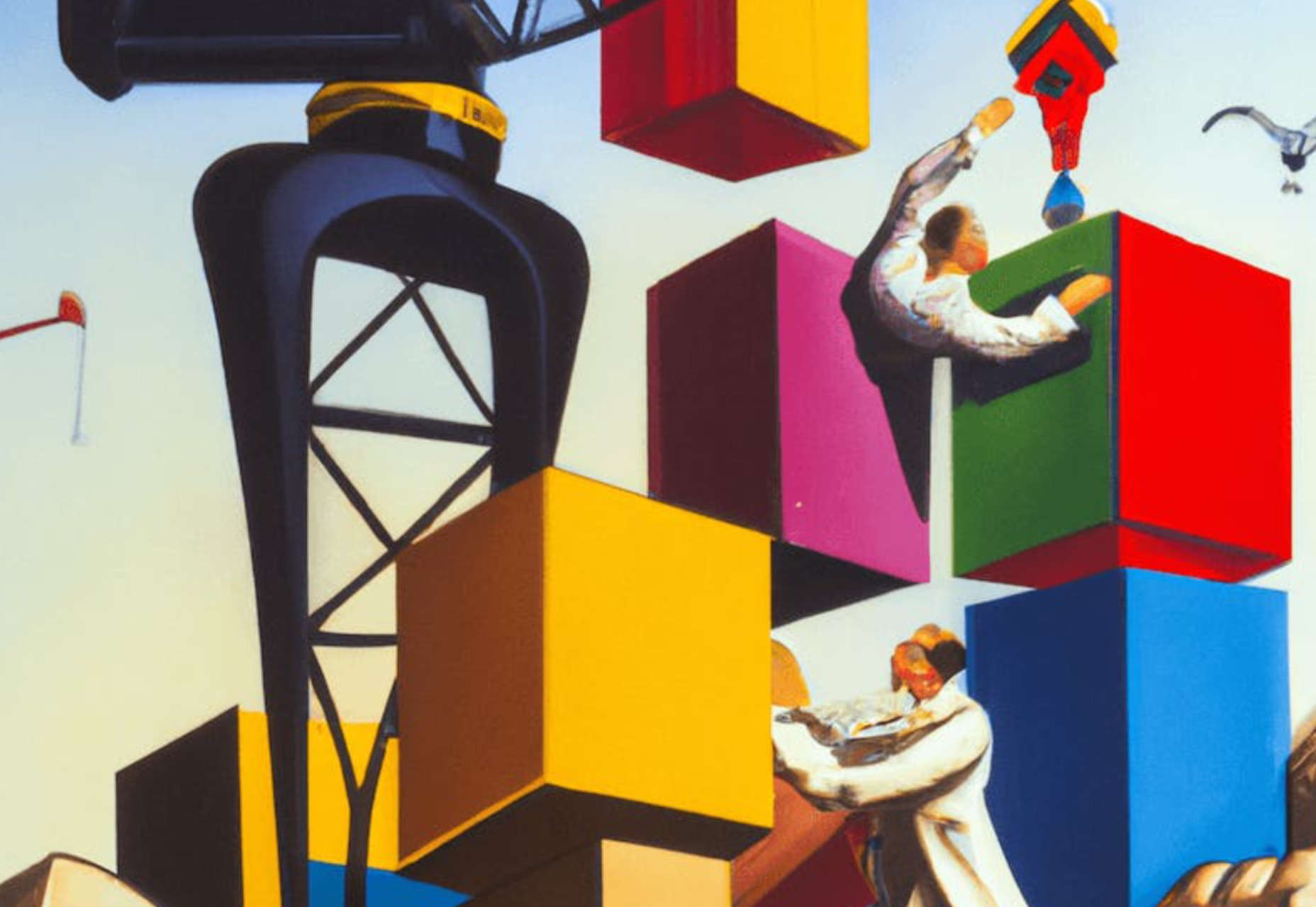
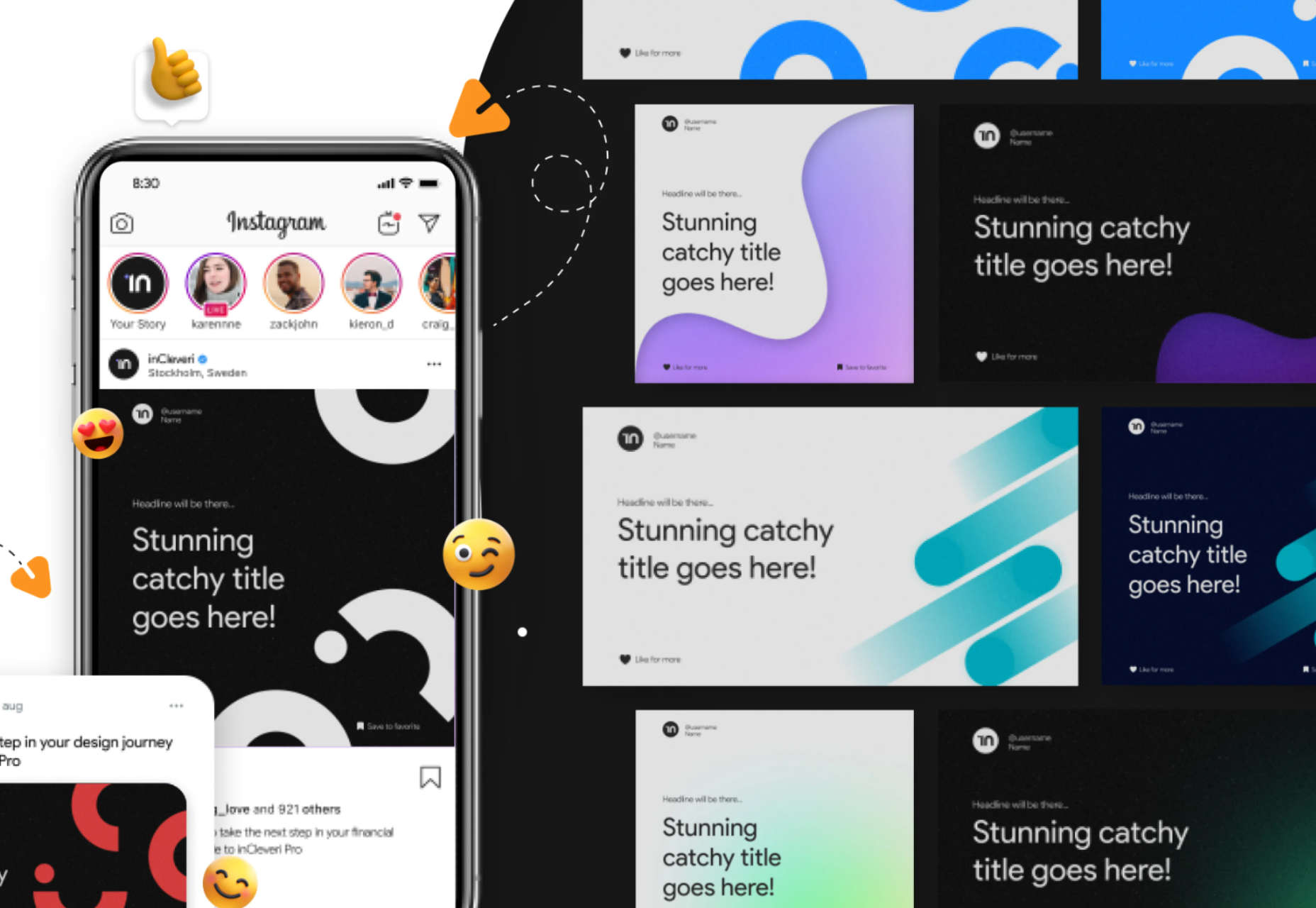
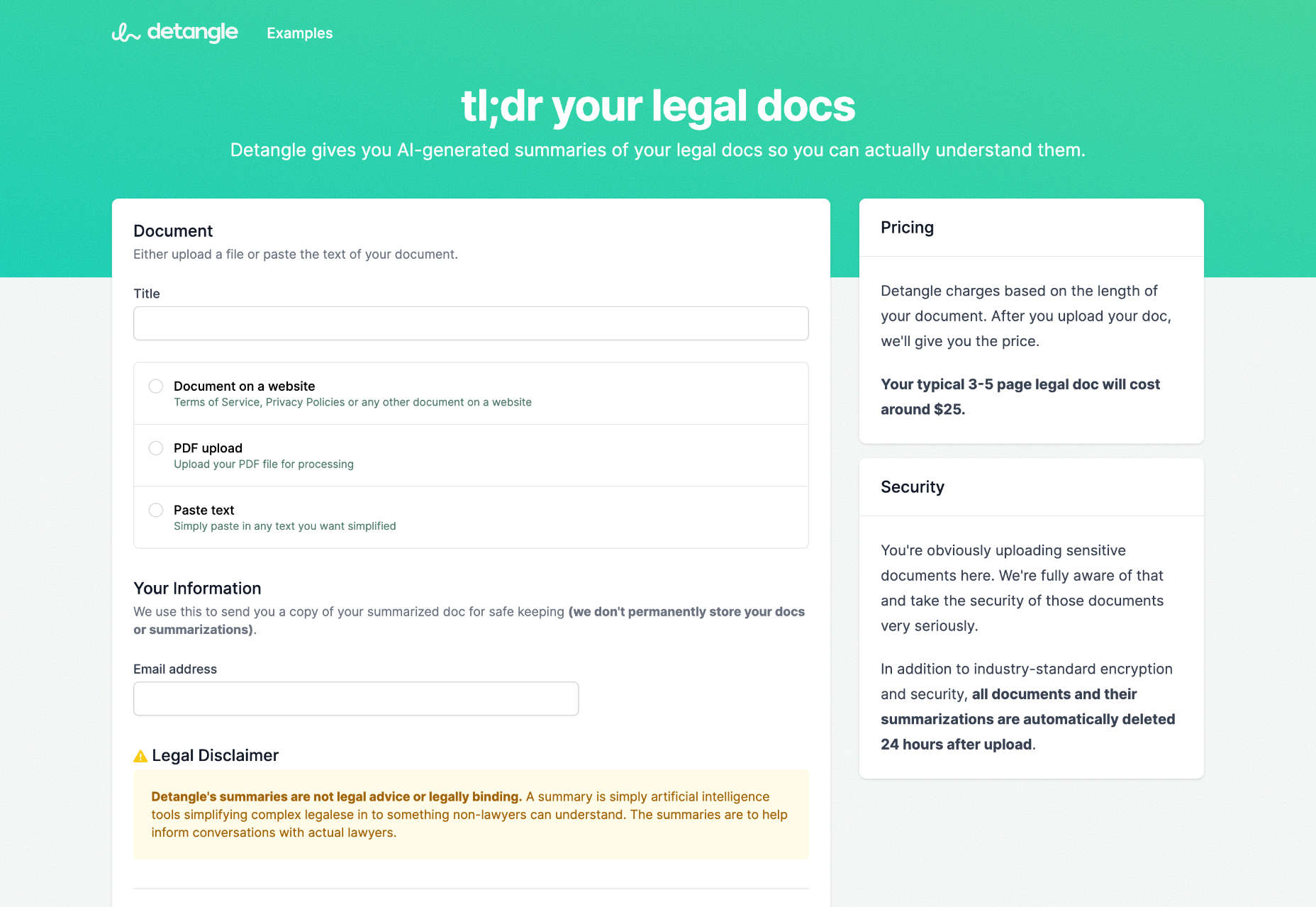
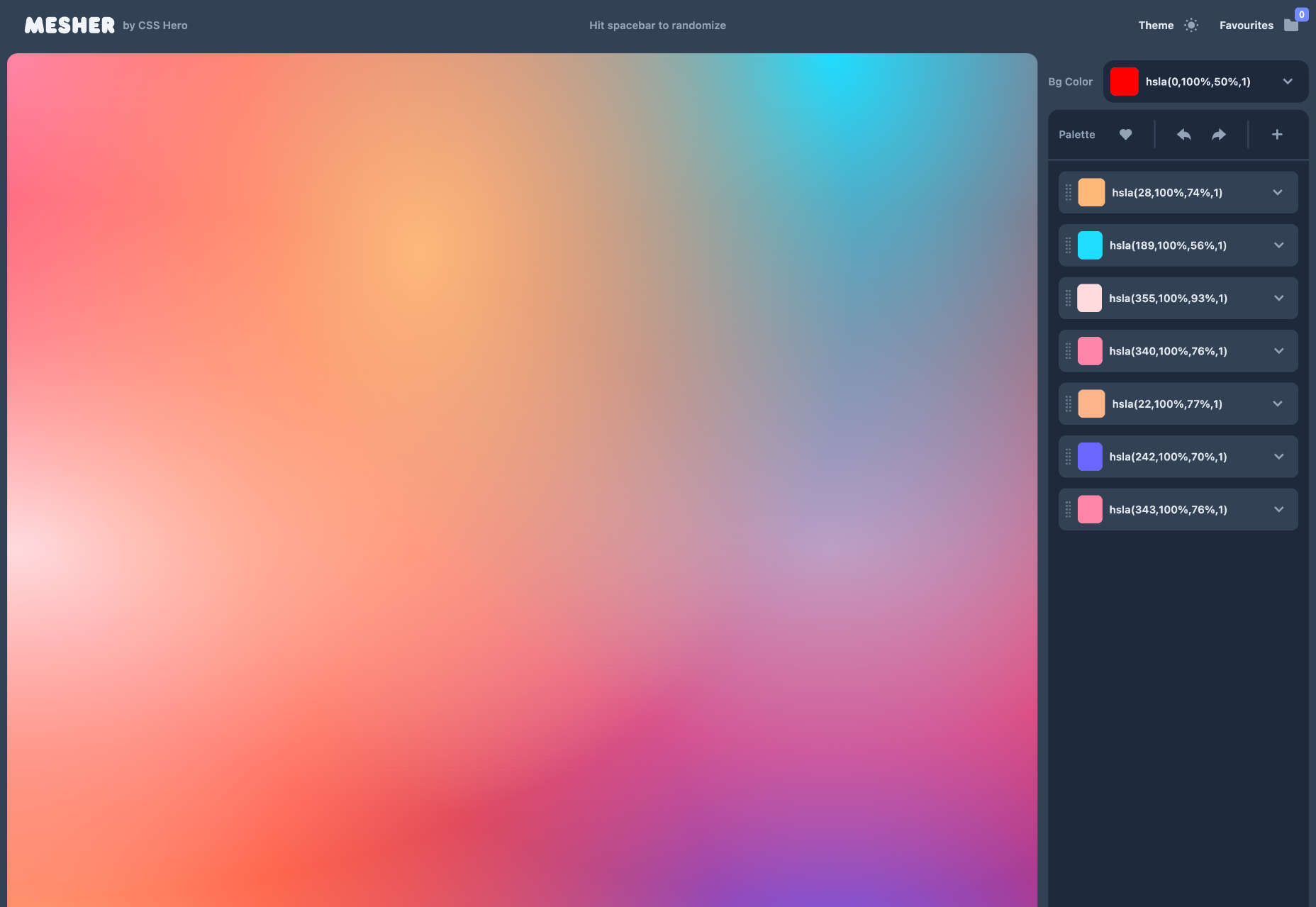
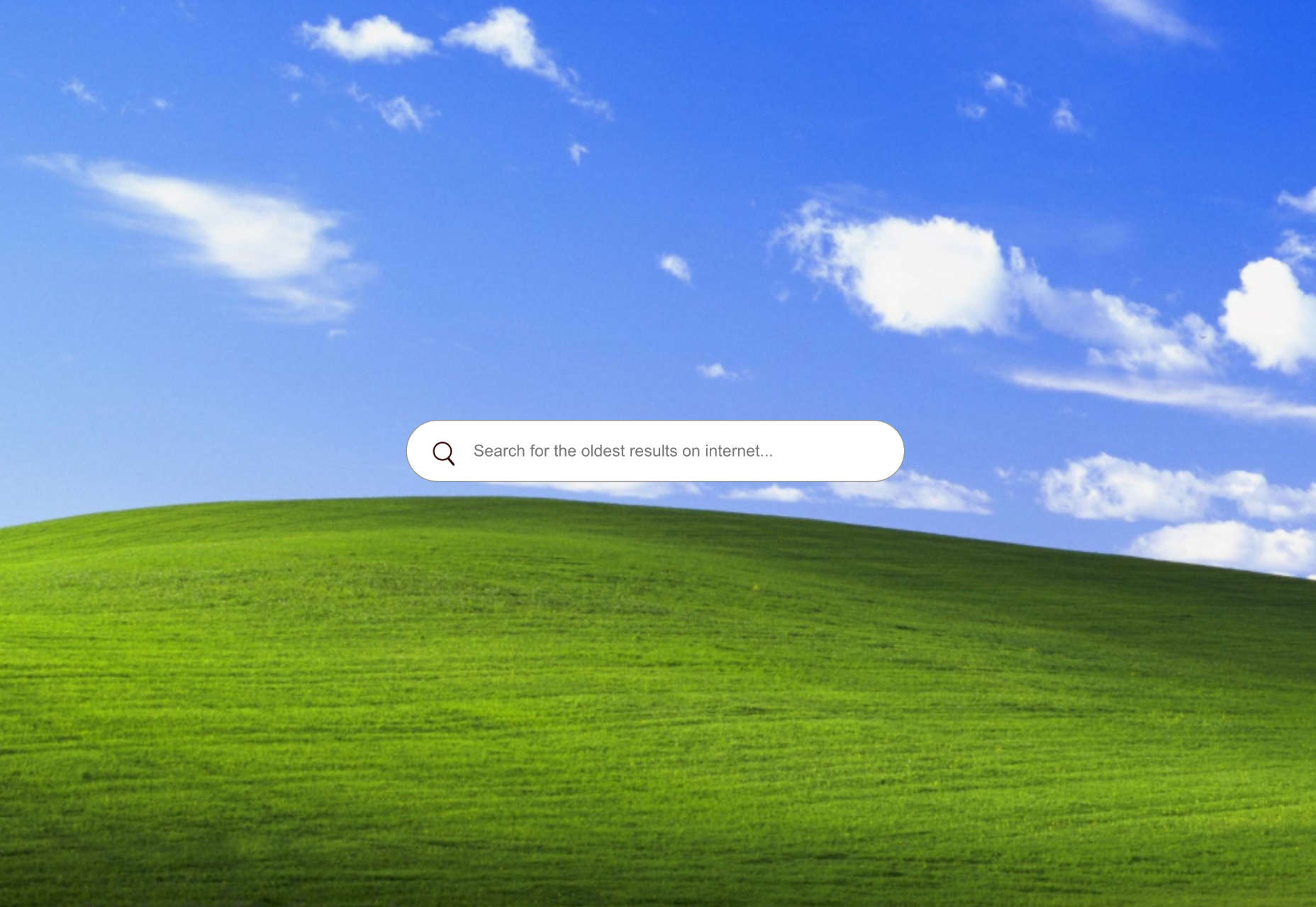
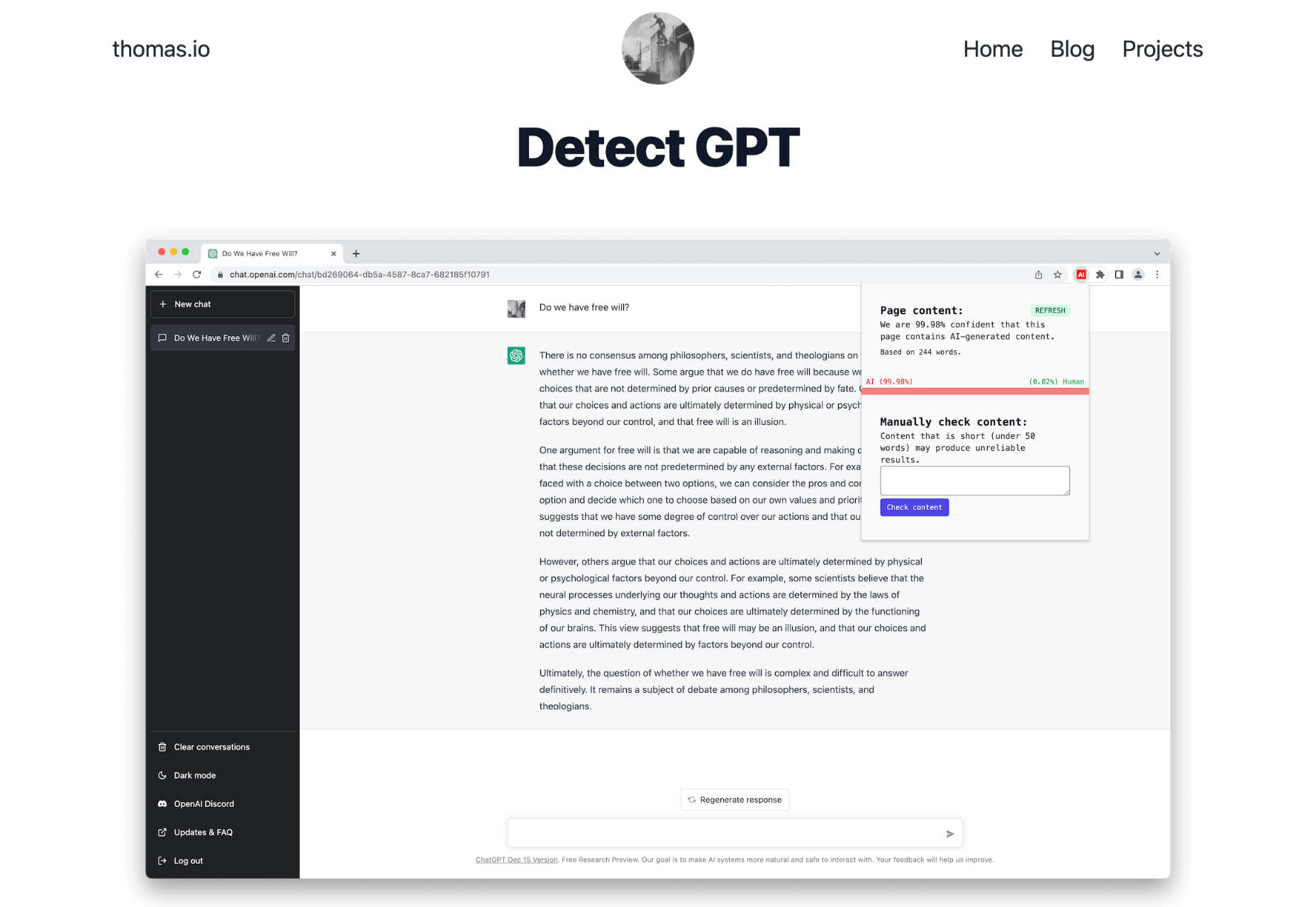
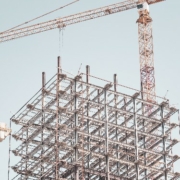


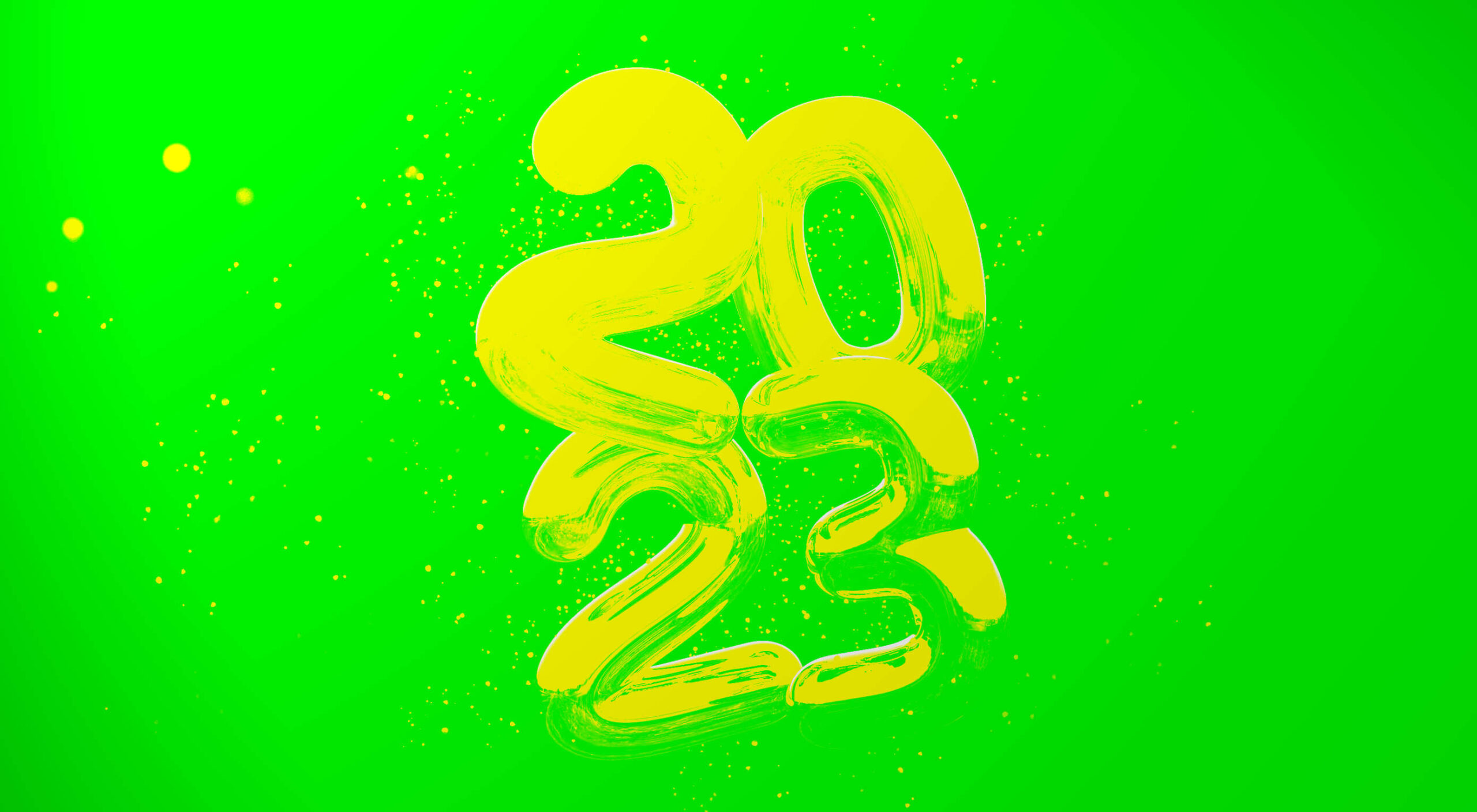 Welcome to our annual guessing game of what the next twelve months will bring.
Welcome to our annual guessing game of what the next twelve months will bring.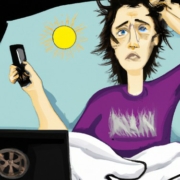

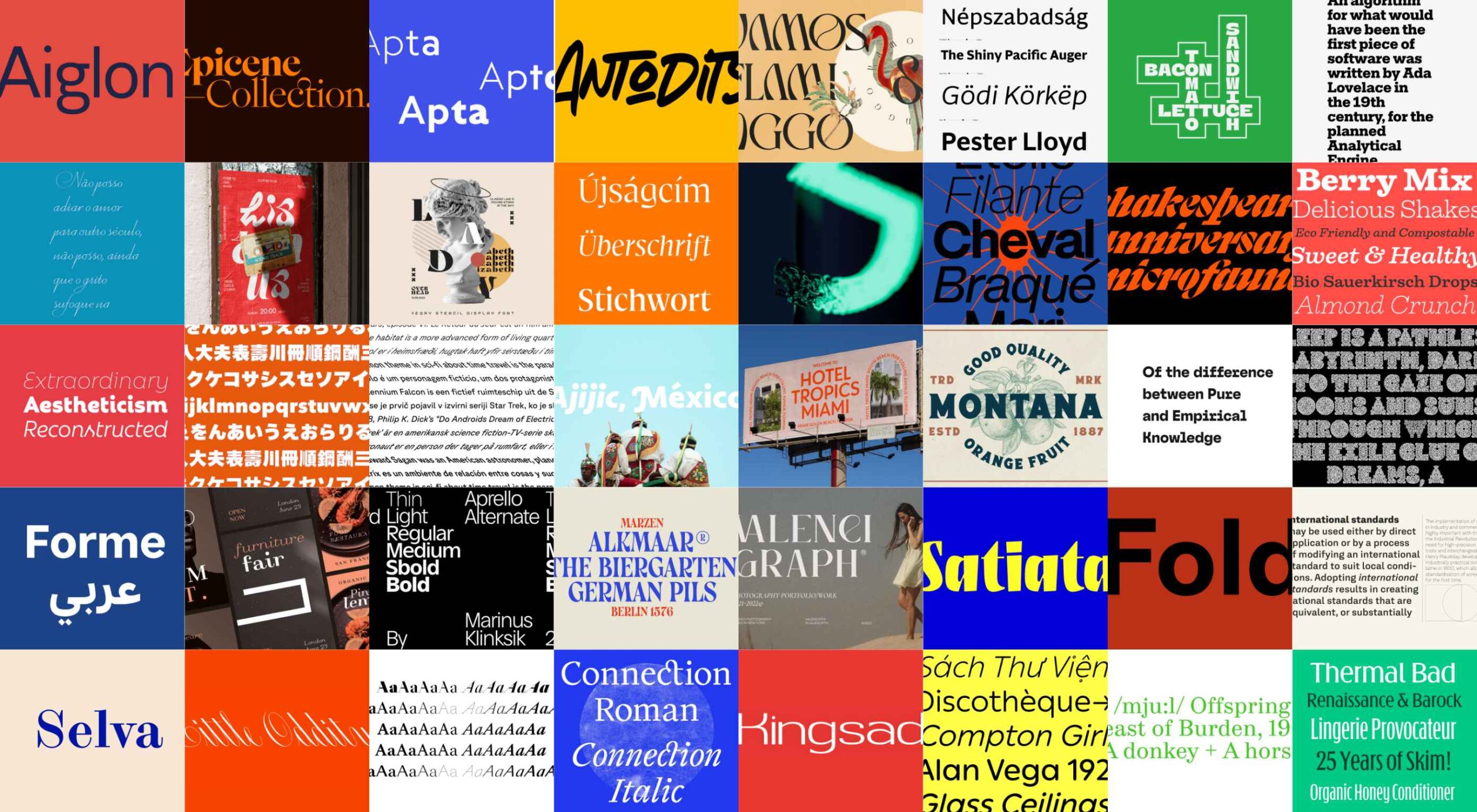 Choosing the right typefaces for your website can elevate a design from dour to delightful. The right typeface gives personality to your brand voice and can make sure your content gets read.
Choosing the right typefaces for your website can elevate a design from dour to delightful. The right typeface gives personality to your brand voice and can make sure your content gets read.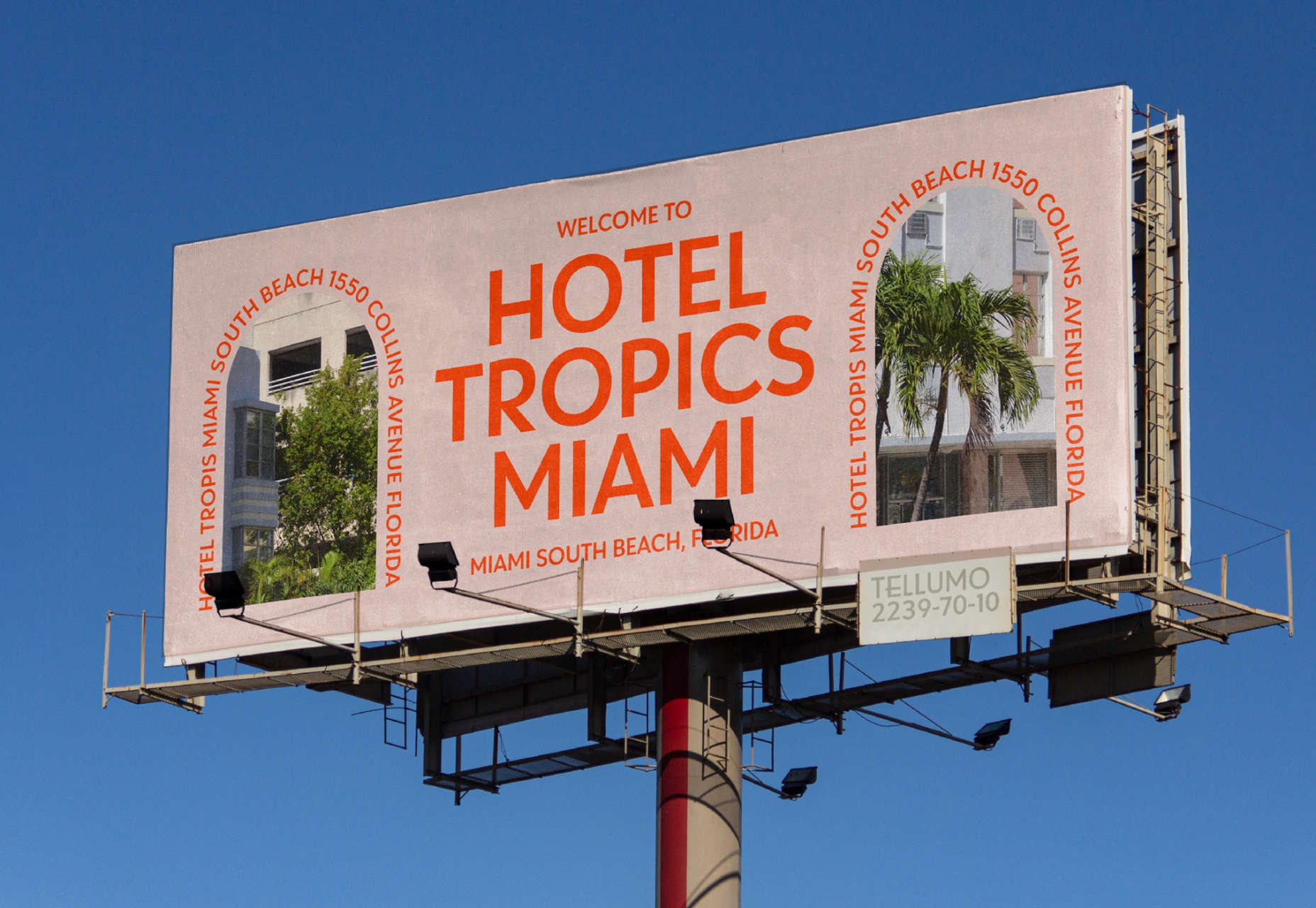
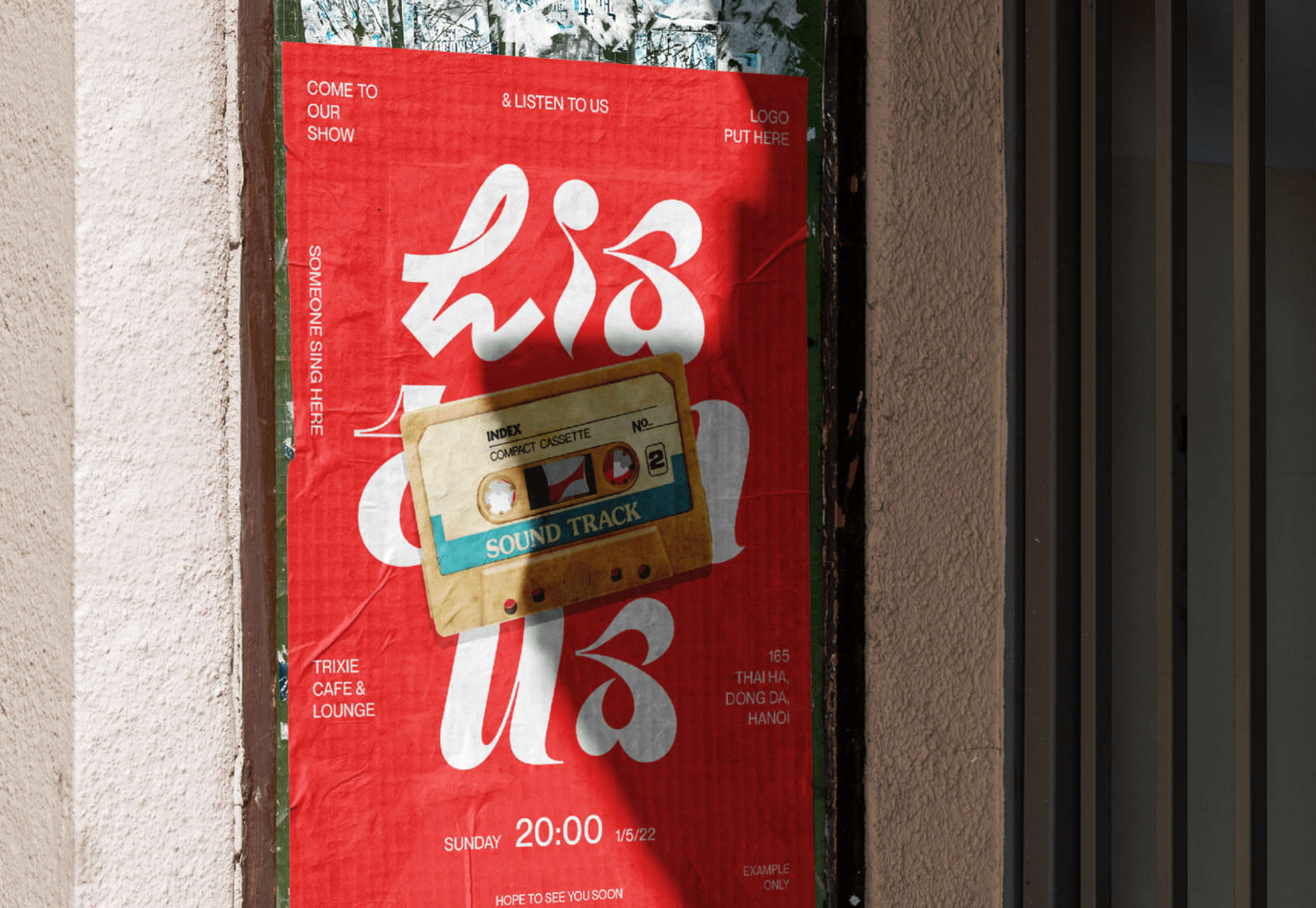
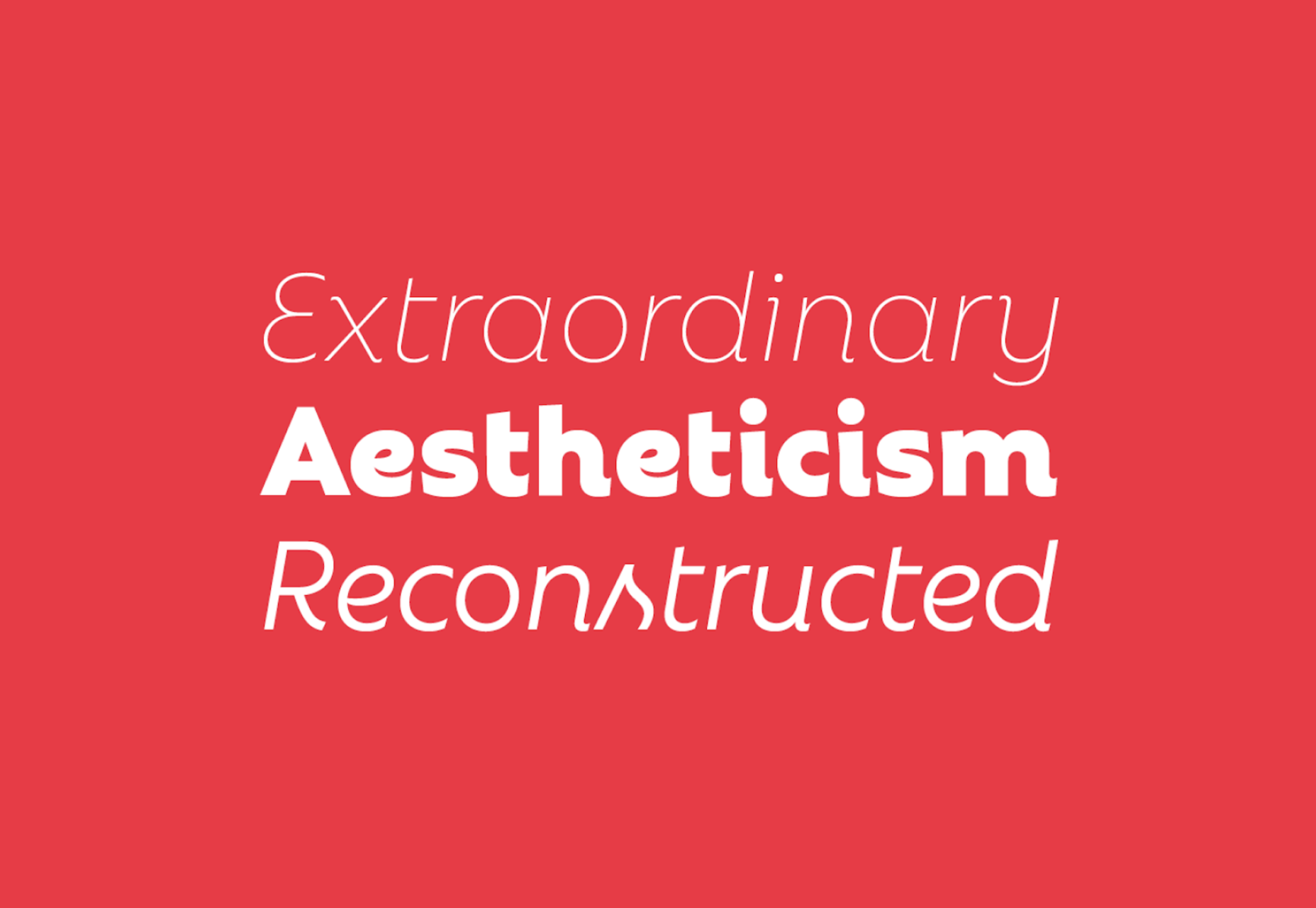
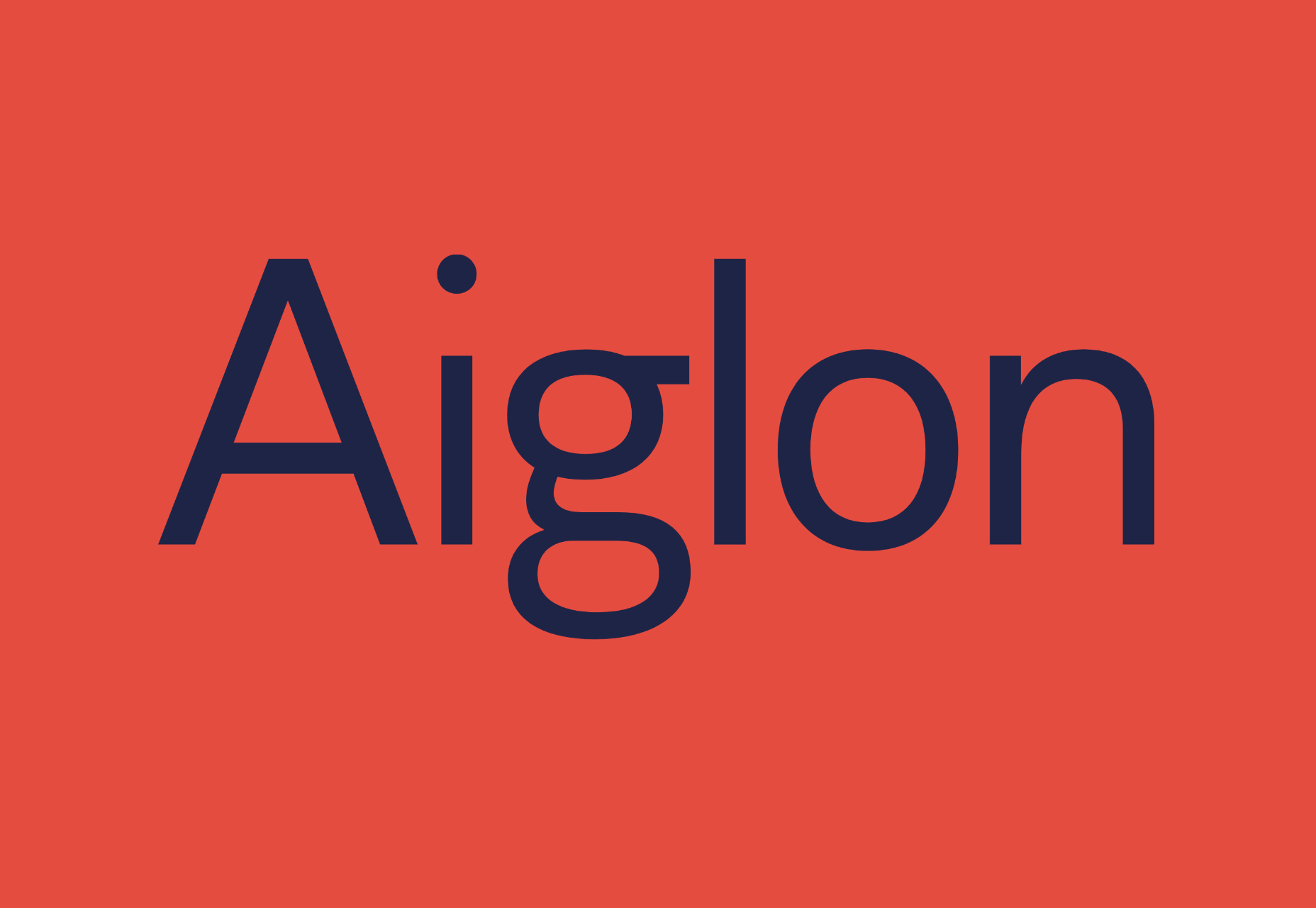
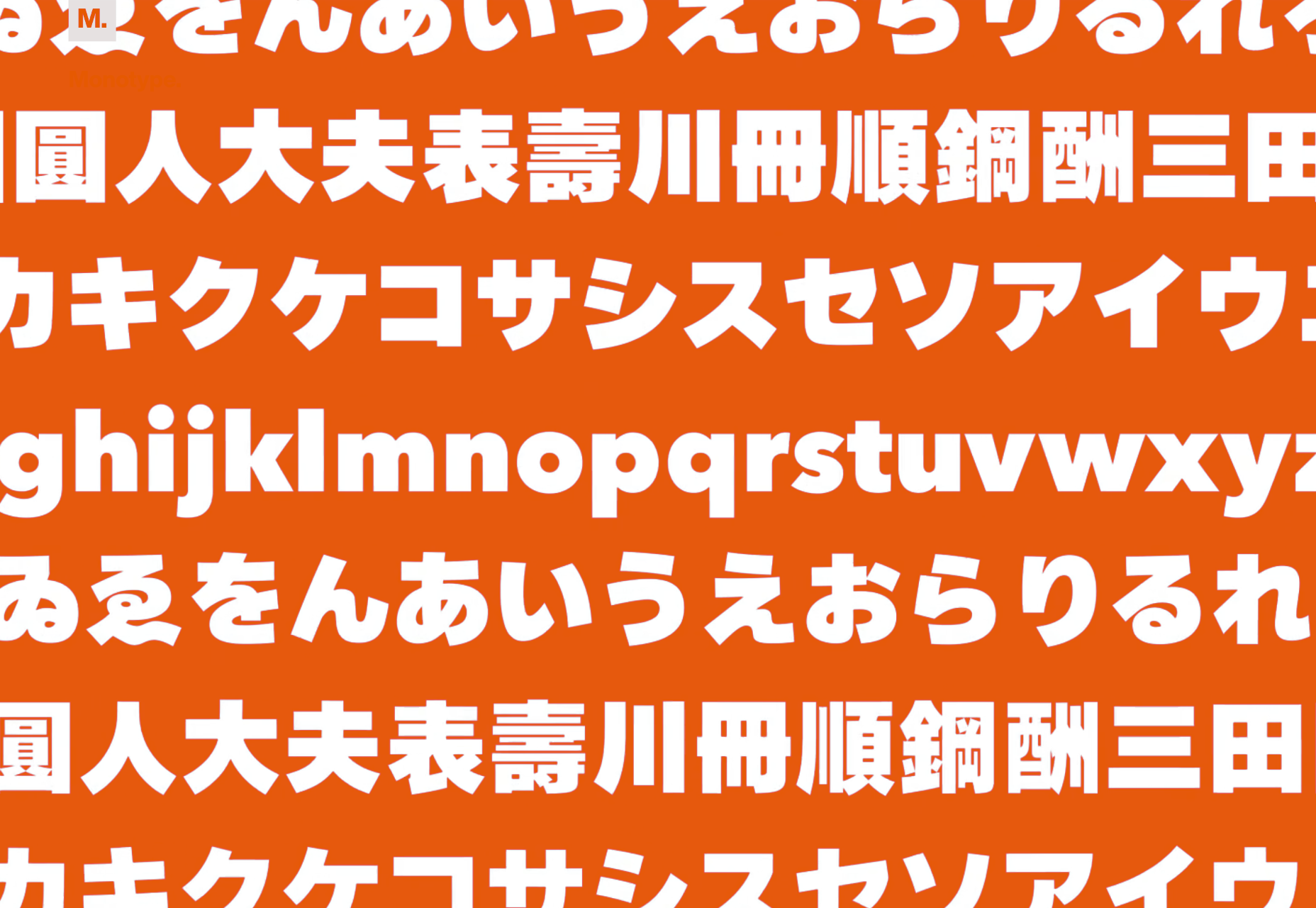
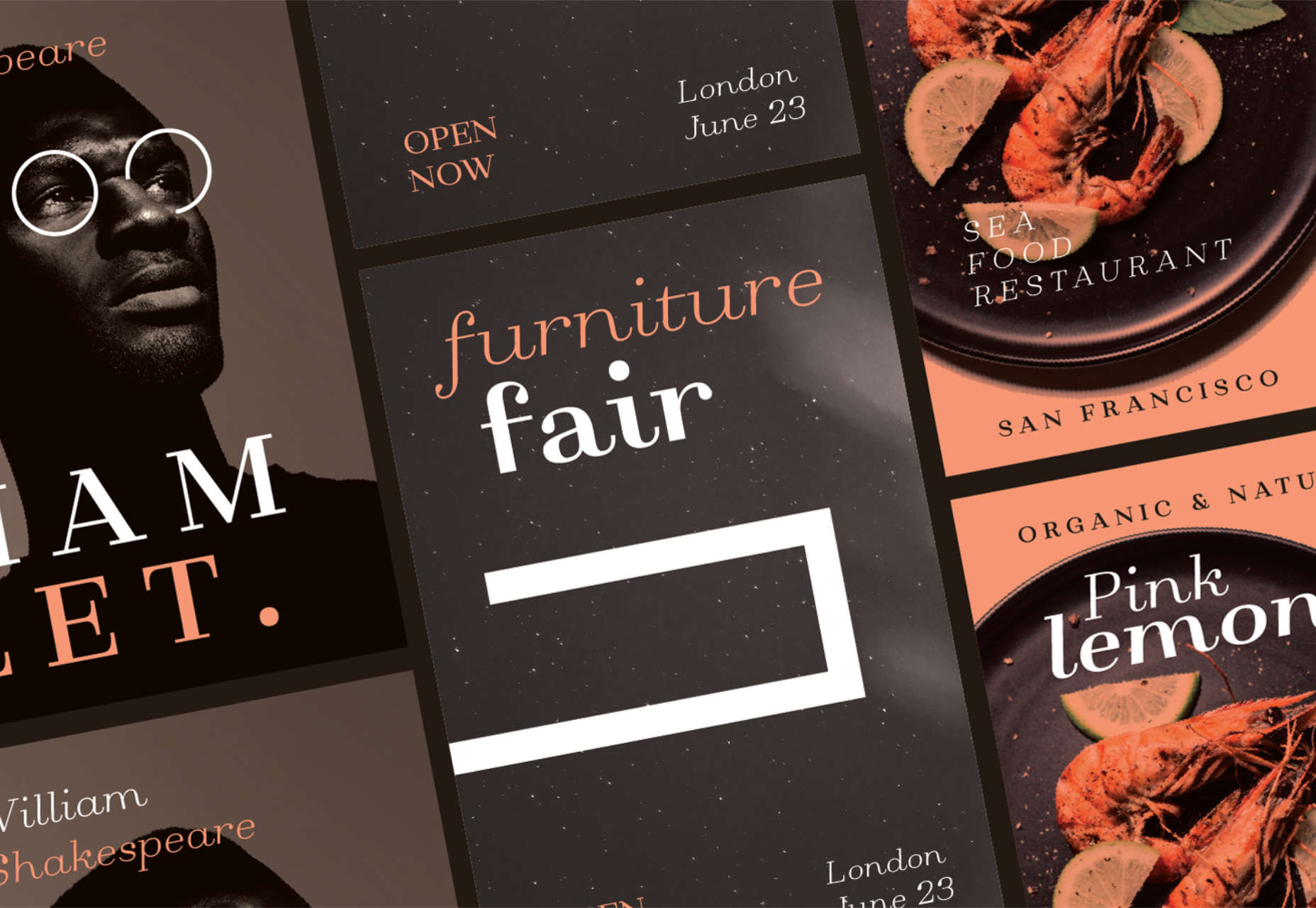
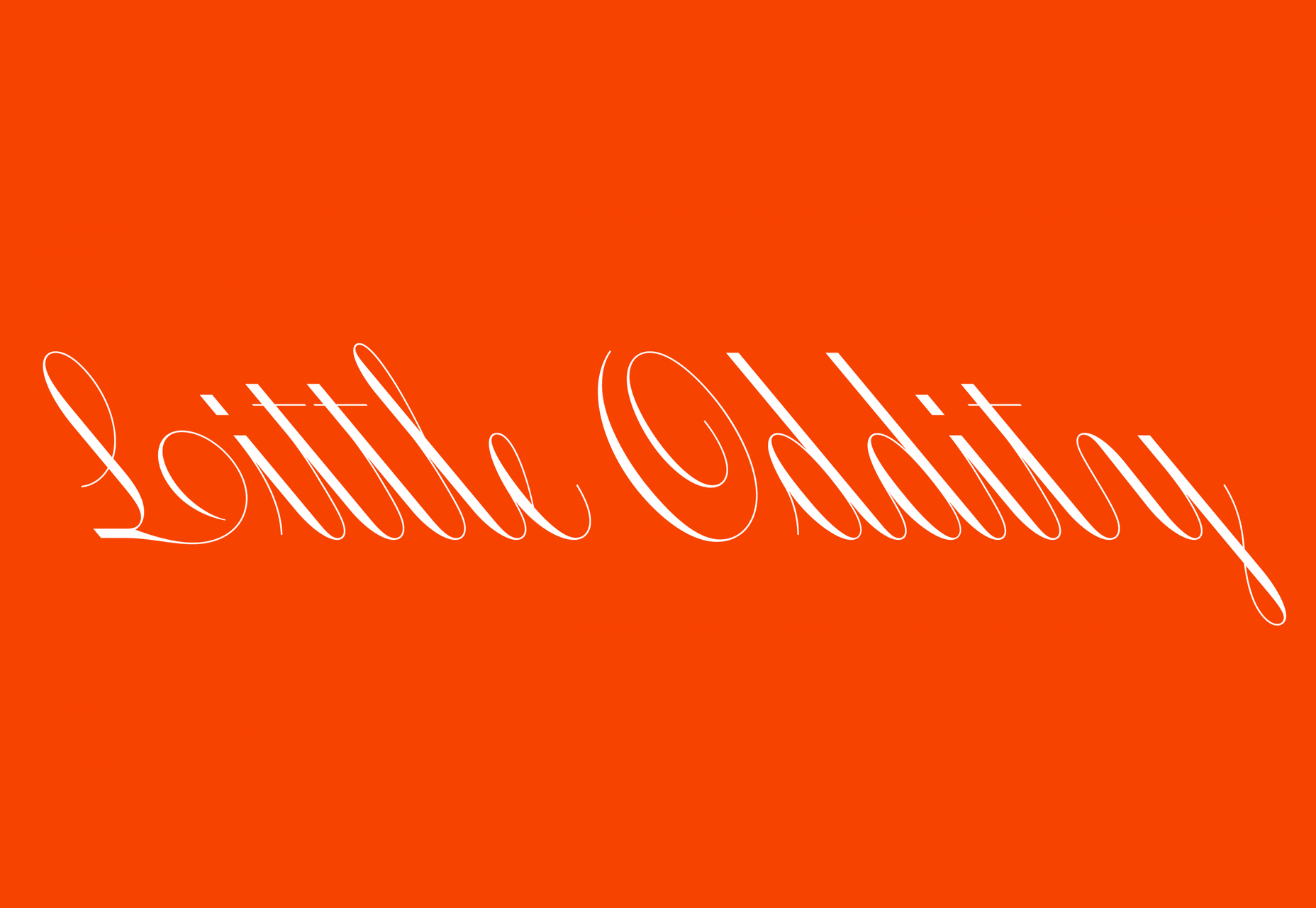
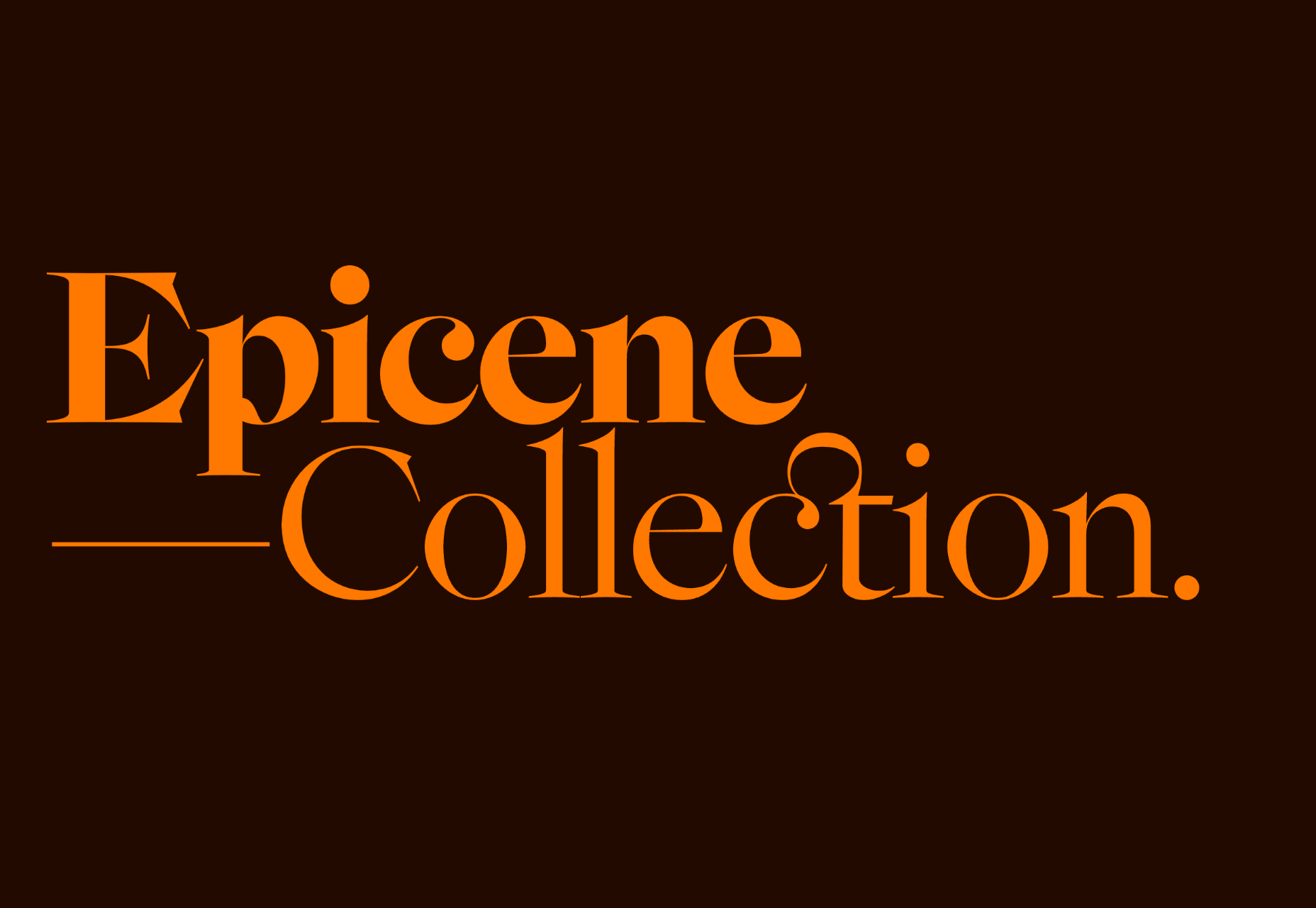
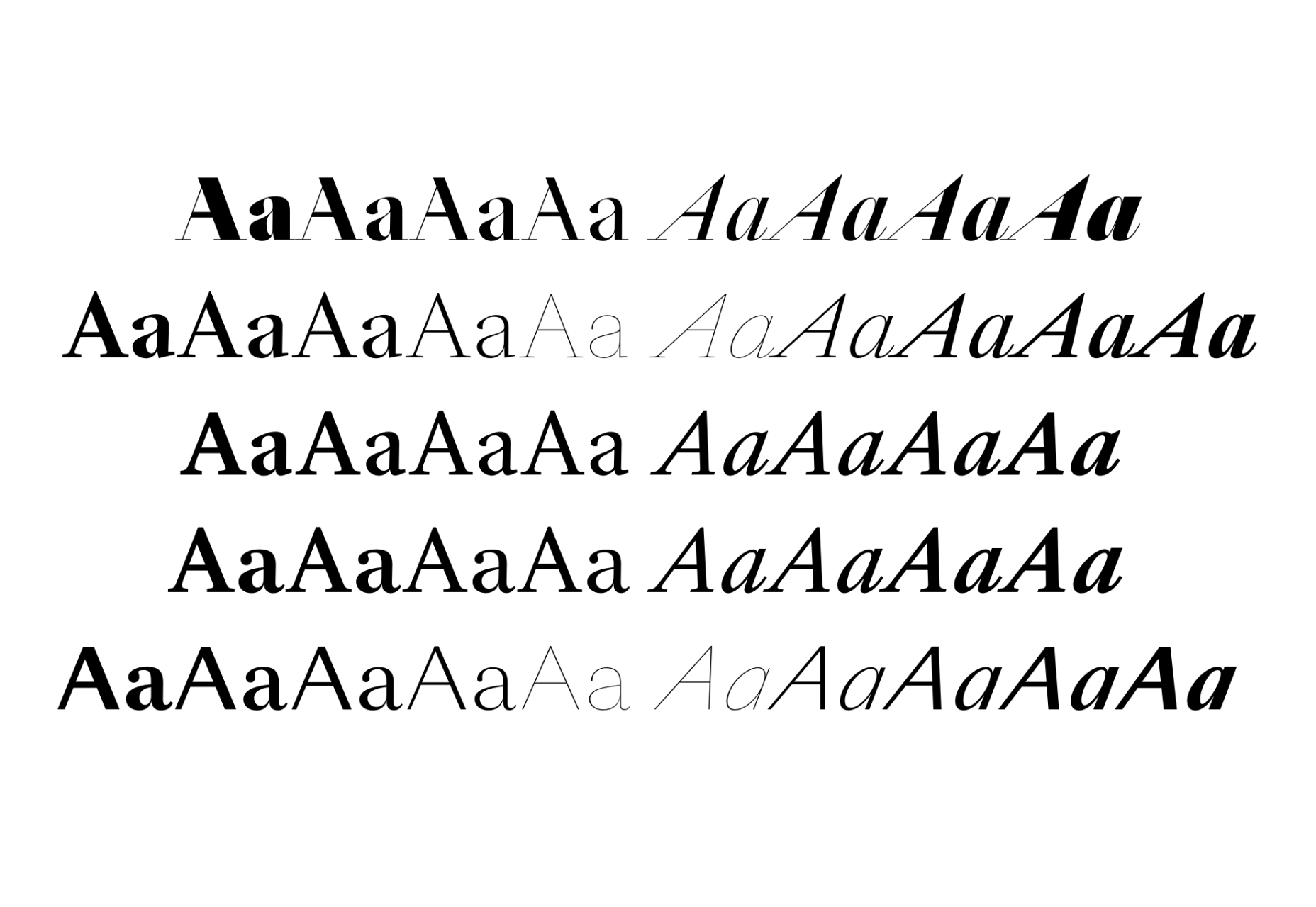
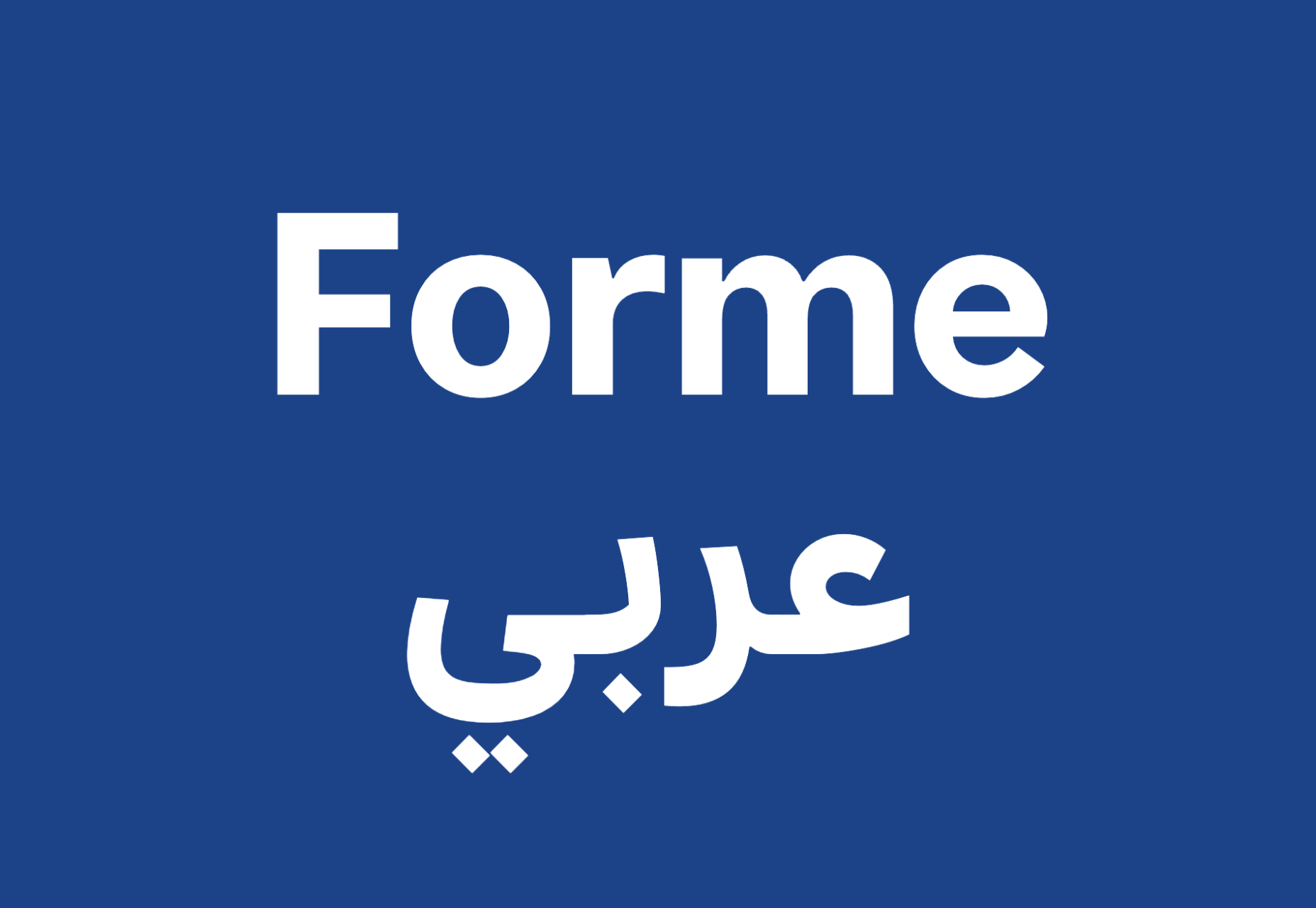
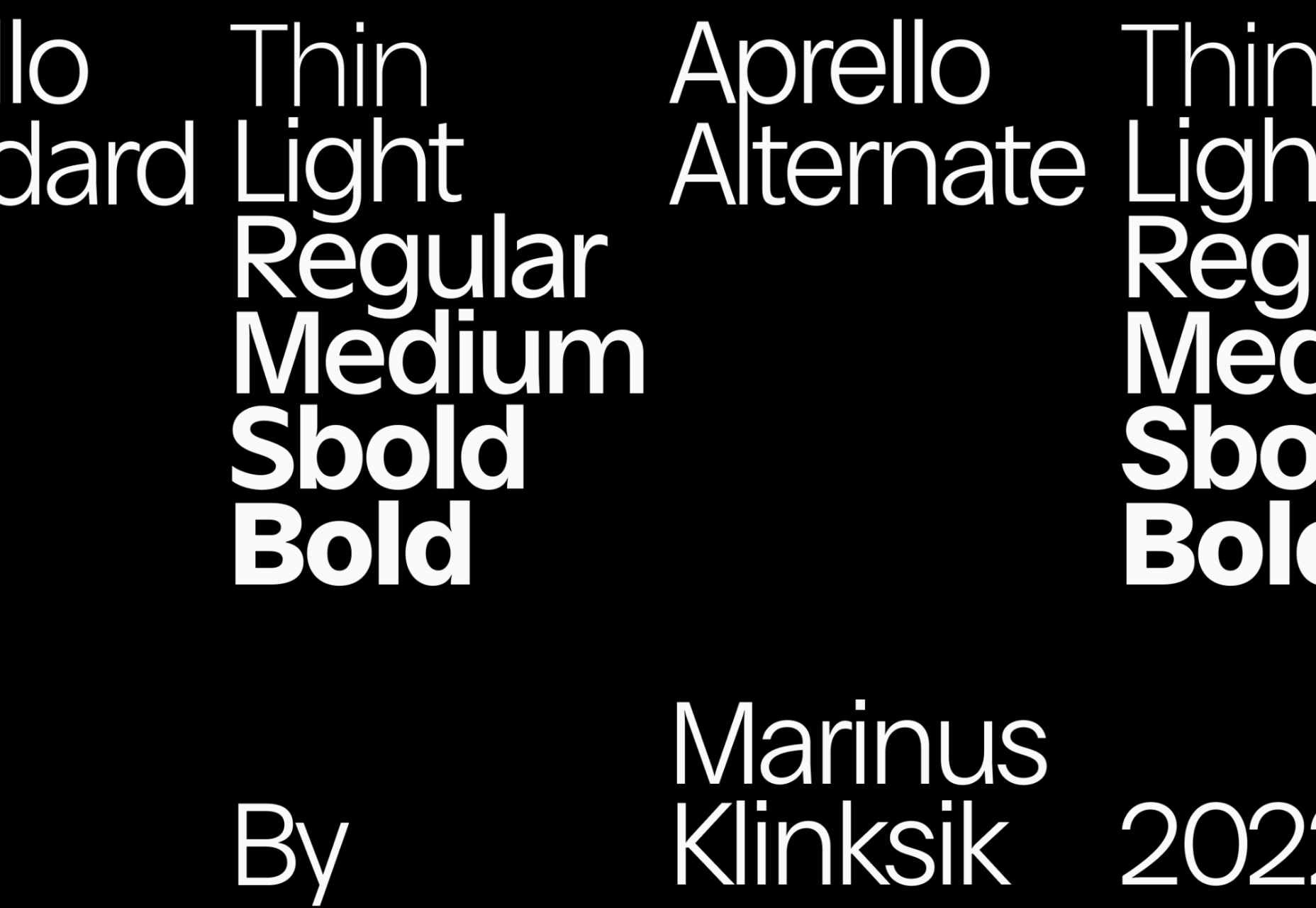
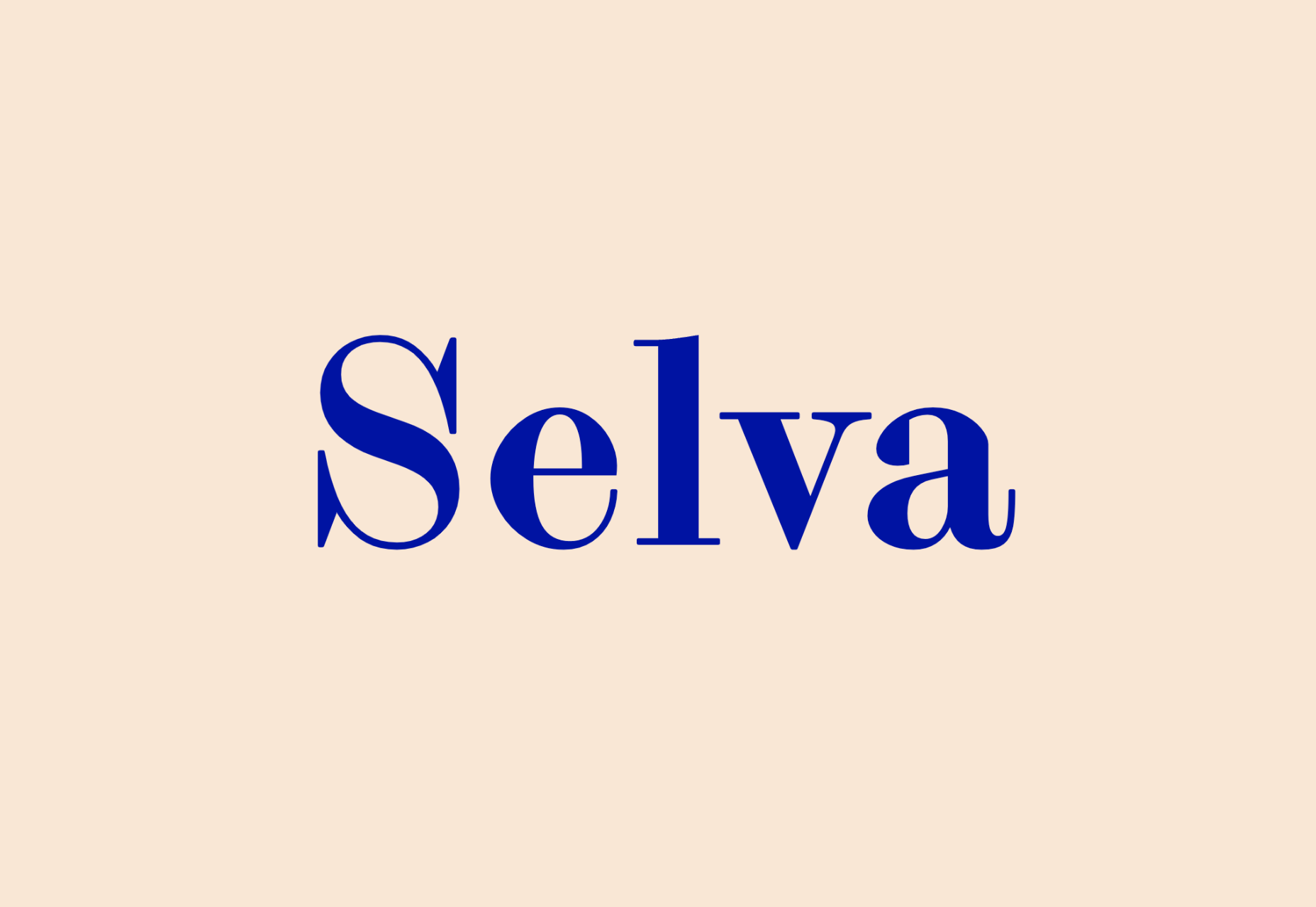
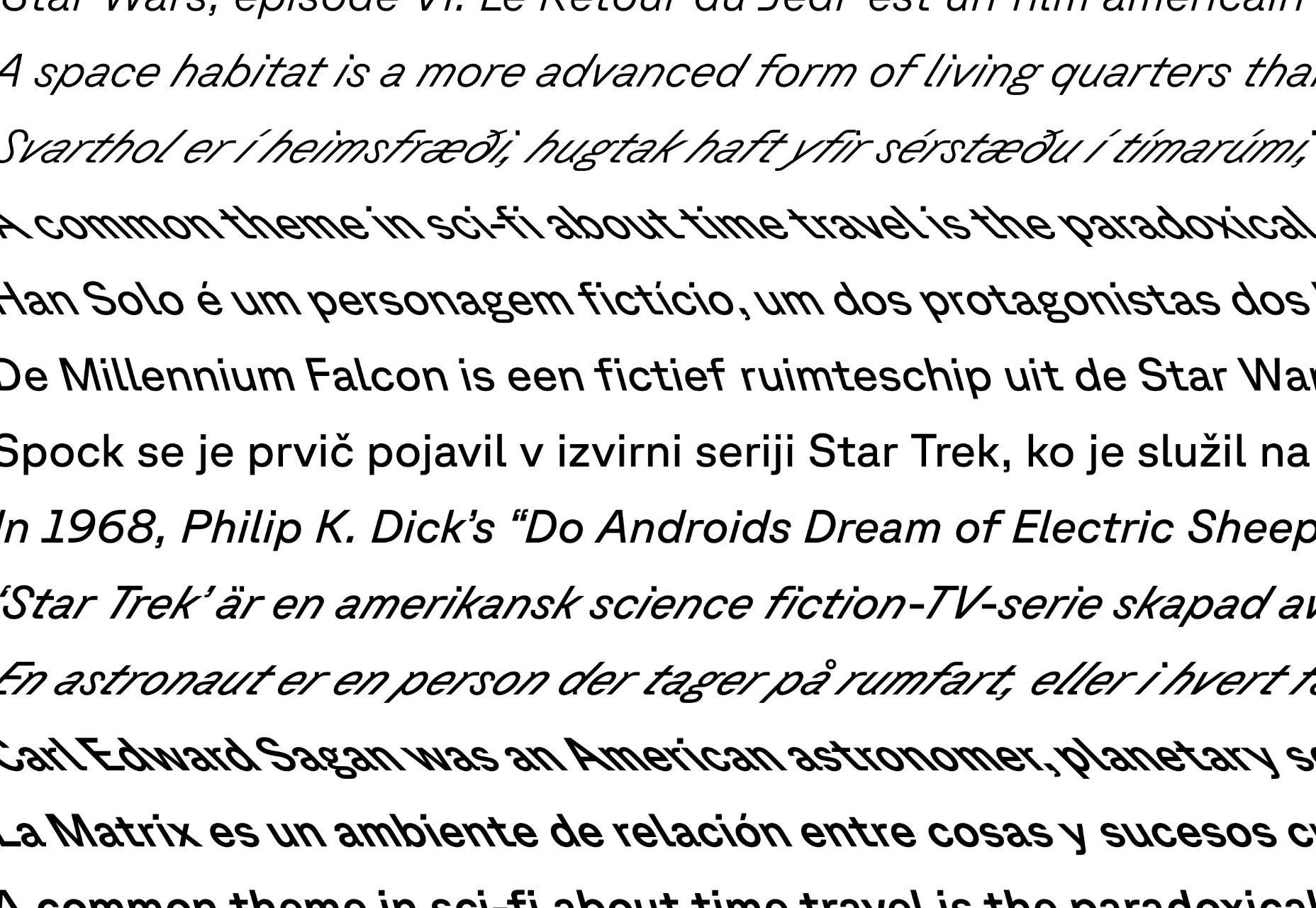
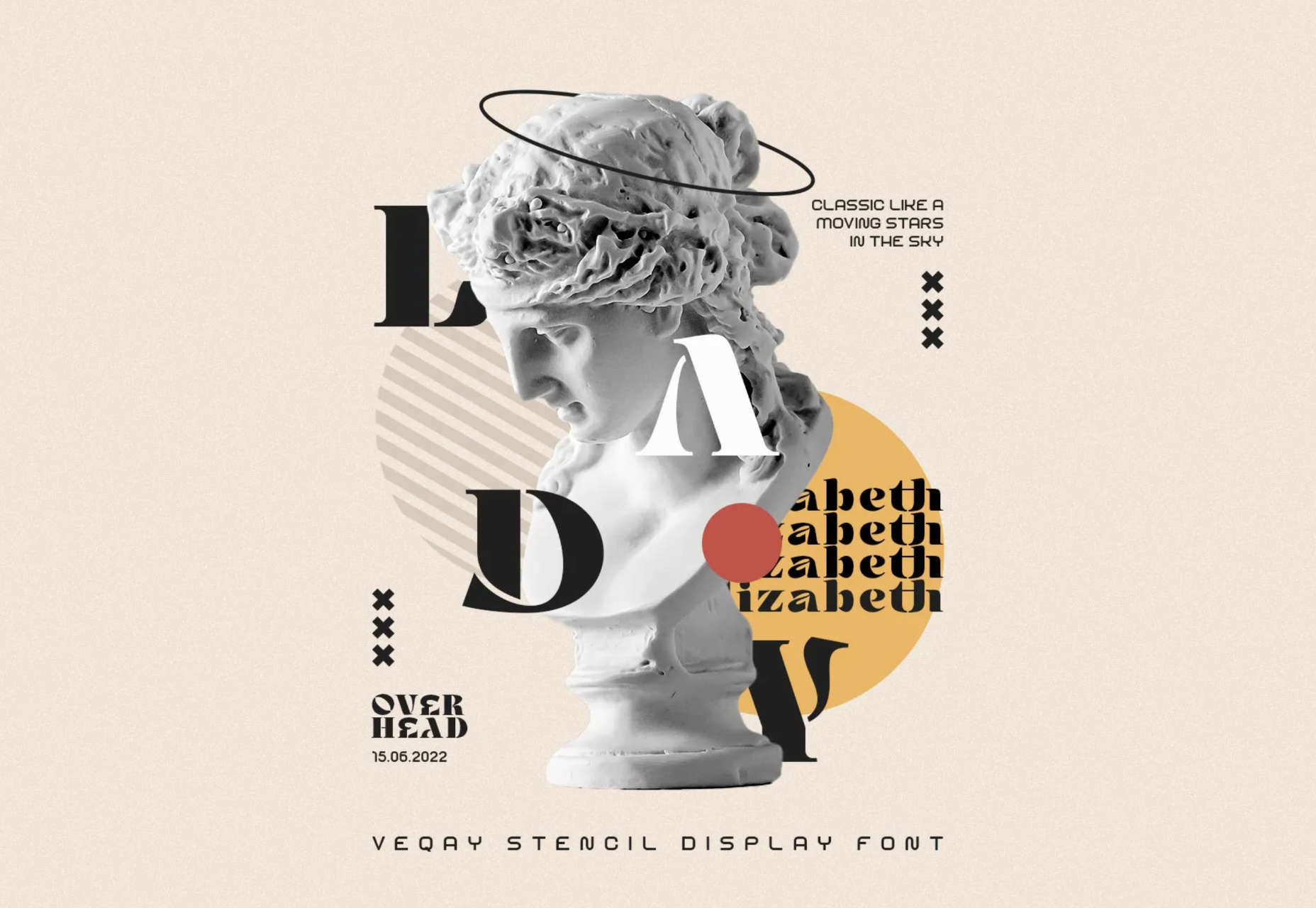
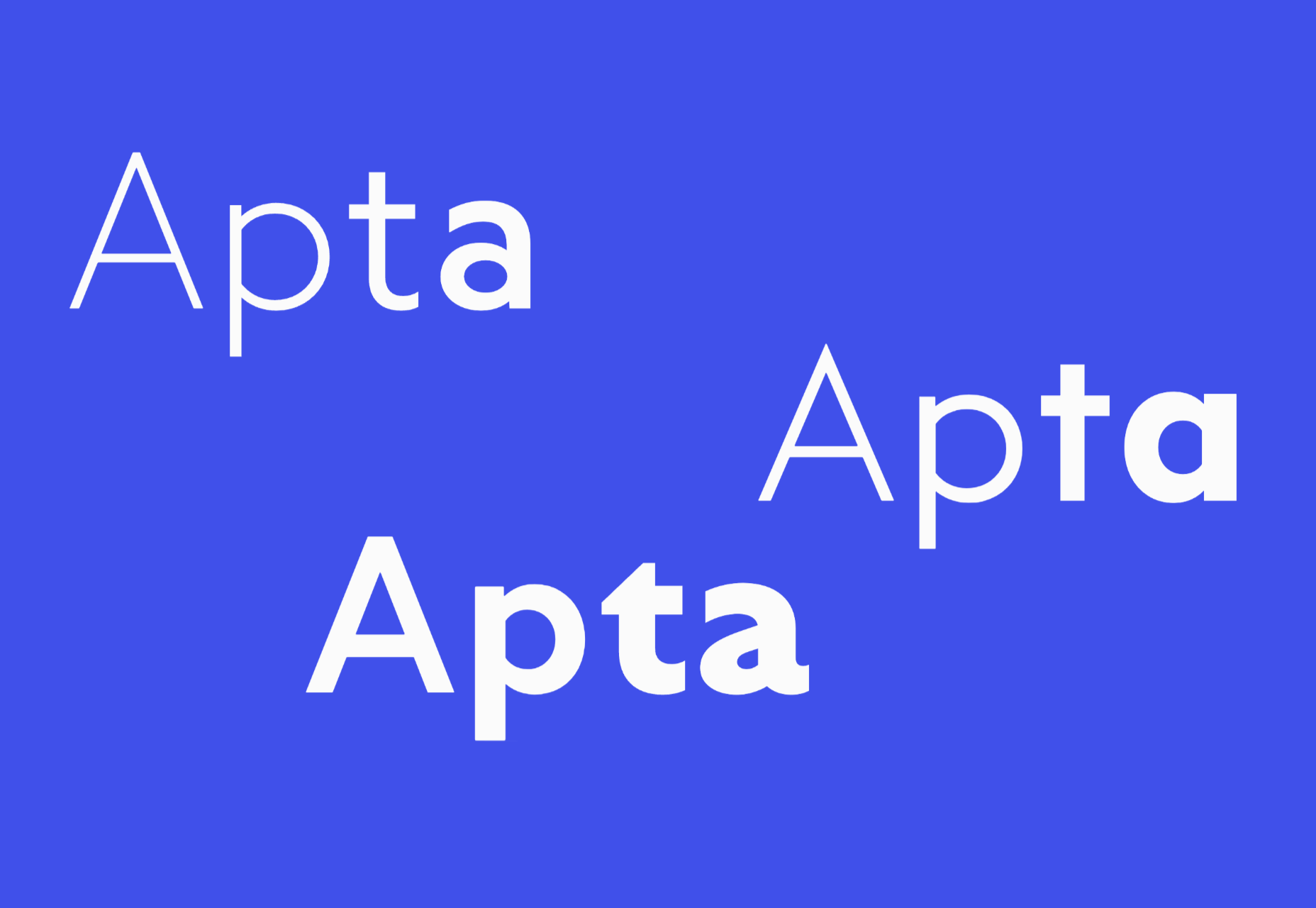
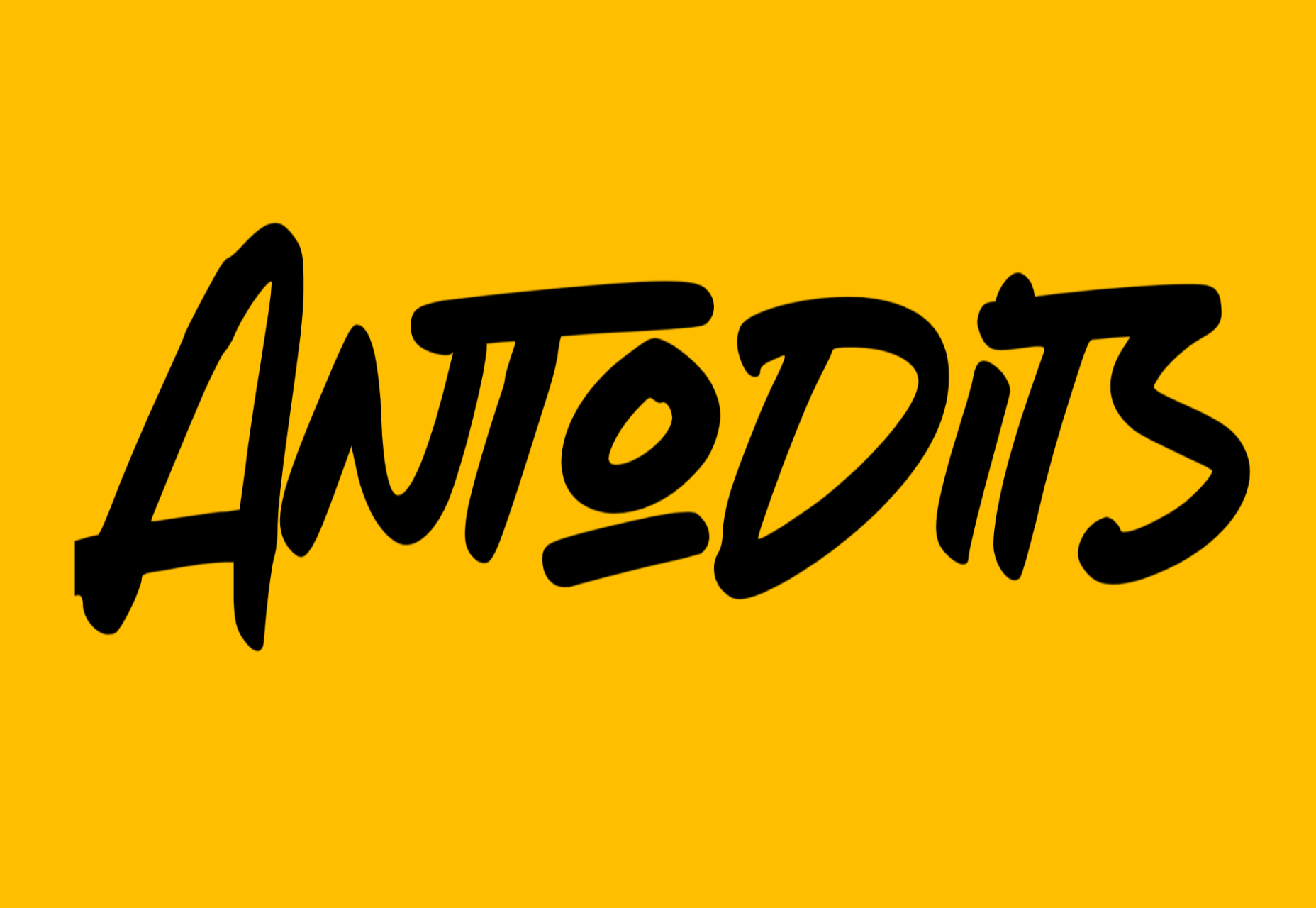
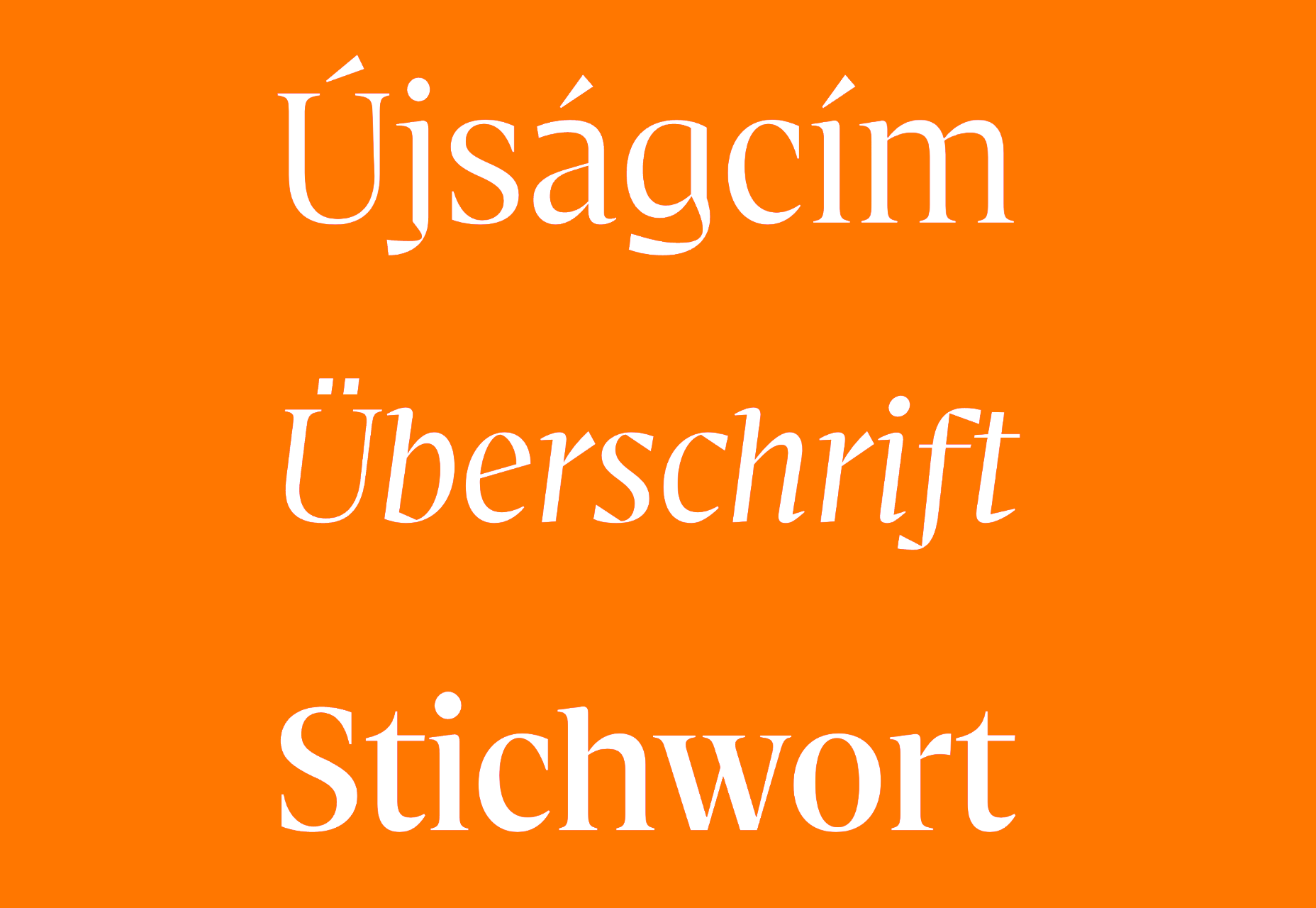
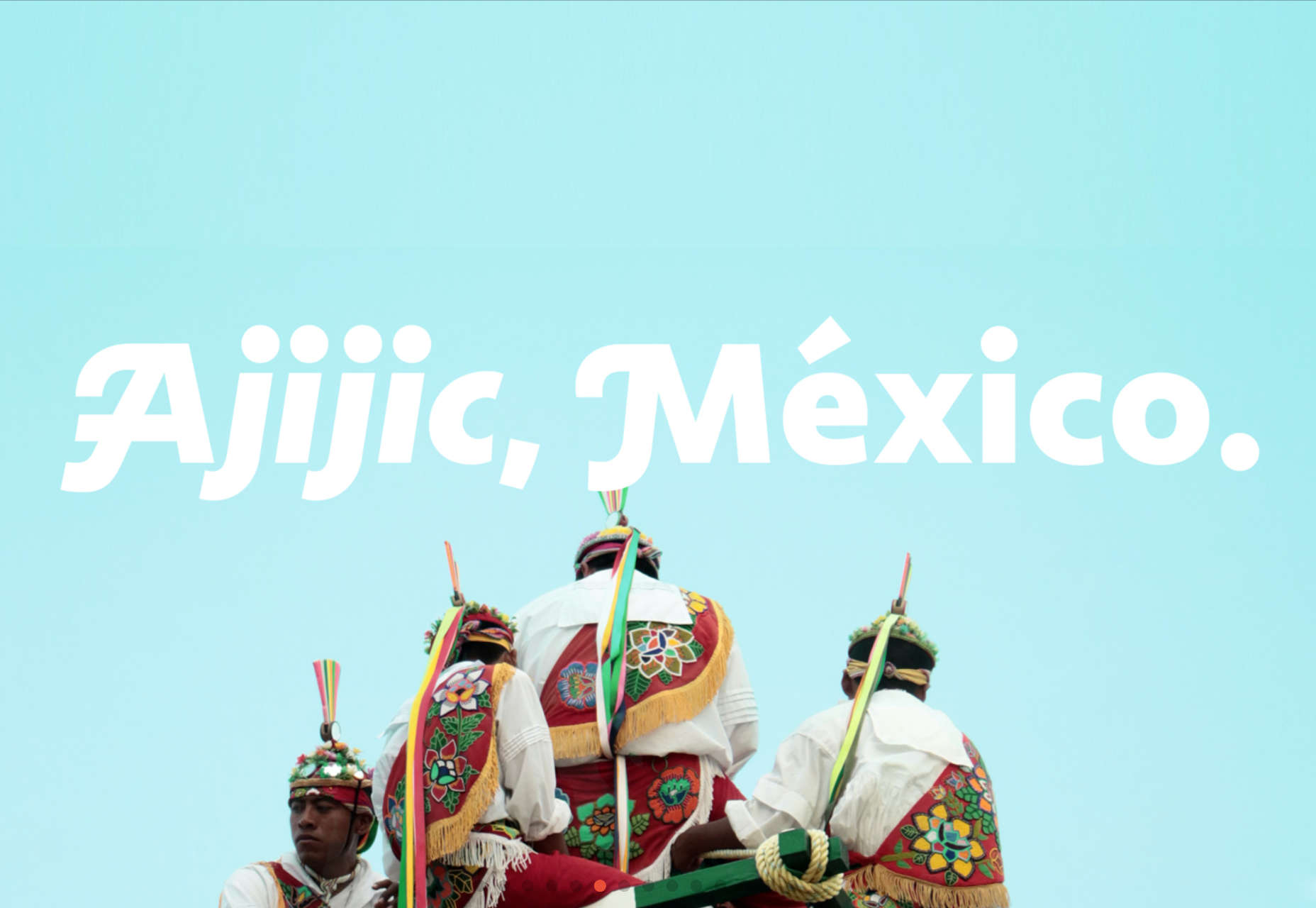
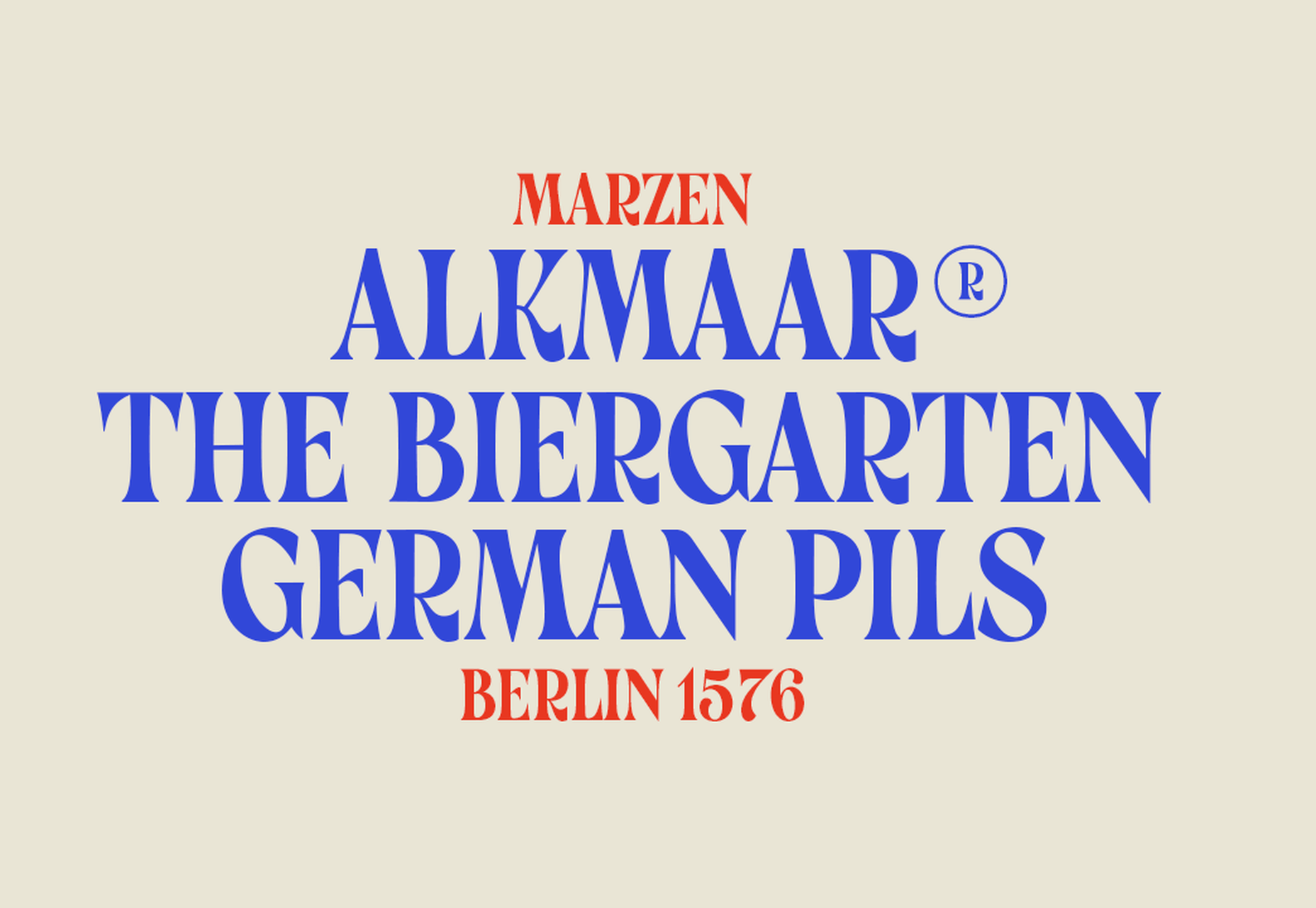
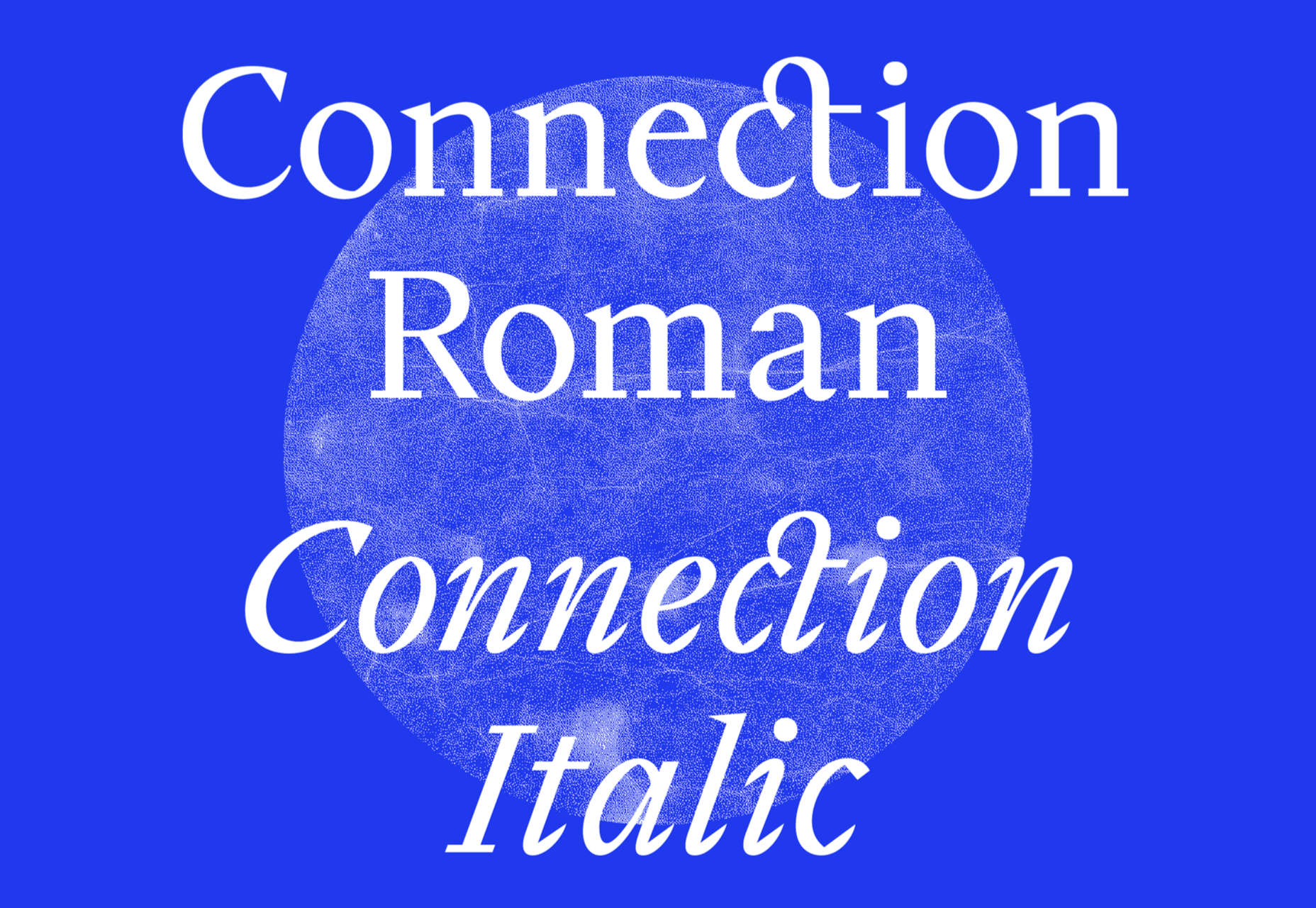
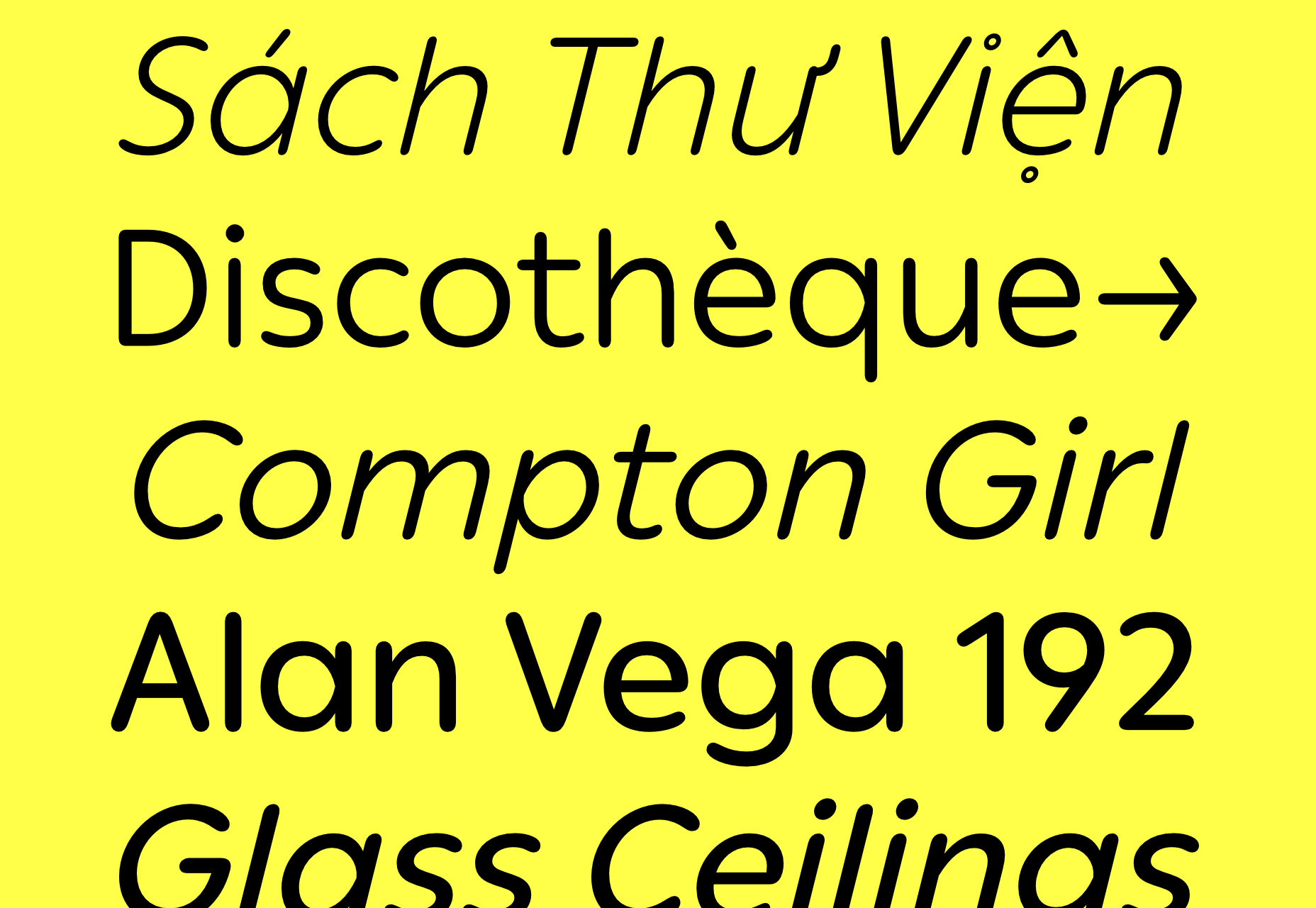
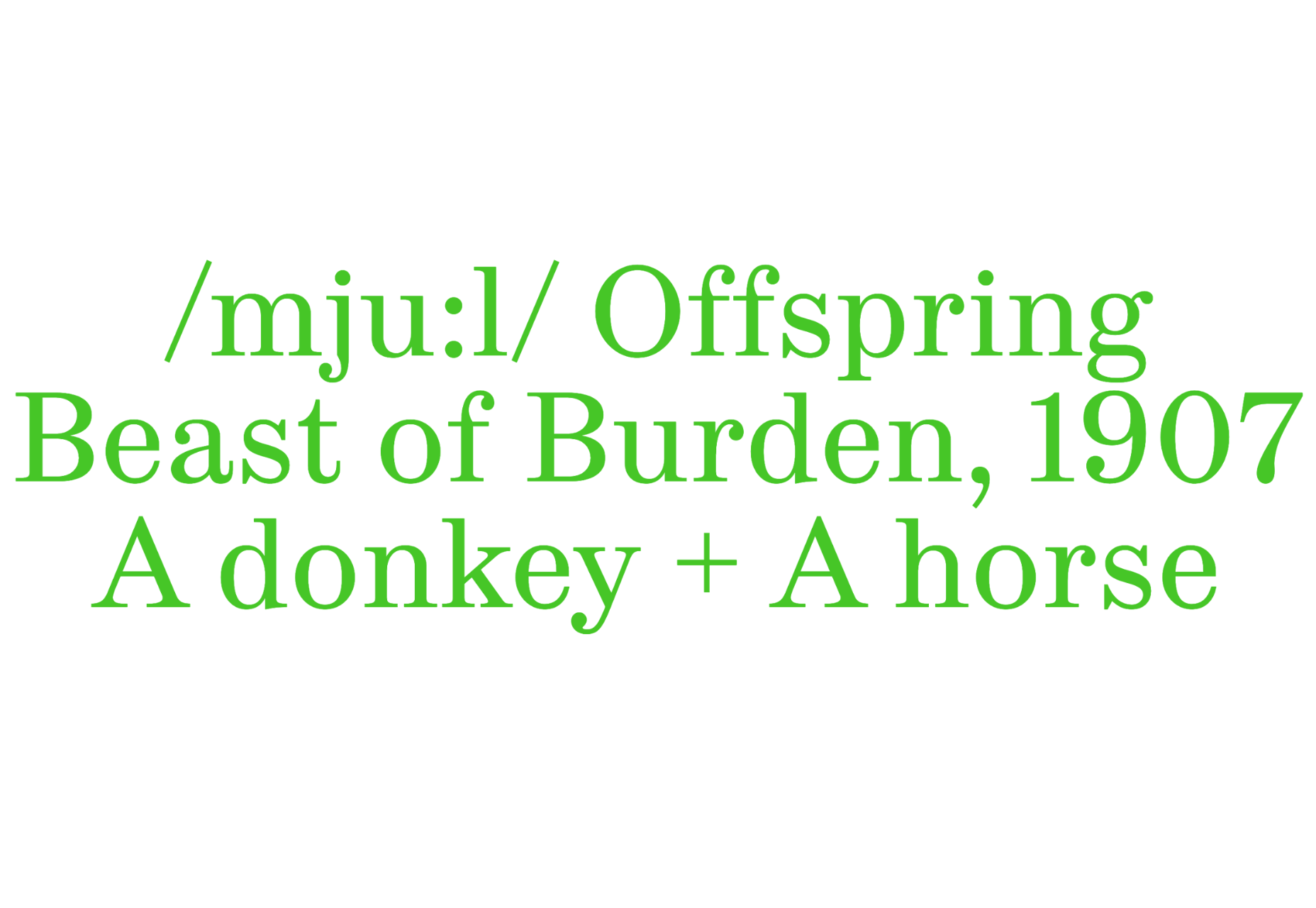
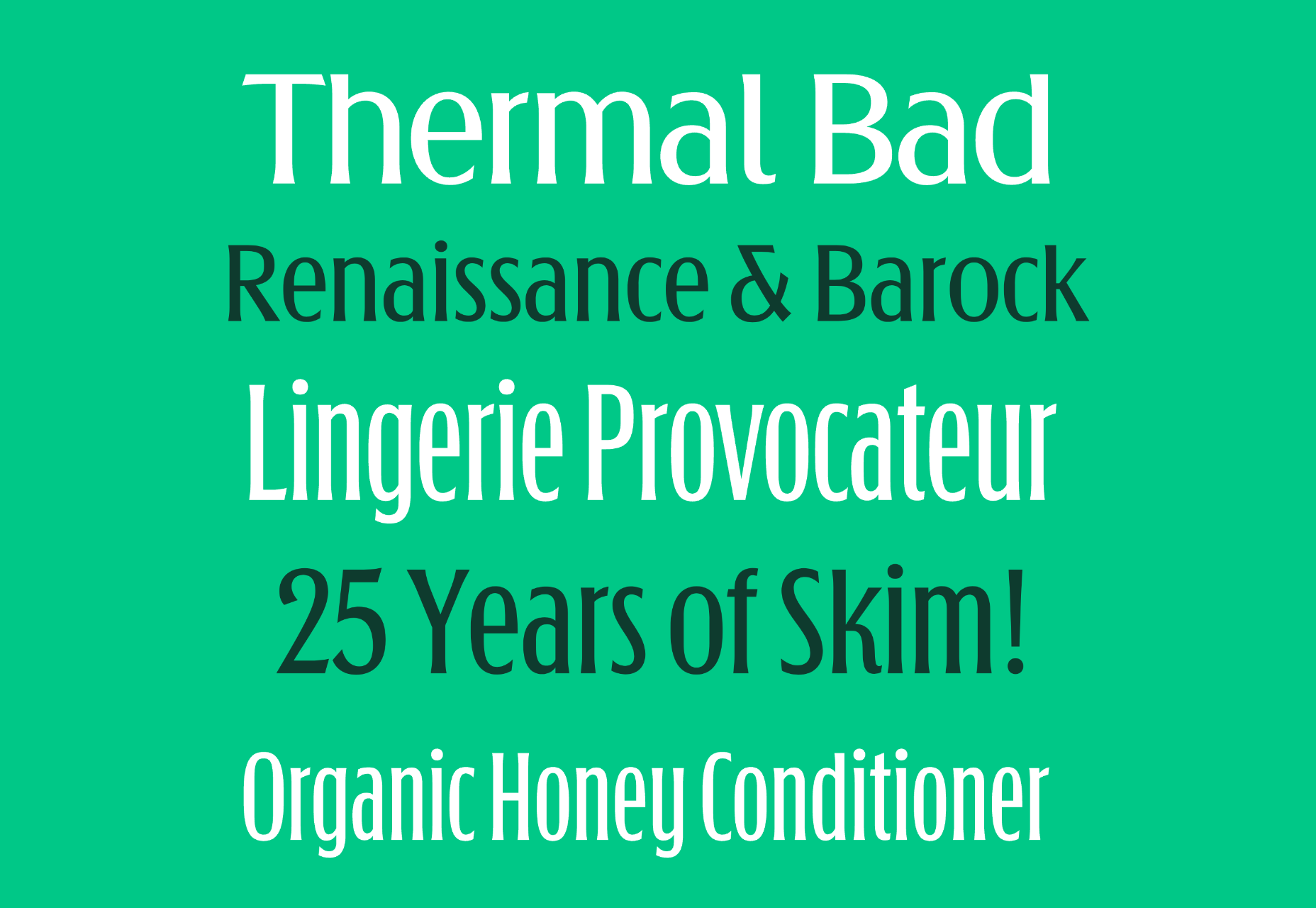
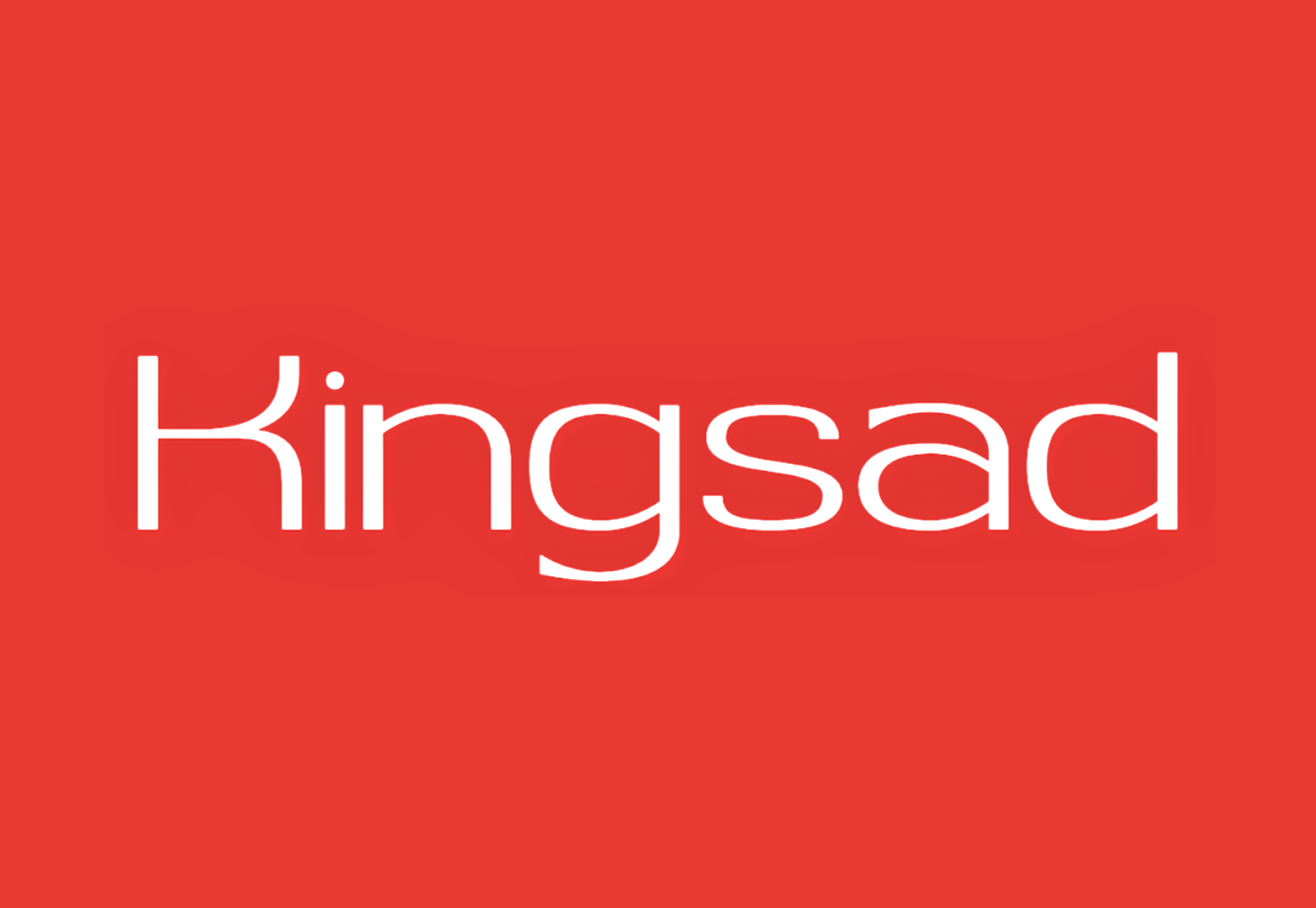
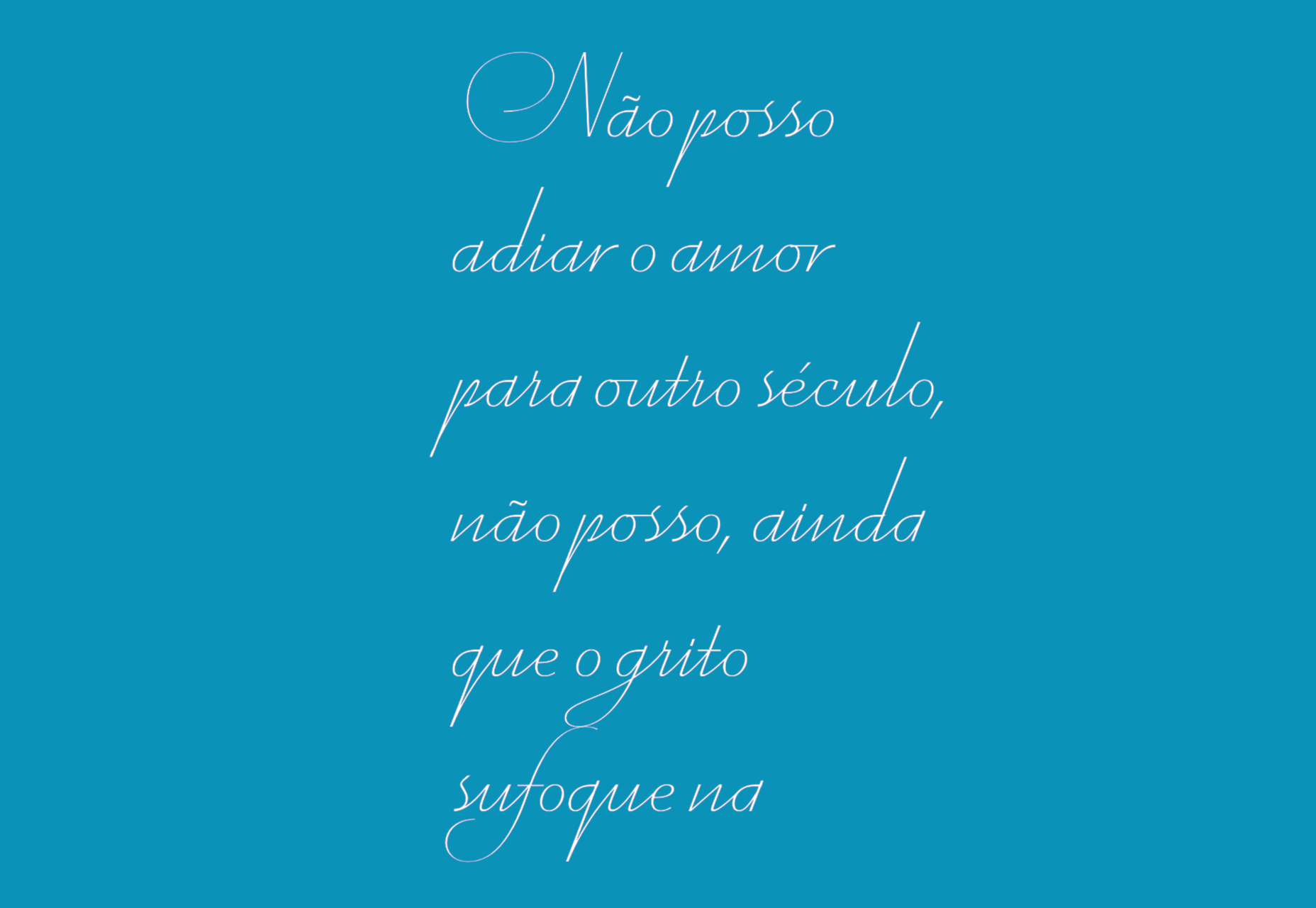
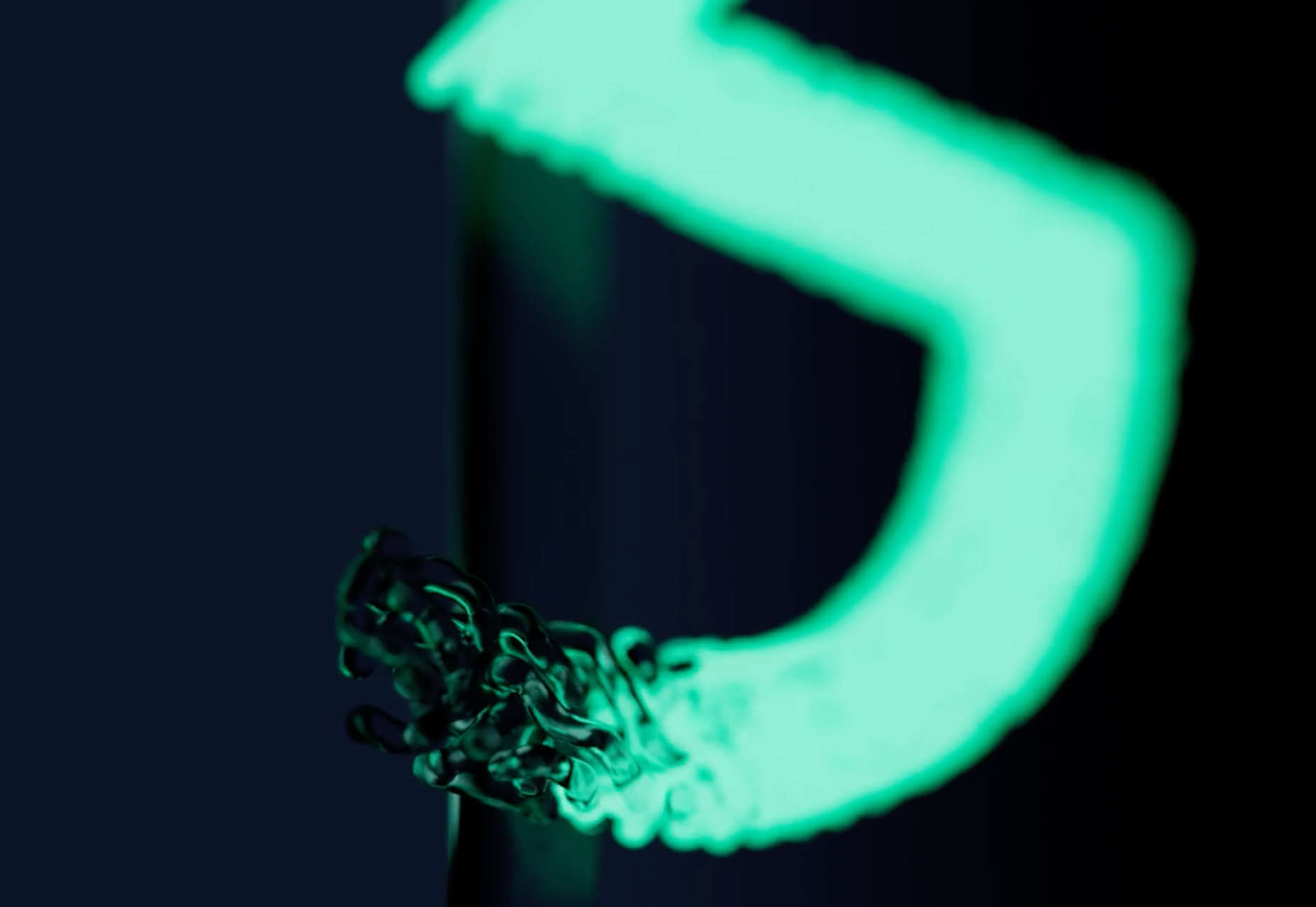
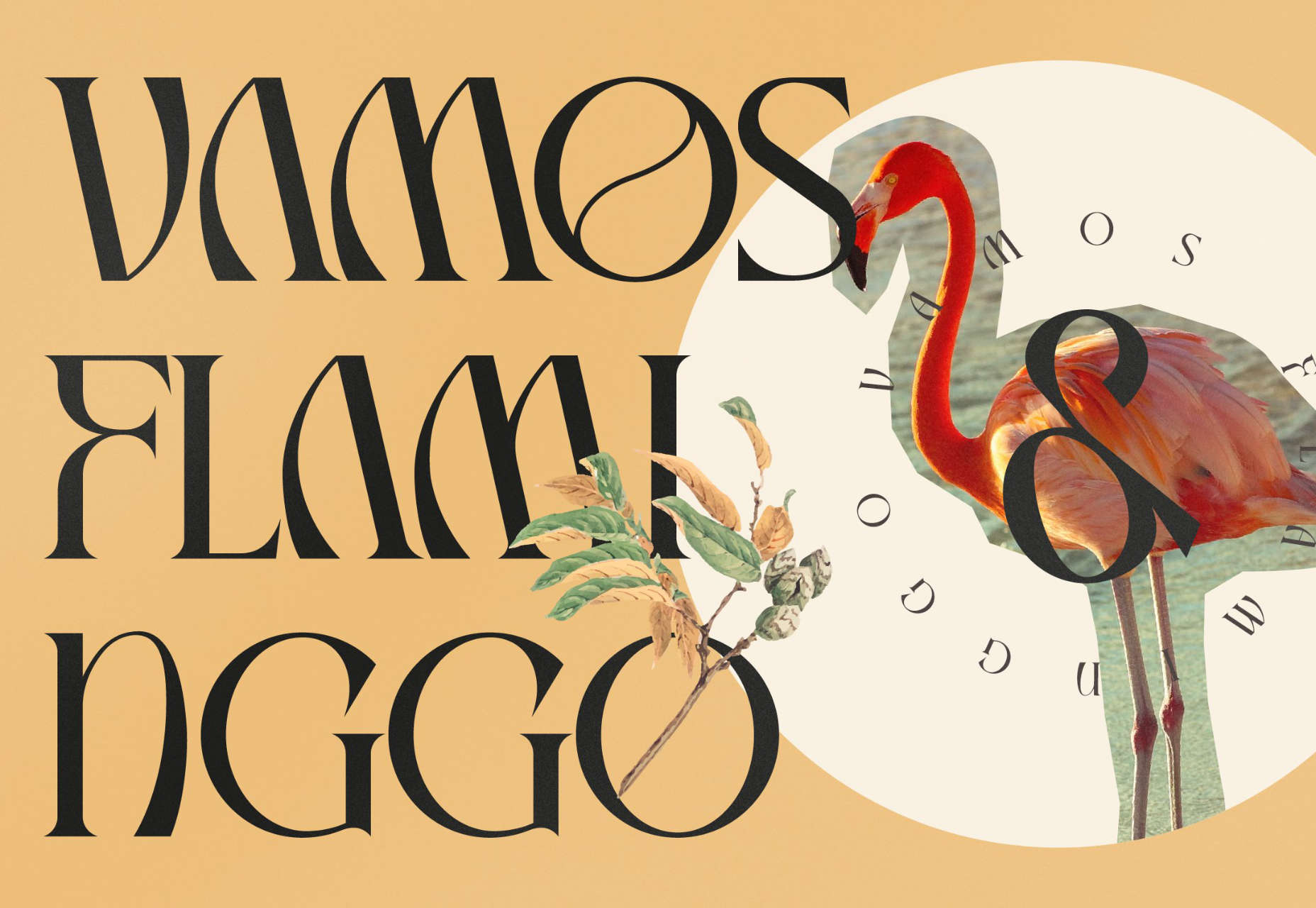
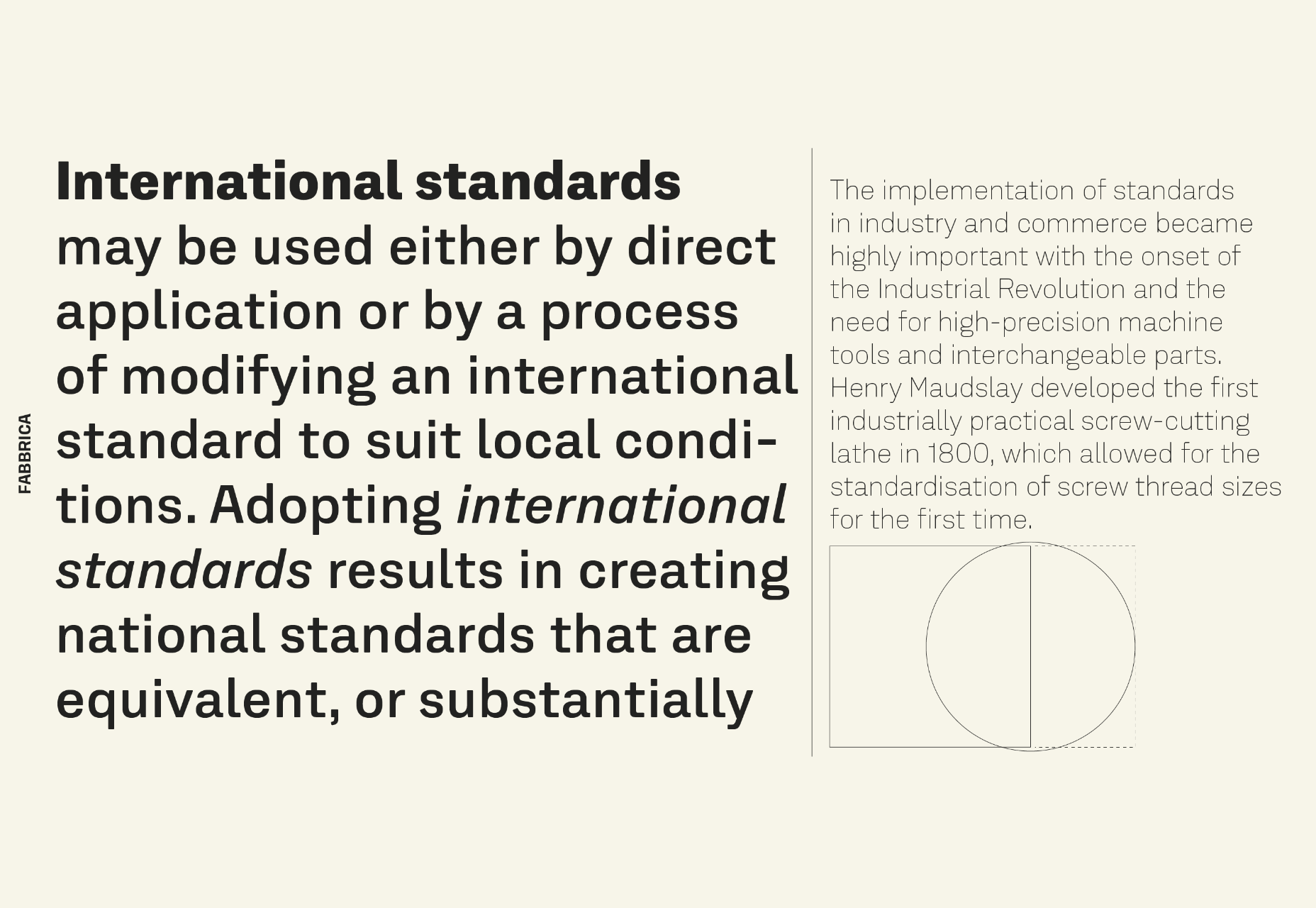
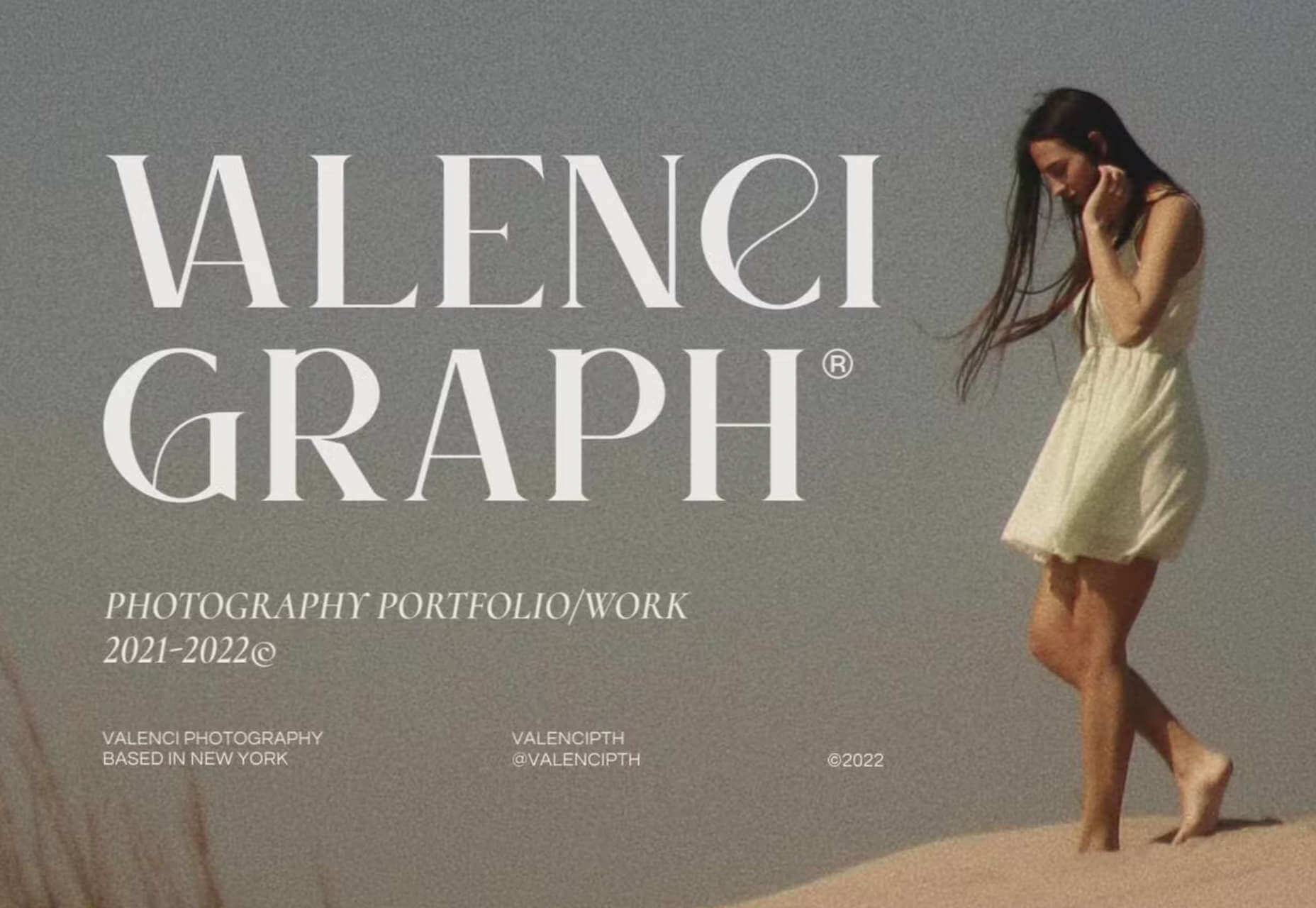
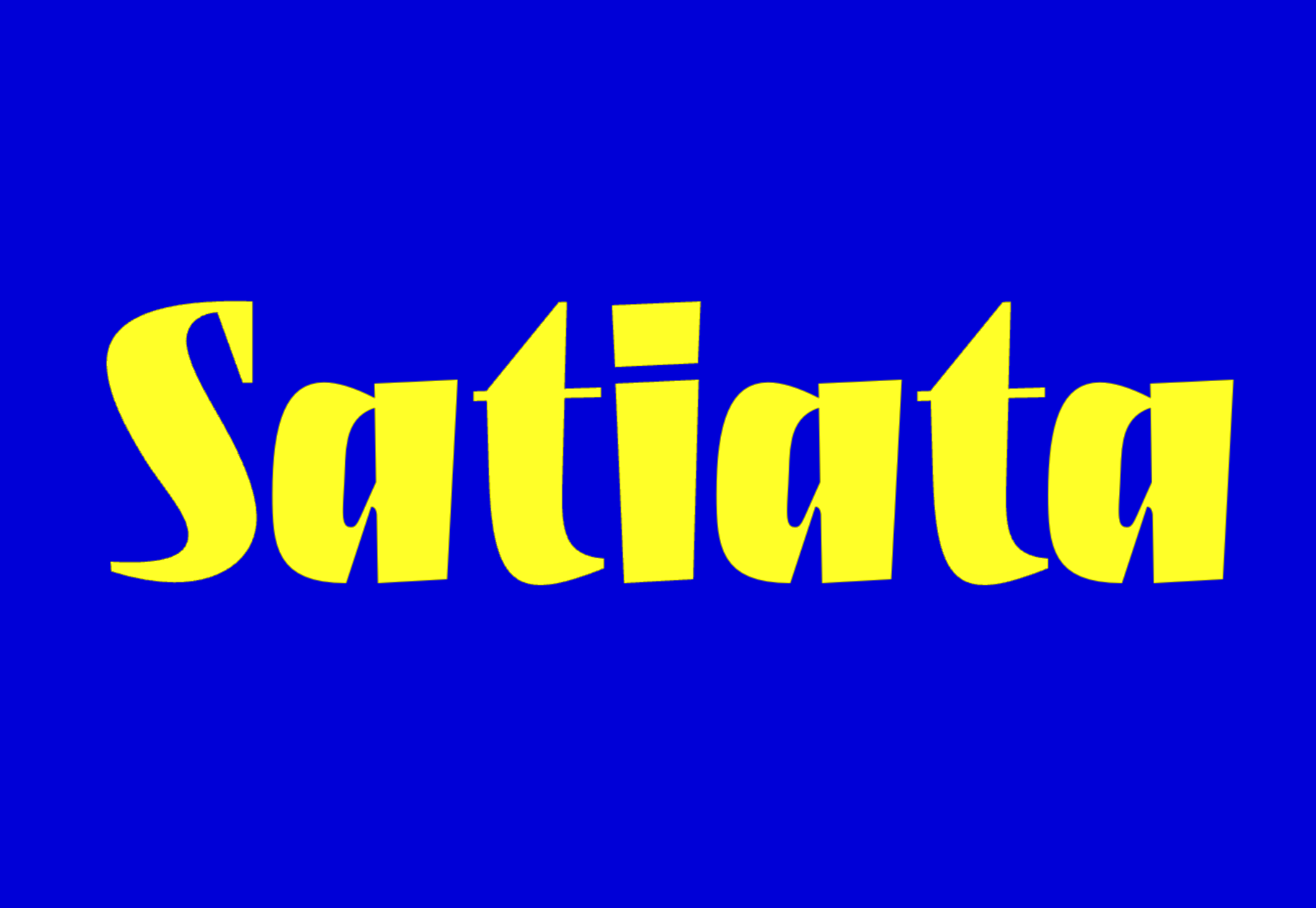
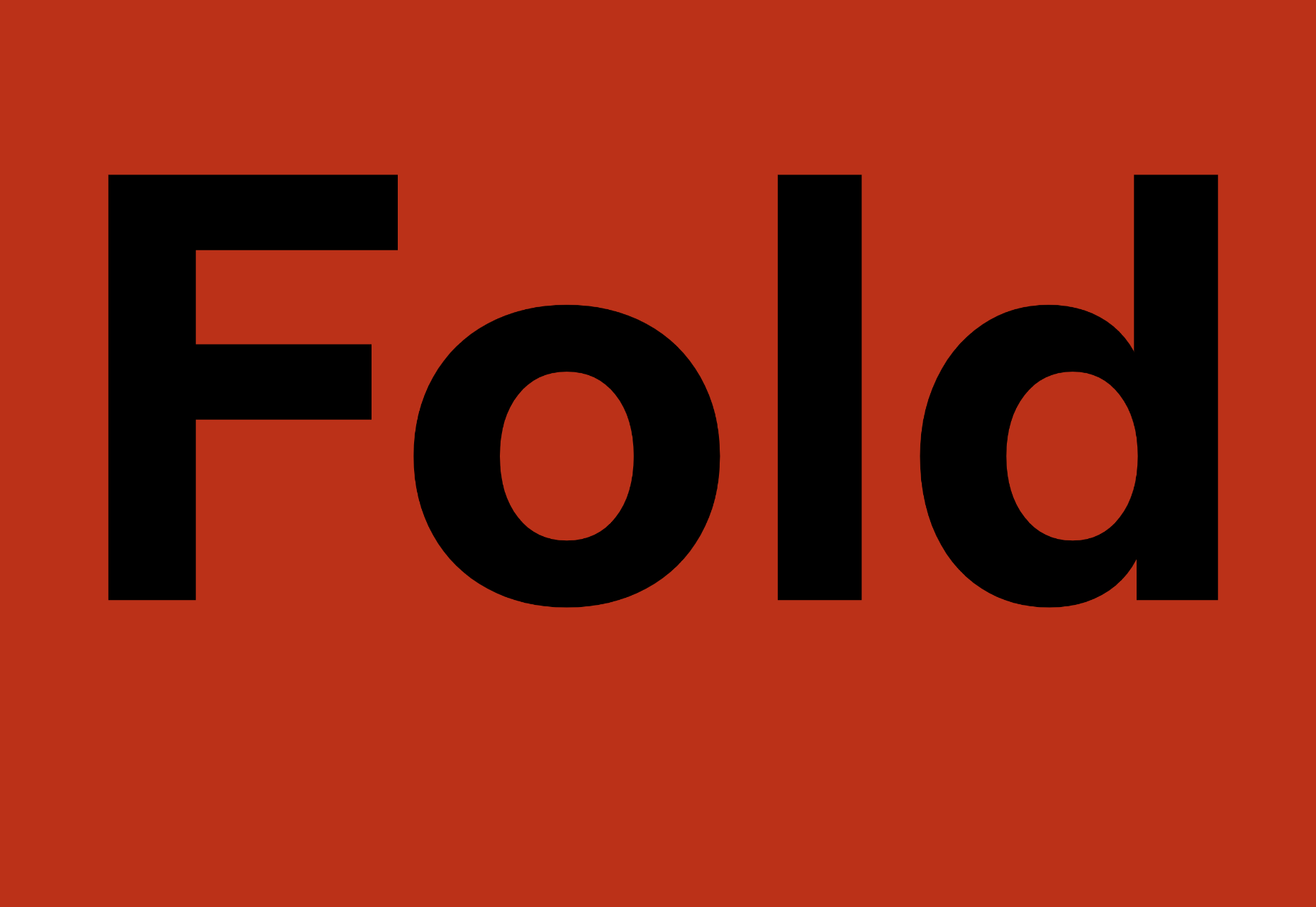
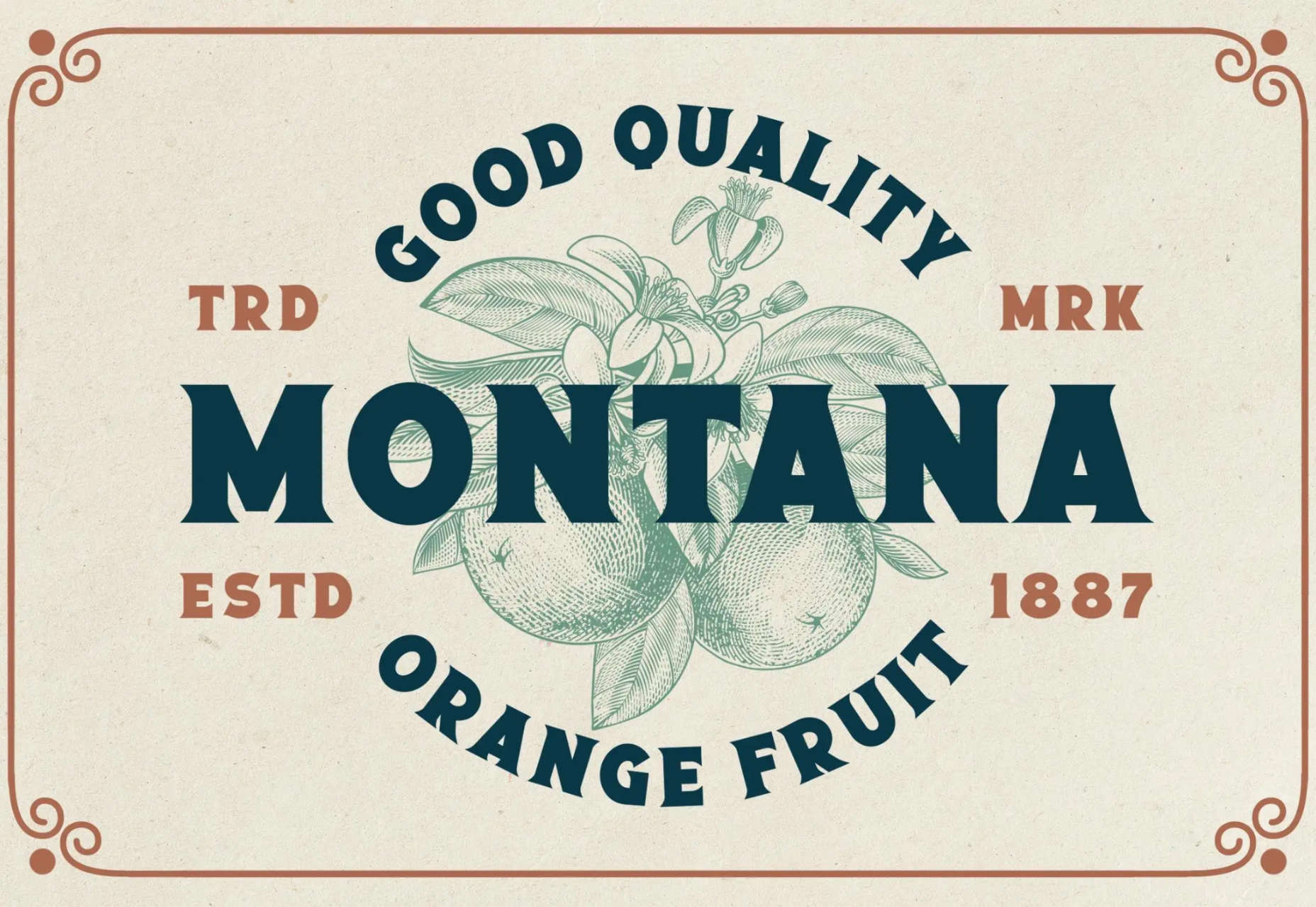
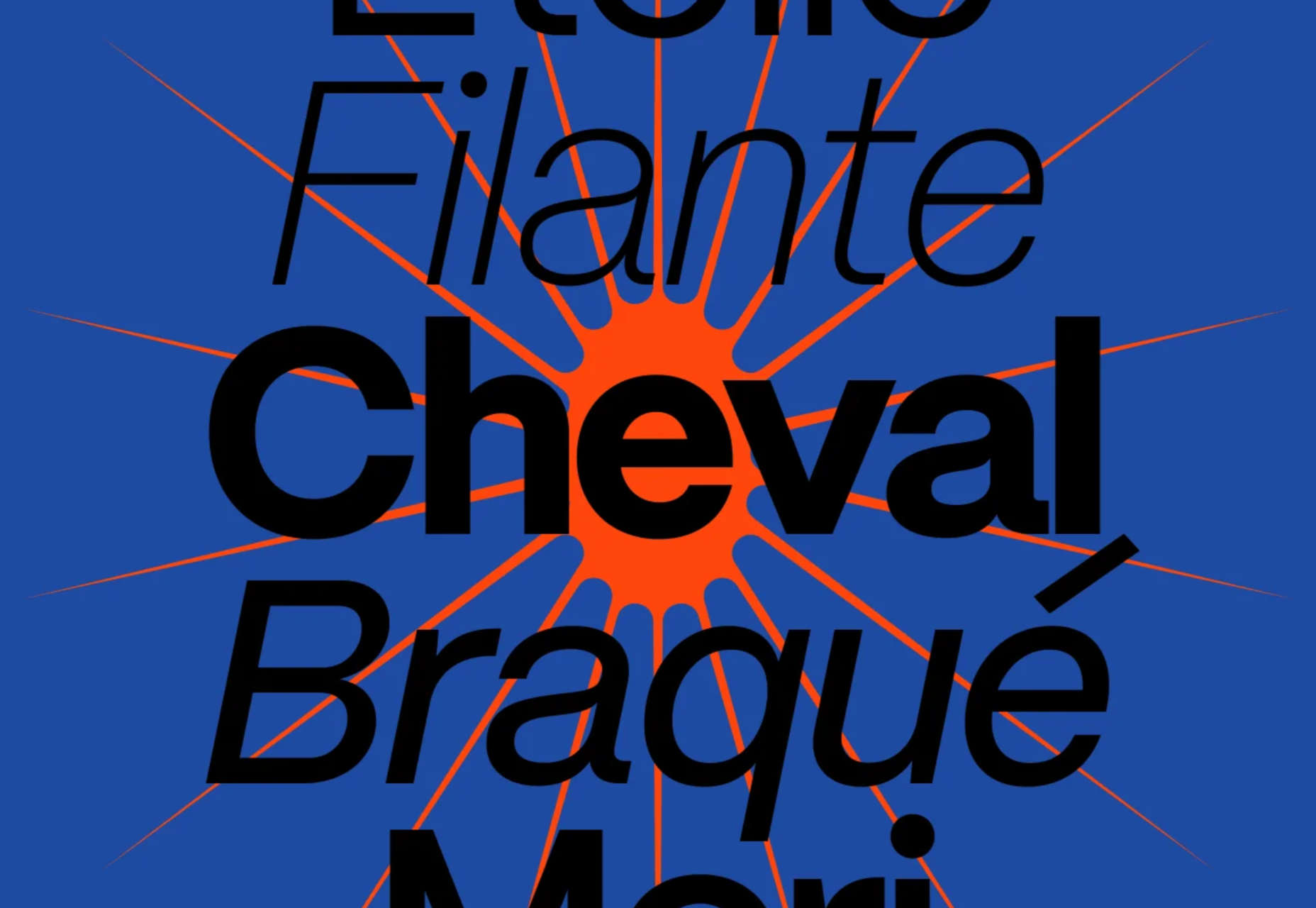
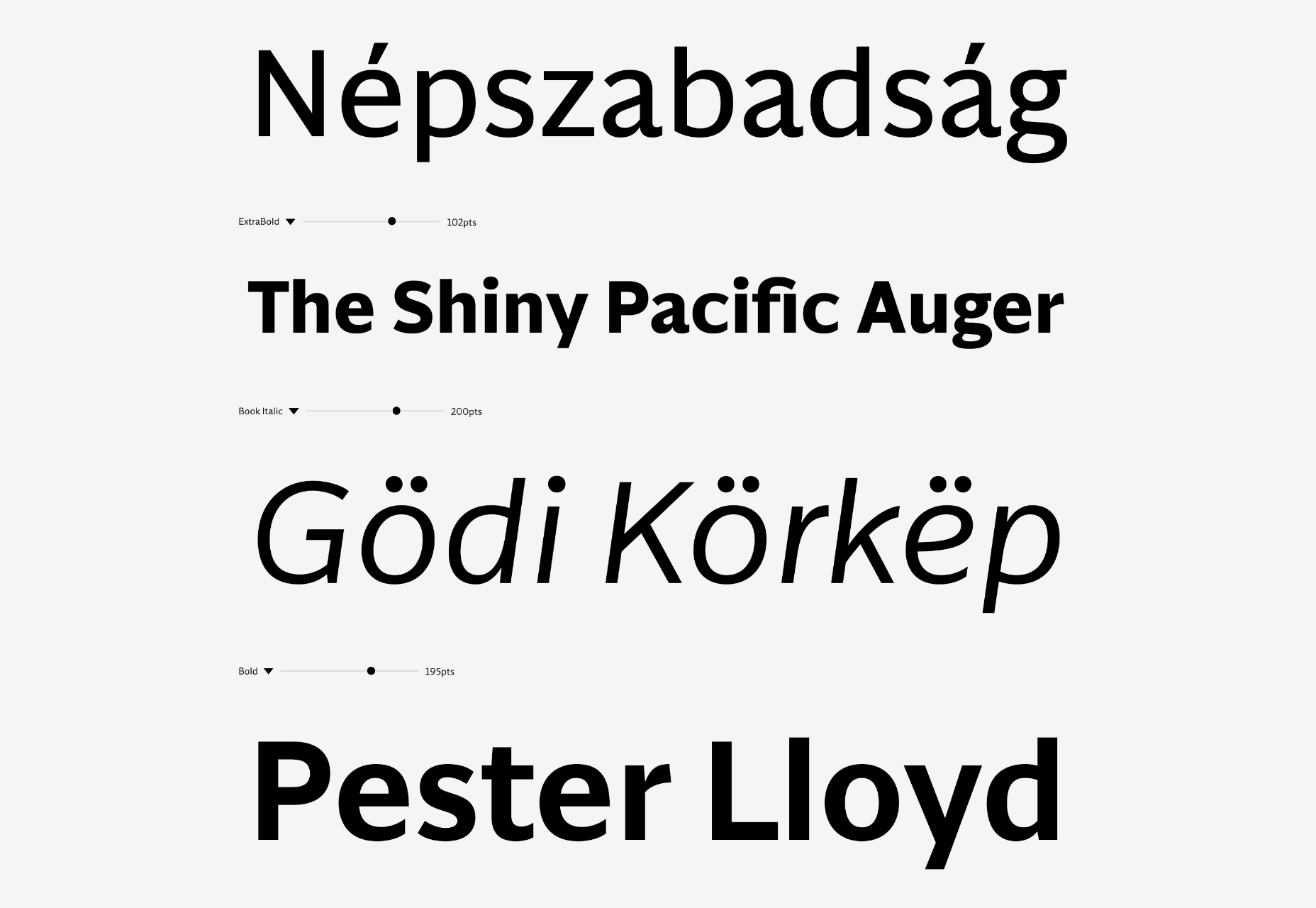
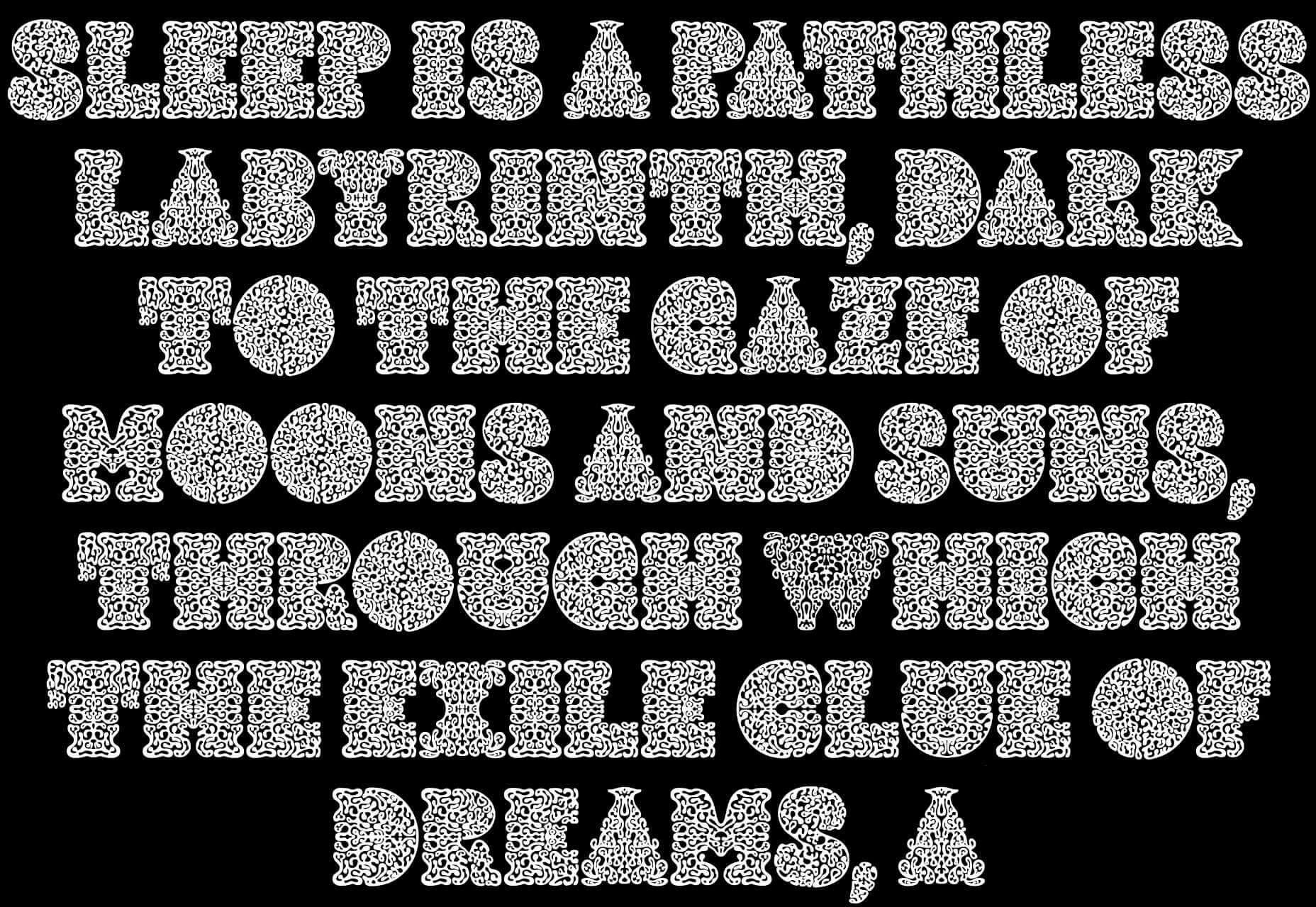
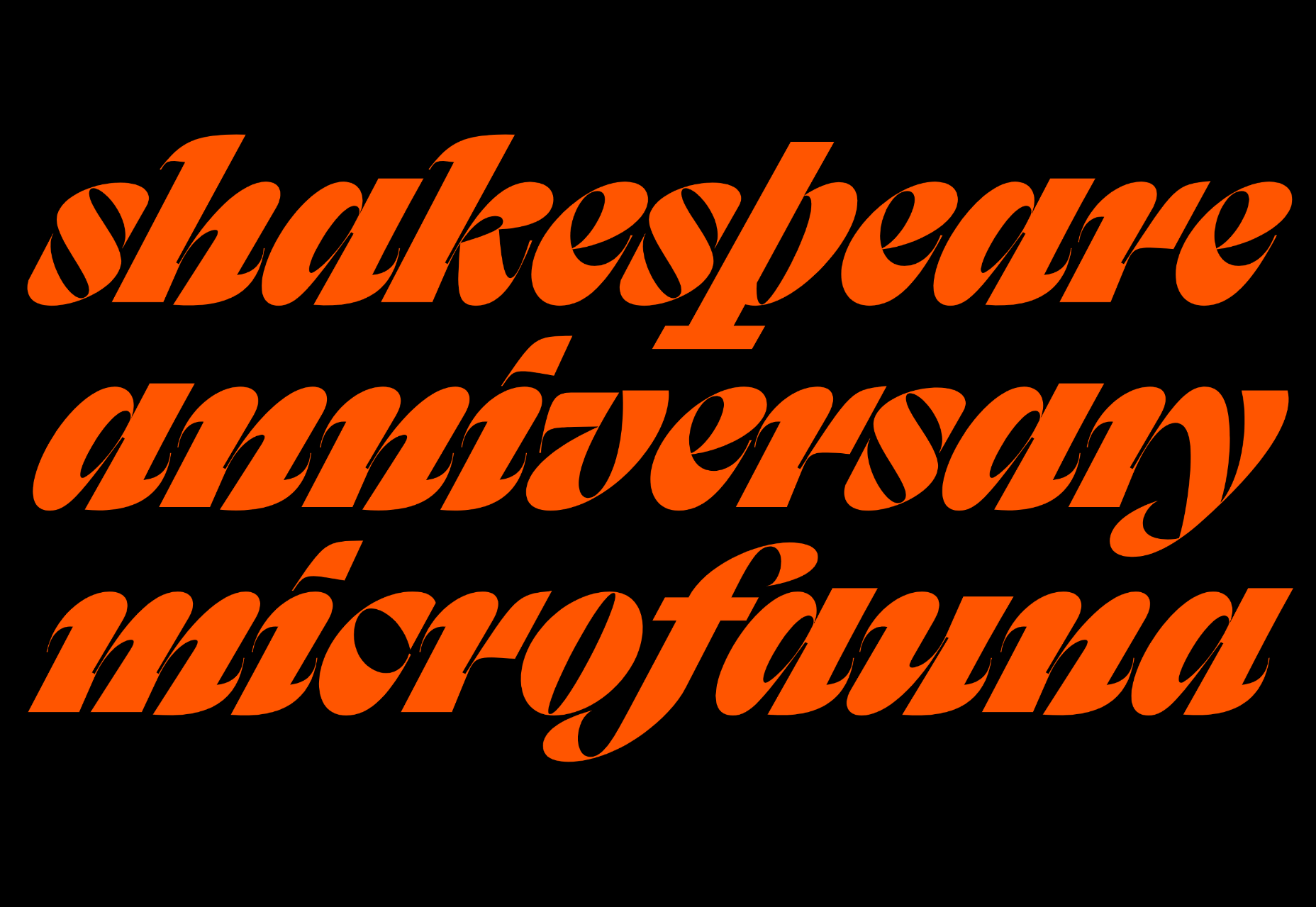
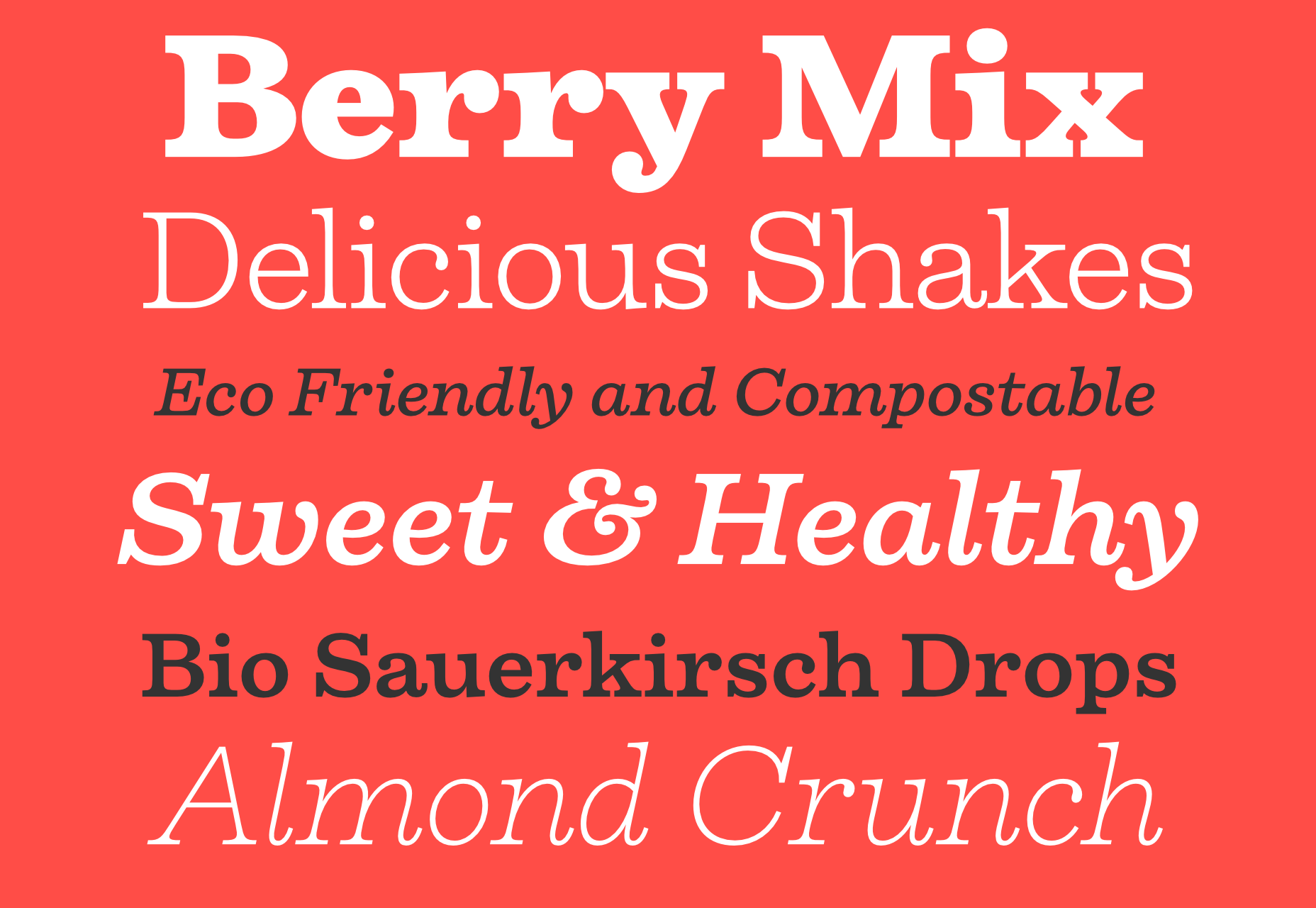
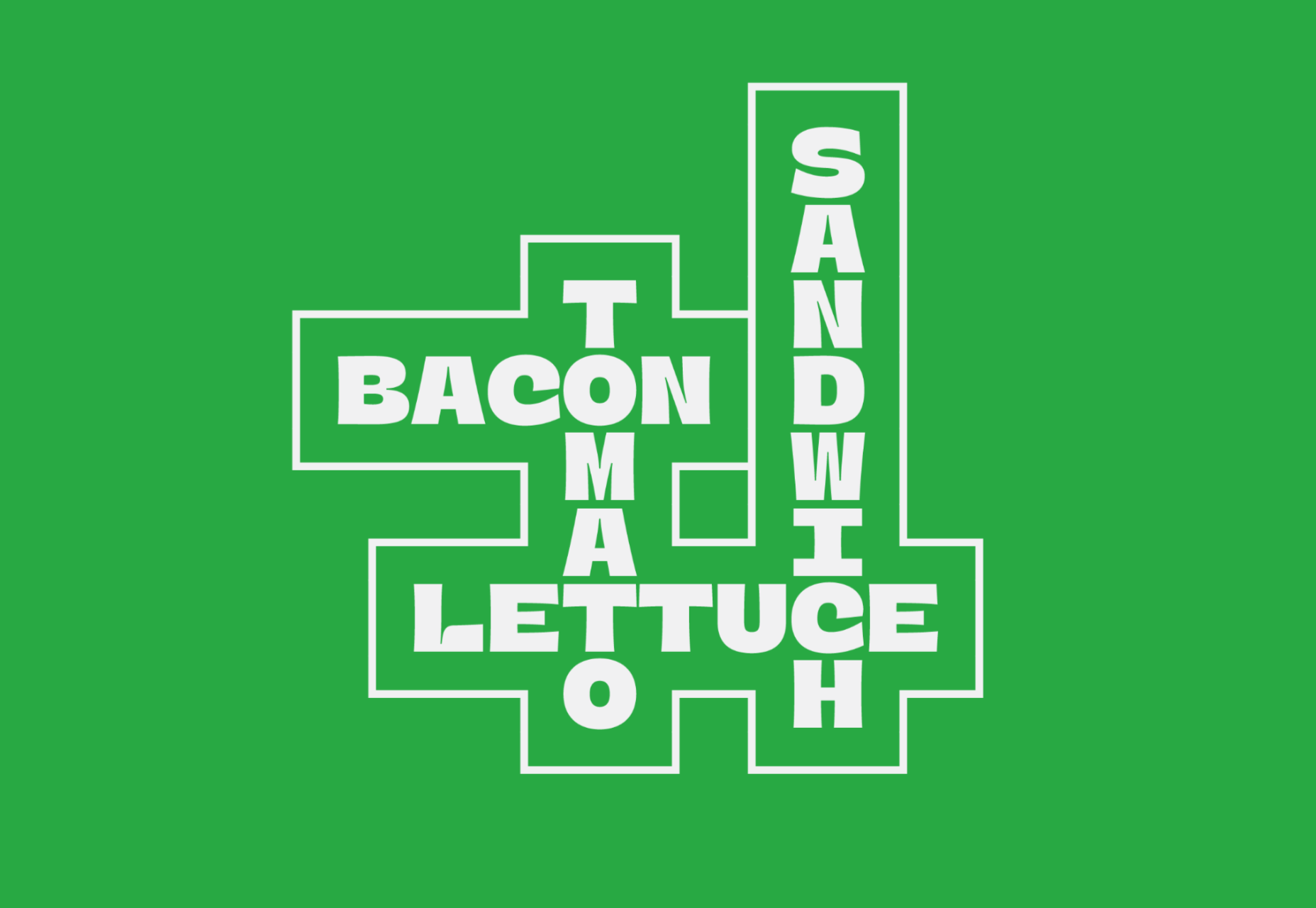
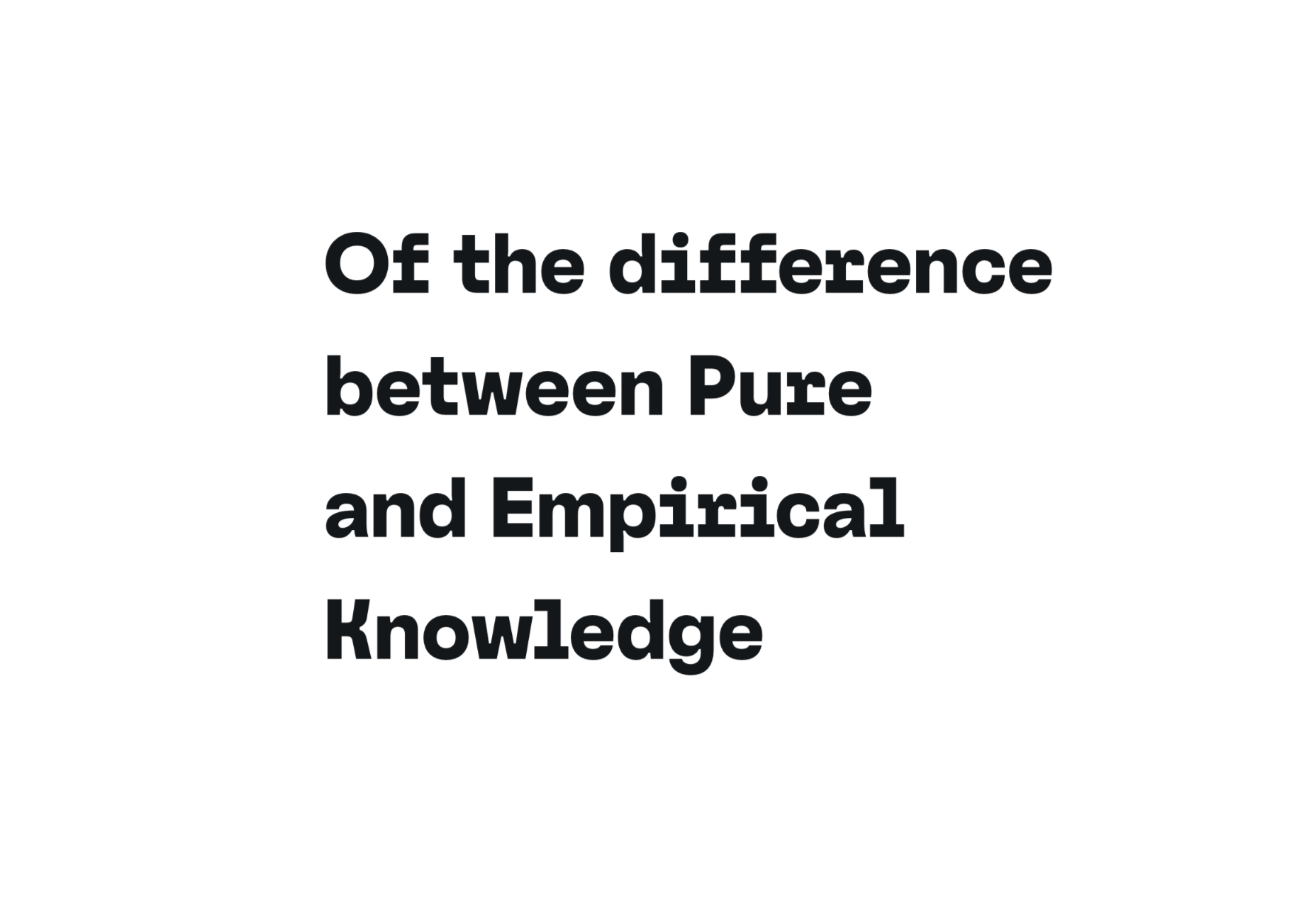
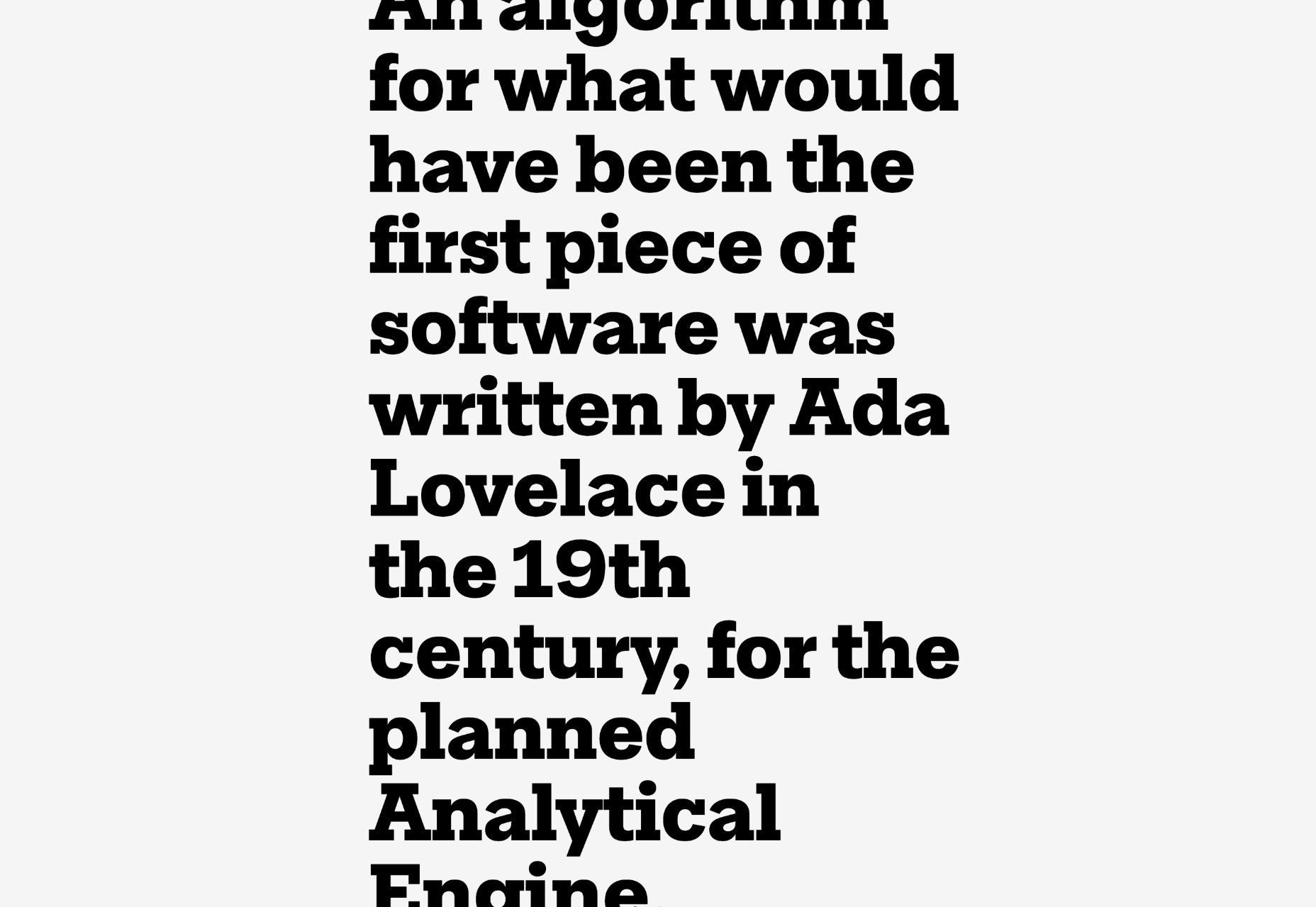

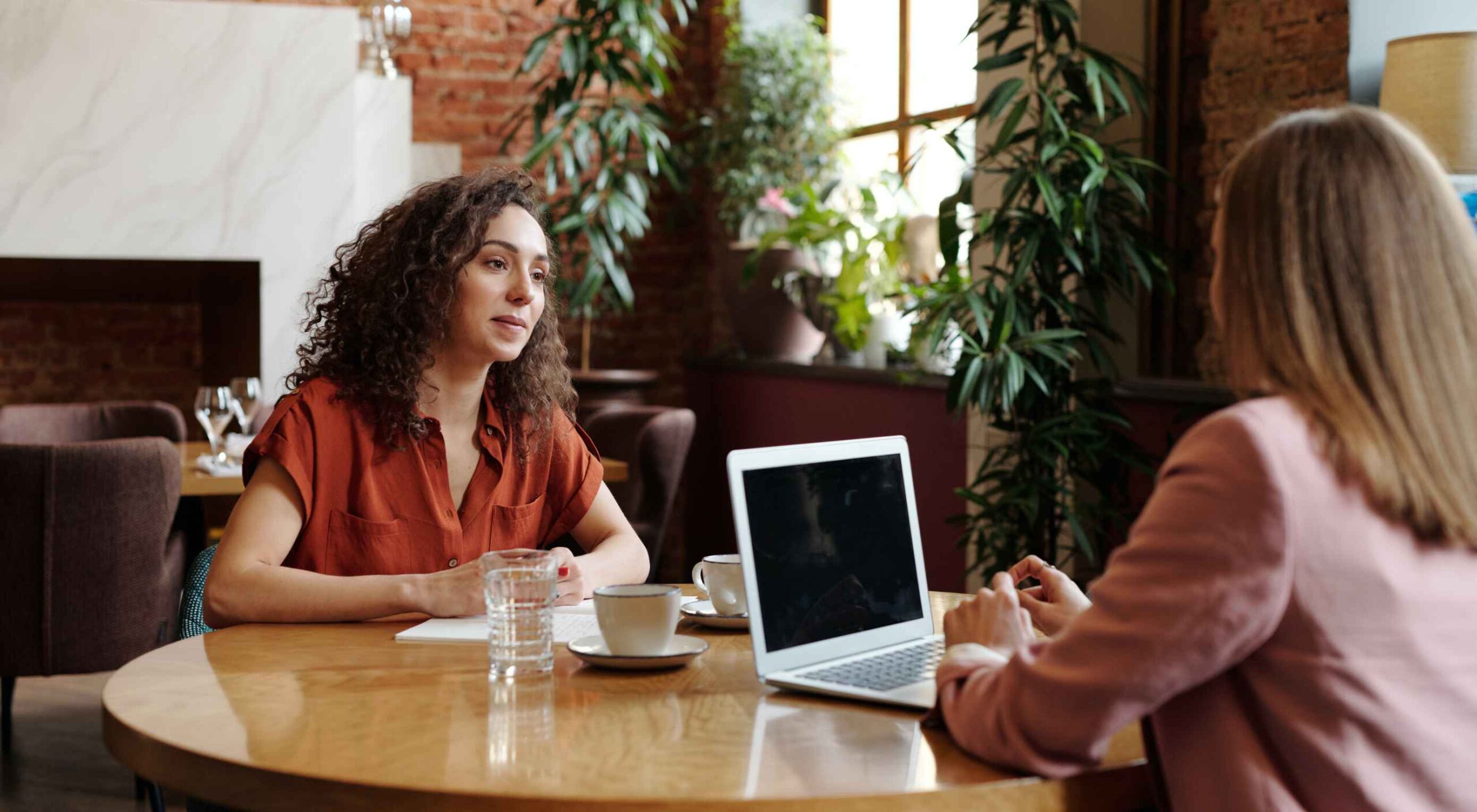 Finding a good web design agency is challenging, especially if you’re doing it for the first time. With so many options, it’s challenging to determine which best meets your needs.
Finding a good web design agency is challenging, especially if you’re doing it for the first time. With so many options, it’s challenging to determine which best meets your needs.